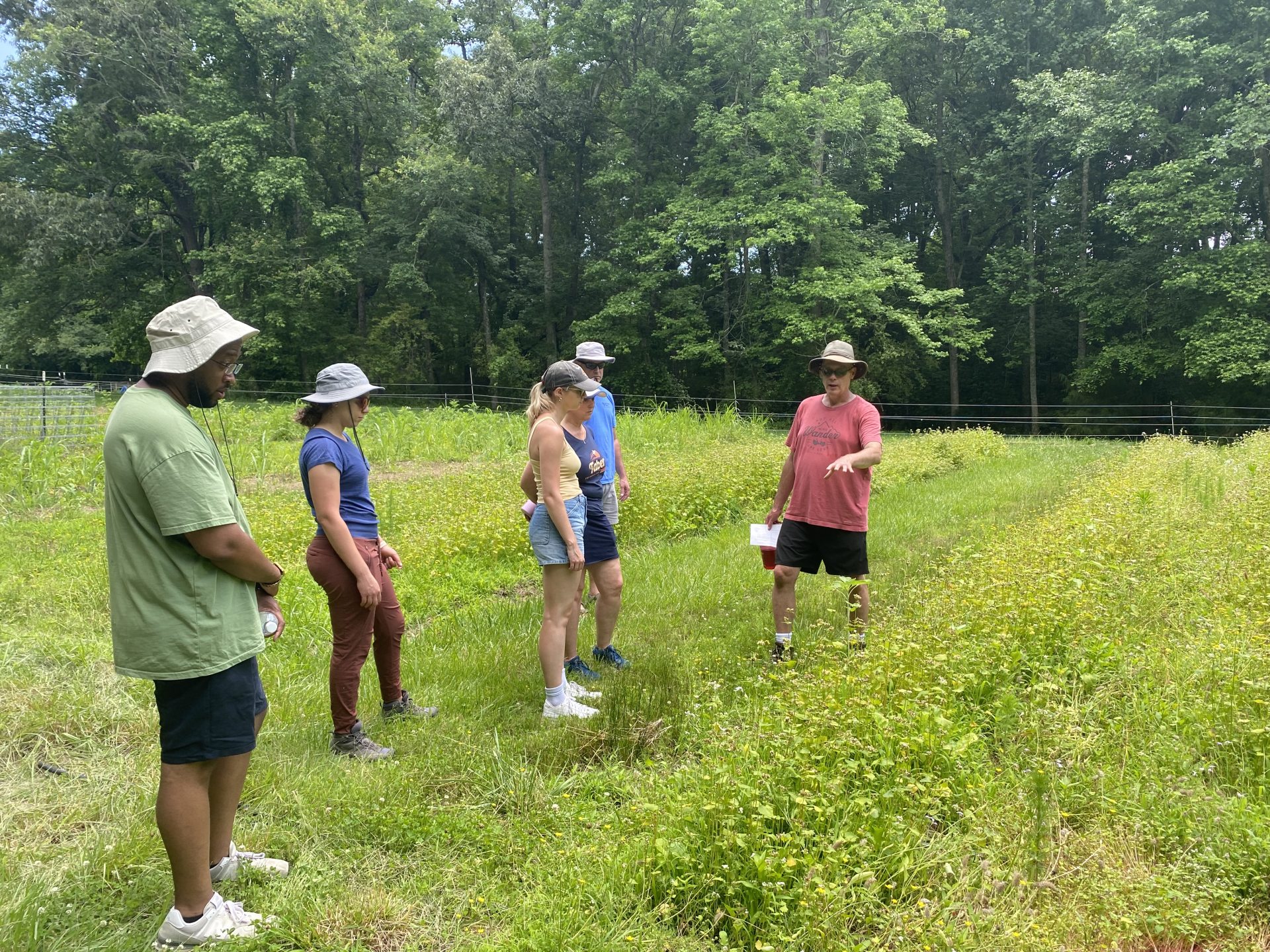
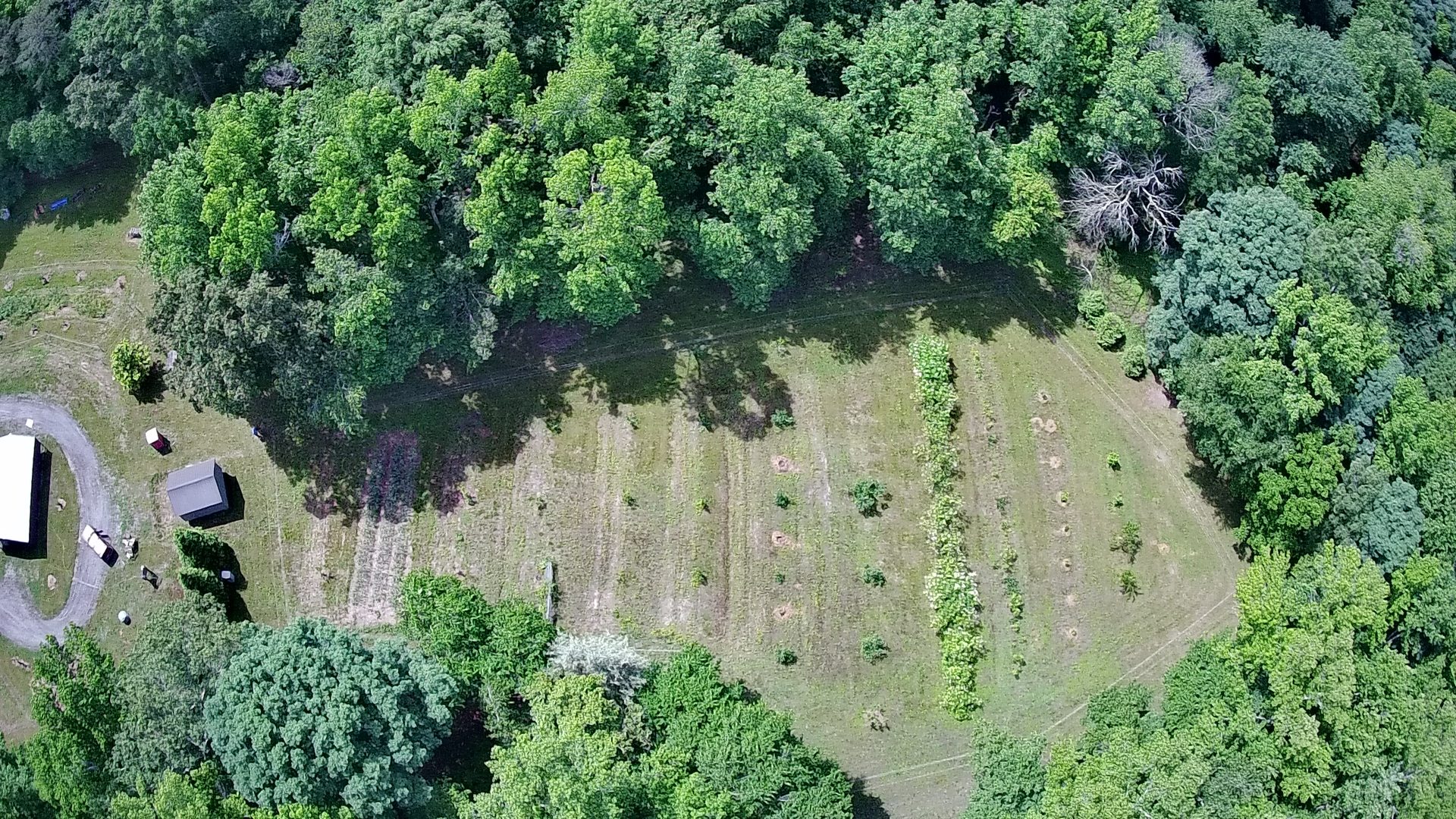
Join Us and Tour Our Farm
Sharing the story behind an adventure is a great way to share the experience and learnings. Starting the farm has definitely been an adventure. Let us take a hour or two and talk about what we’ve learned and experienced along the way. Much of what we’ve done on the farm can be applied applied in your garden or front yard. Maybe you want to have a few fruit trees. We’ll share how to get started in a practical way.
Every year we do a farm tour day. This is a great chance to meet the farmers and see the farm. in progress. We do tours once per year.
Tickets
Tickets for tours are available at 10AM and 1:00PM. The version of the tour for people wanting to start a homestead is at 3PM.
Click Here to purchase your tickets
Farm tour includes
– detailed tour (family friendly)
– 1/2 lb of honey from our remote mountain location of Troublesome Gap, NC
What to Bring
Just bring yourself and your family and comfortable shoes. We plan to walk on grassy fields and uneven ground.
We are Dirt Farmers and Pesticide / Insecticide Free
If we grow good dirt, then plants will grow and produce abundantly. We use a minimum of organic fertlizers. We avoid the use of synthetic fertilizers. We also don’t use any pesticides or insecticides. We do use natural amendments like woodchips, hay (pesticide / herbicide free) and feather meal.
Diversity of Plants and Trees on the Farm
Let us introduce you to some of the variety of plants, bushes and trees on the farm including
Row Crops
– garlic
Fruit Bearing Trees
– mulberry
– hazel
– black walnut
– figs
– persimmon
– pawpaw
– plumcot
– plum
– apricot
– peaches
– quince
– medlar
– pomegranate
– jujube
Fruit Bearing Bushes
– blueberry
– goji berry
– elderberry
– blackberry
– beautyberry
– goumi berry
– raspberry
– chokeberry / aronia
Specialty
– native cactus (edible / nopales)
– honey bees
Medicinal
– comfrey
– witch hazel
– elderberry
Harvesting Elderflower
This week we harvested more elderflower.
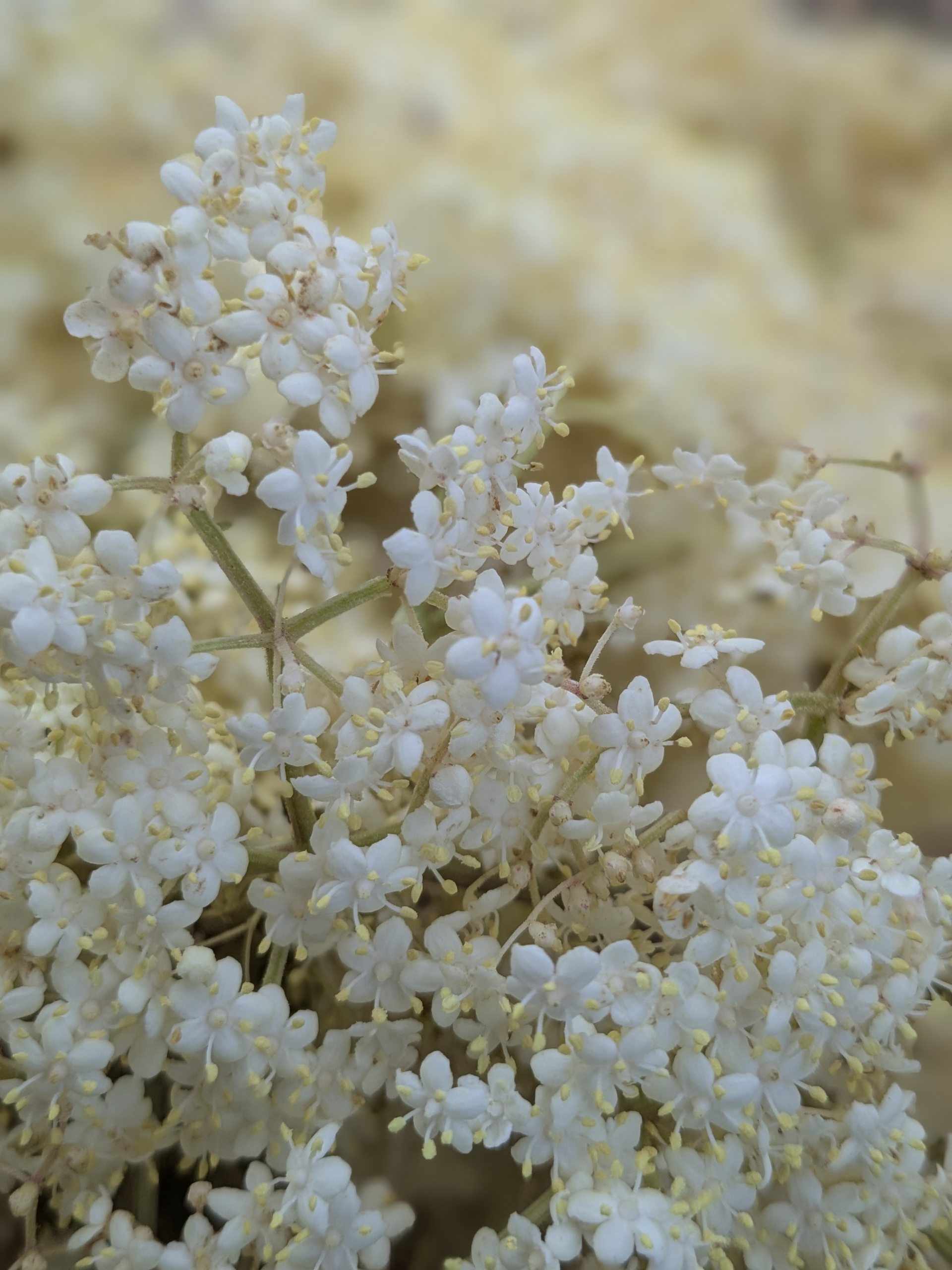
We also snacked on mulberries
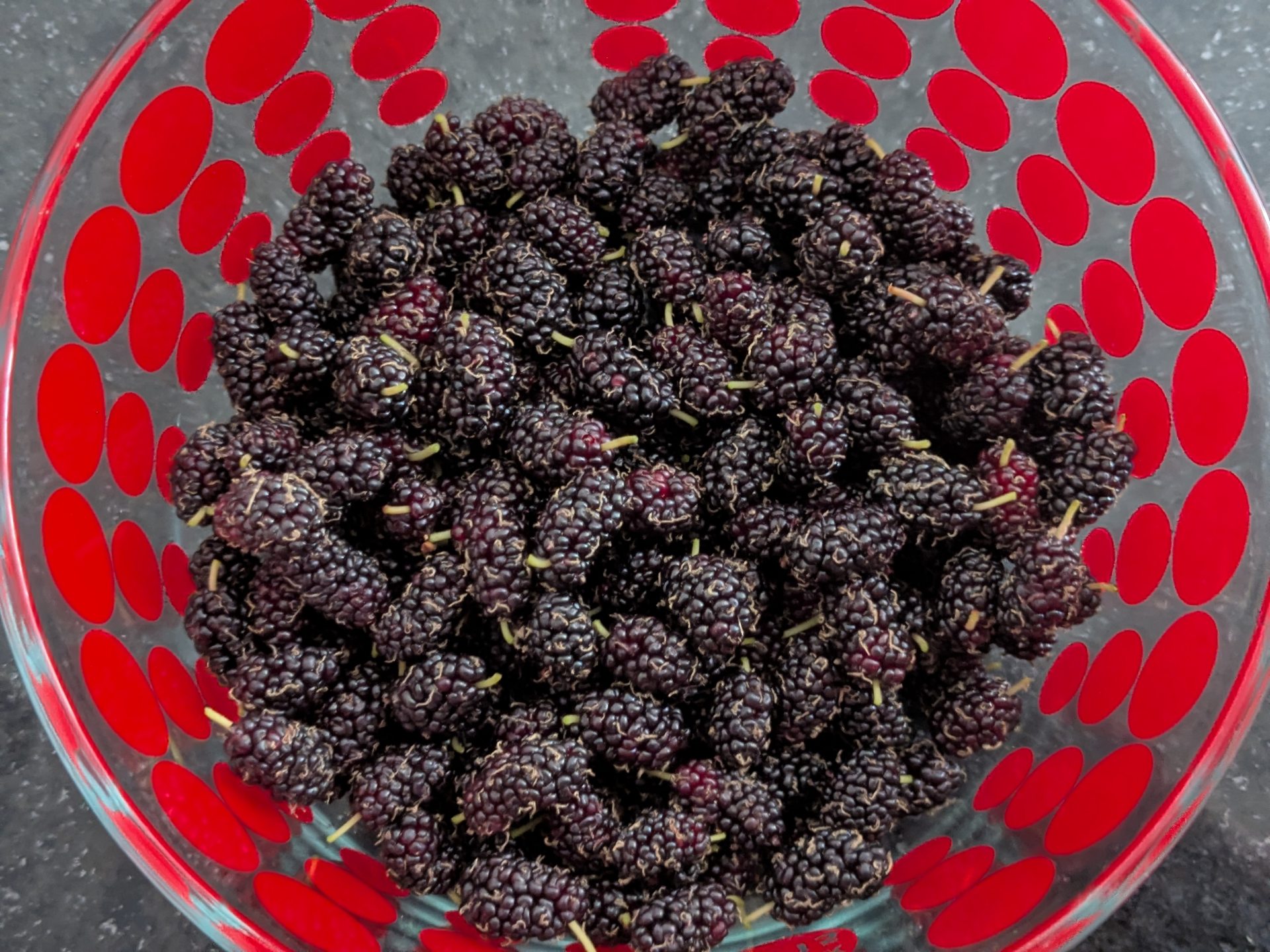
I hope you enjoy the pictures
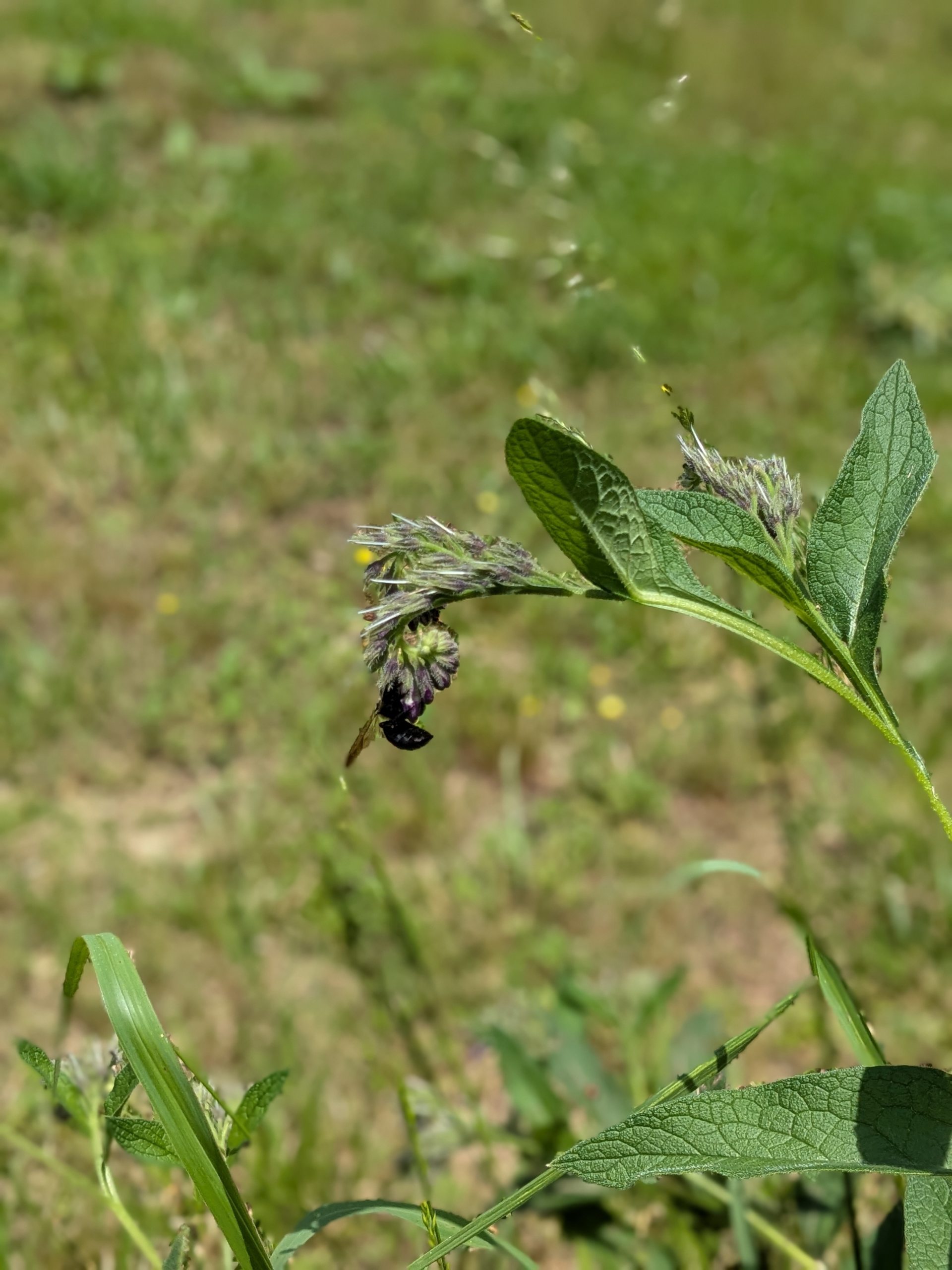
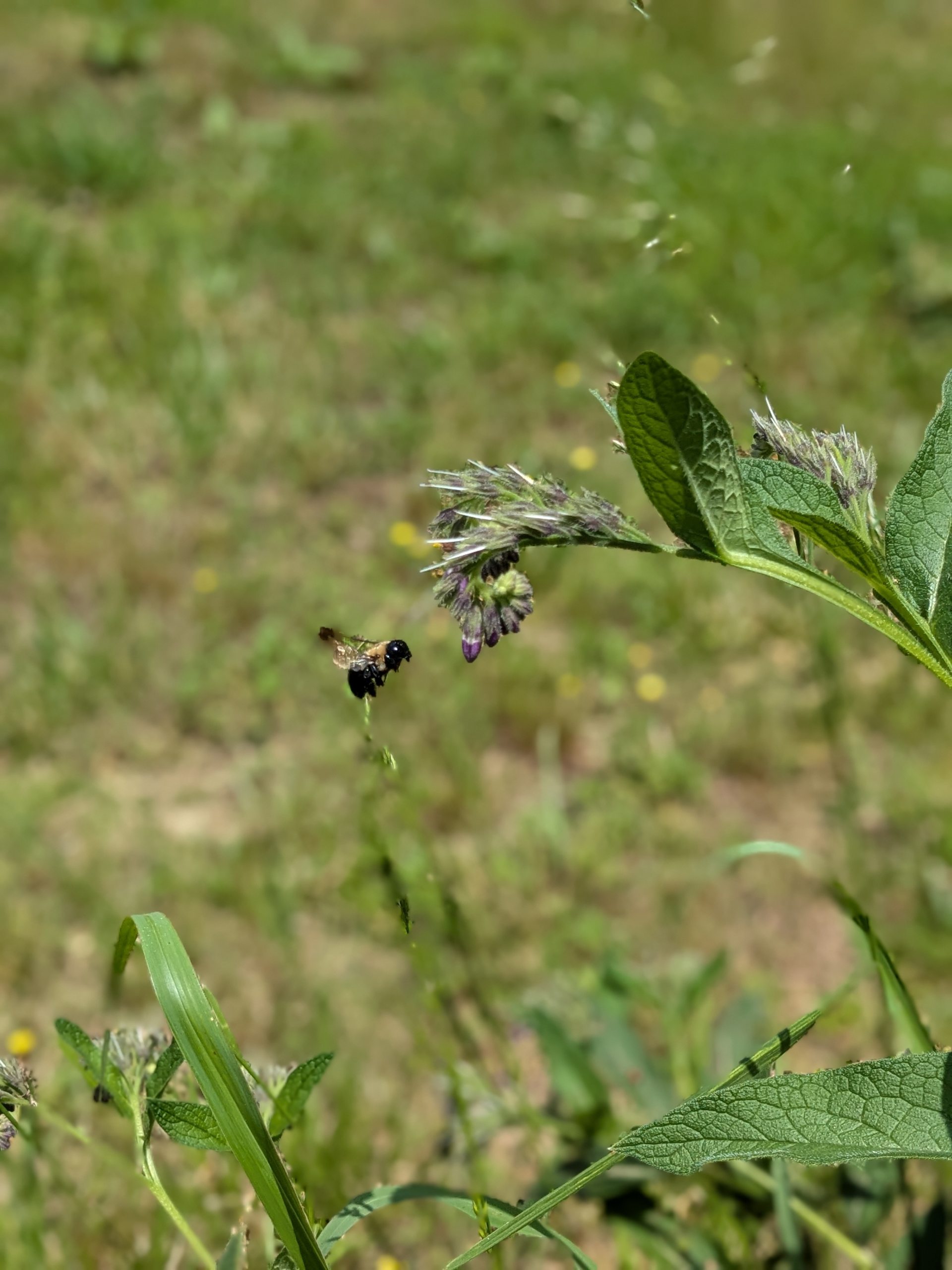
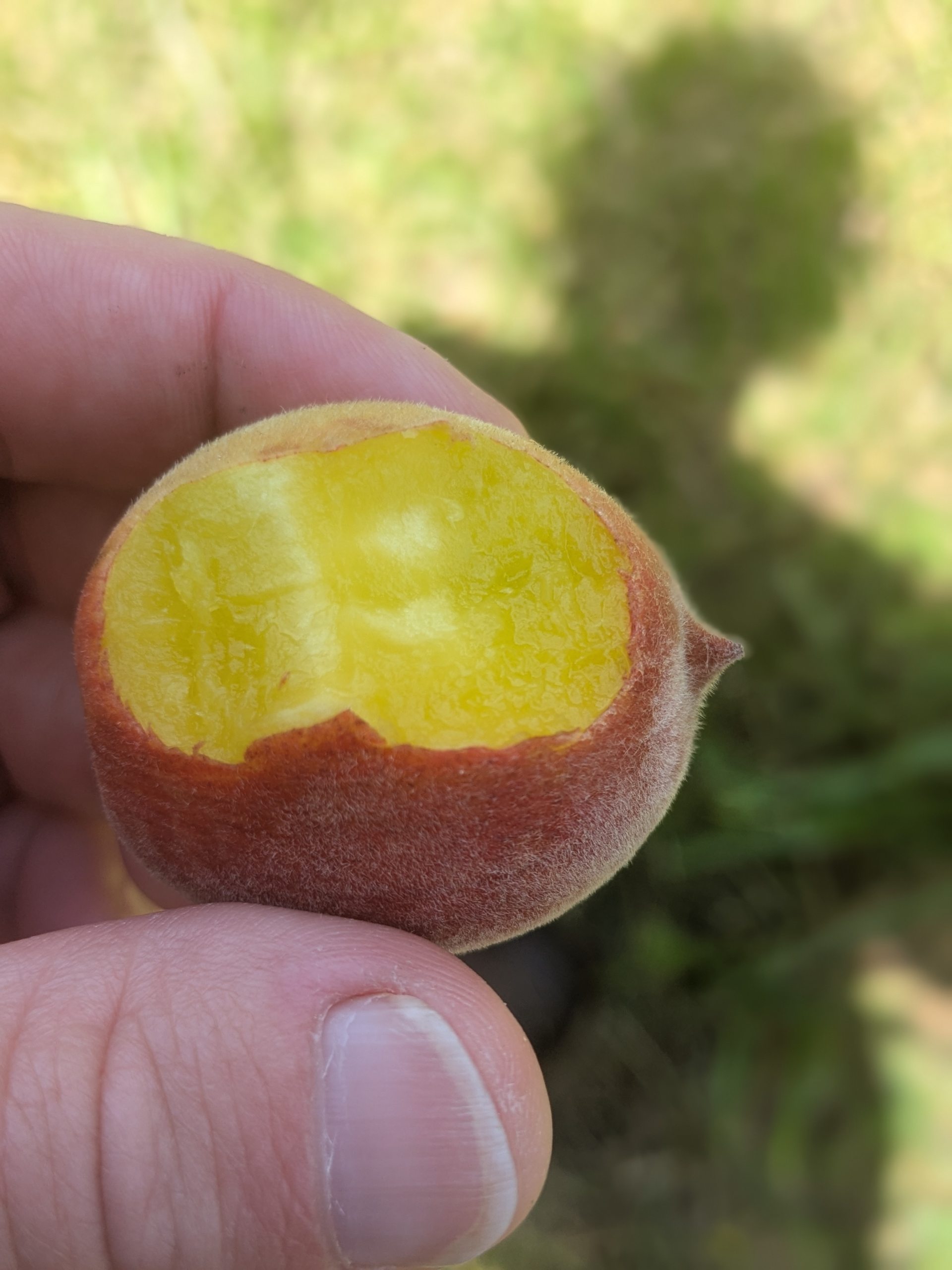
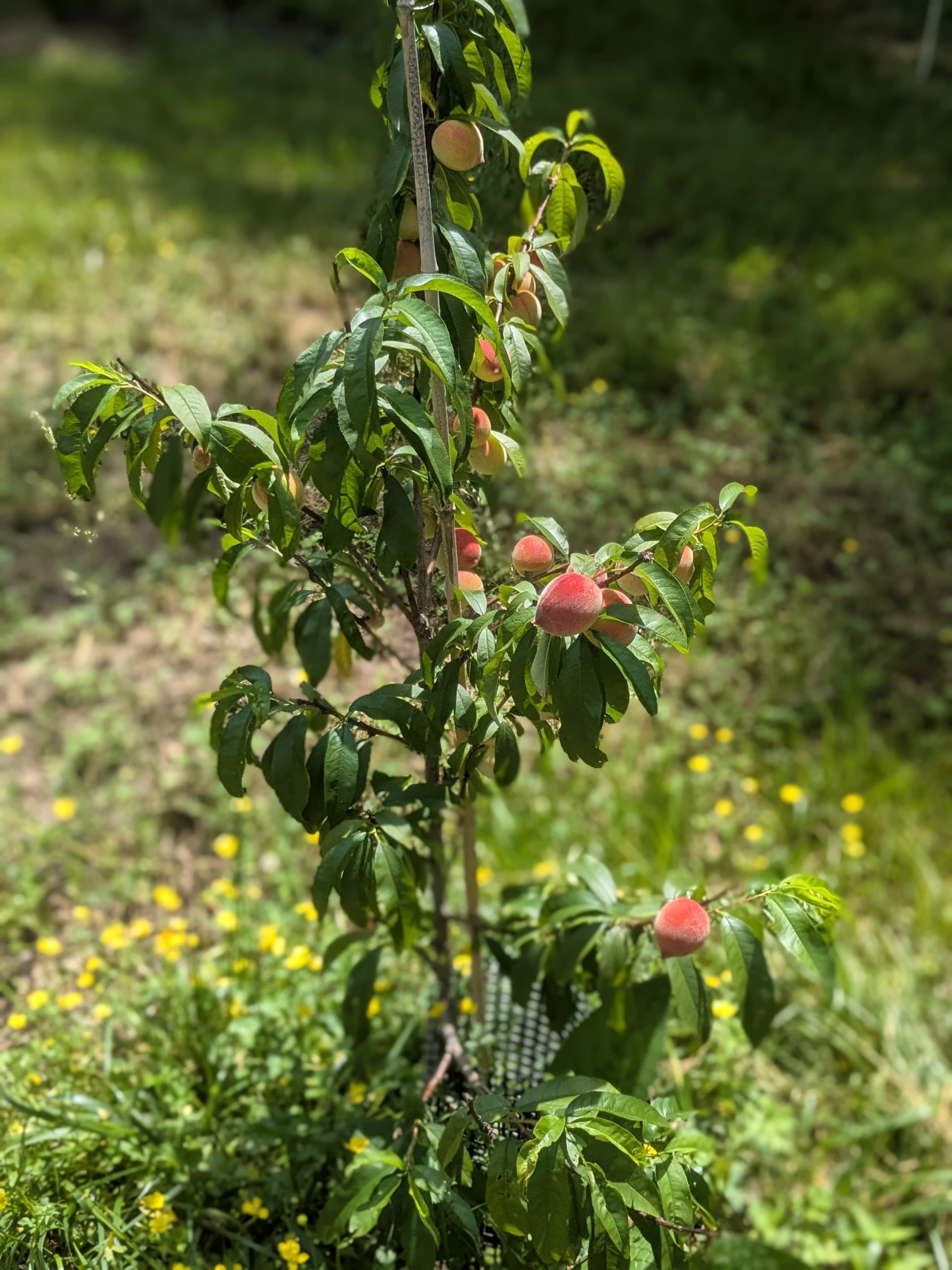
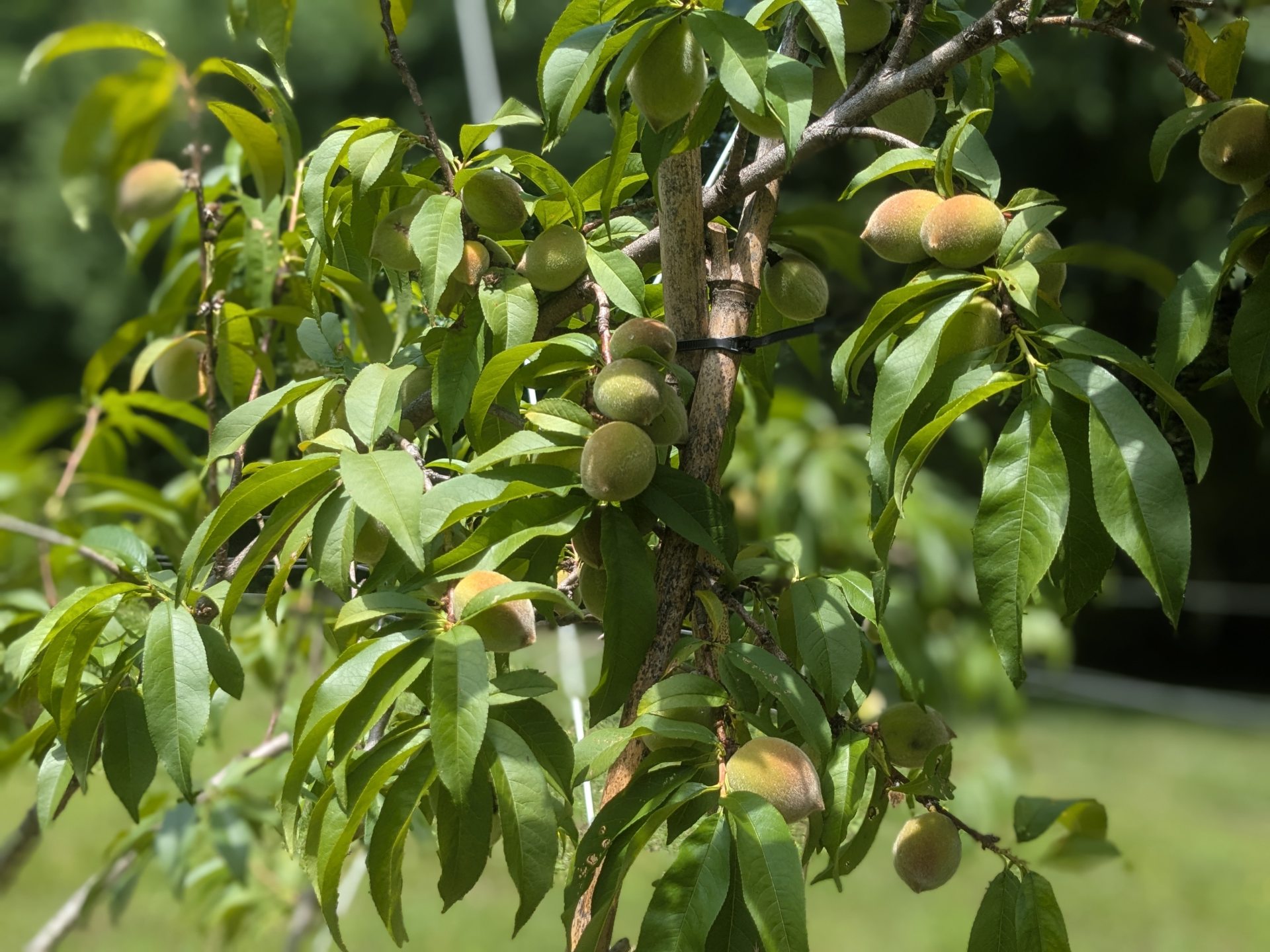
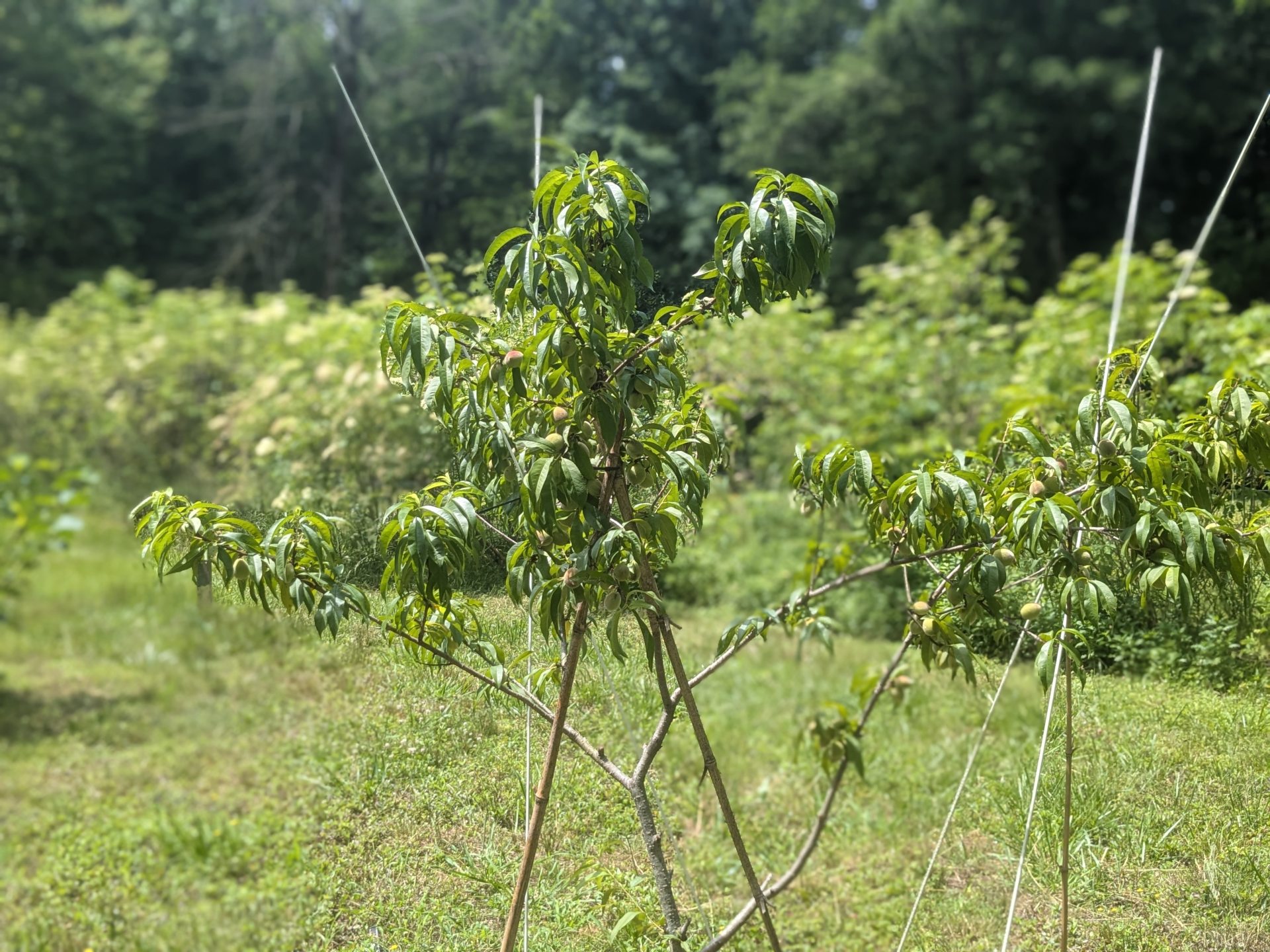
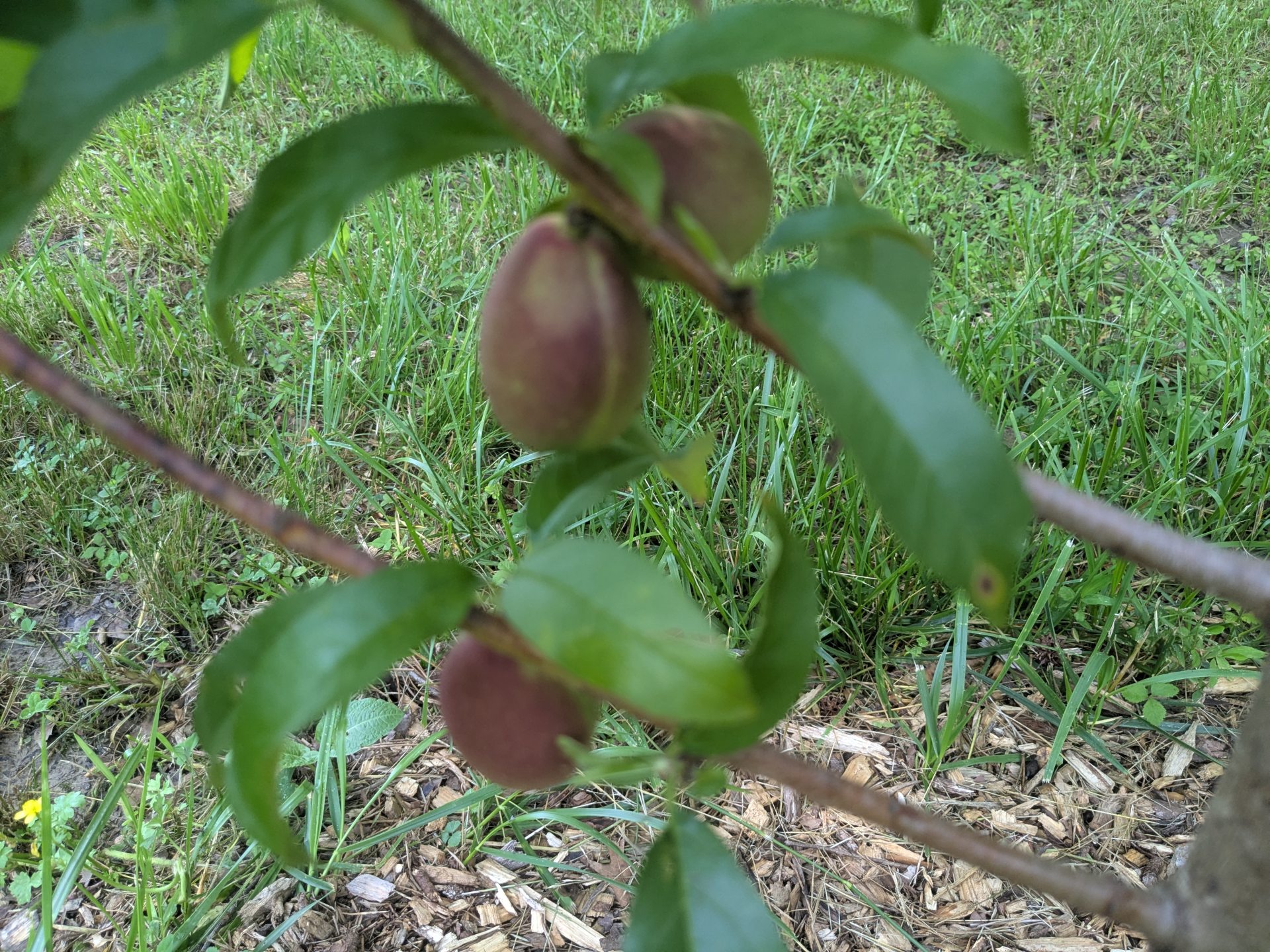
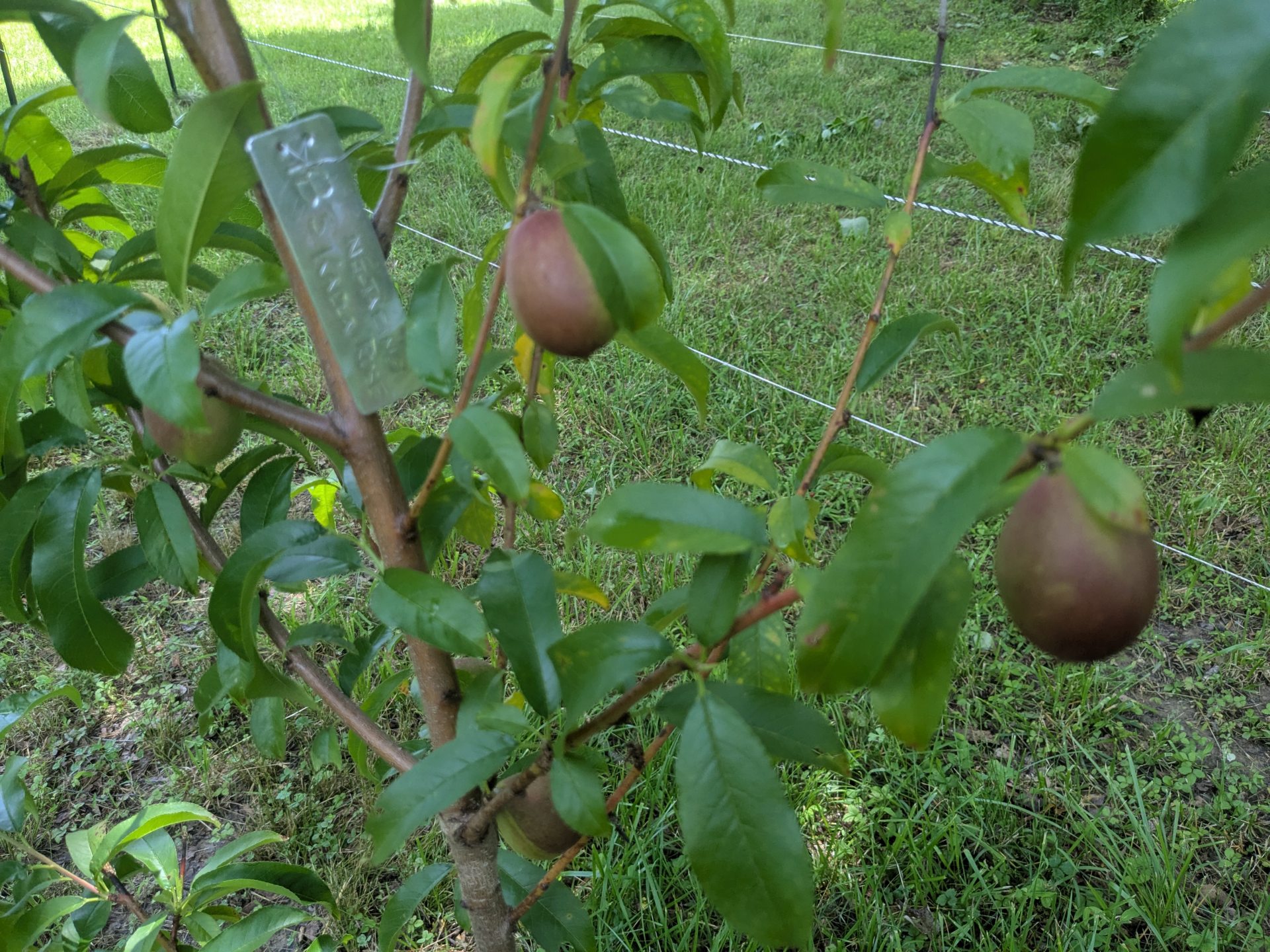

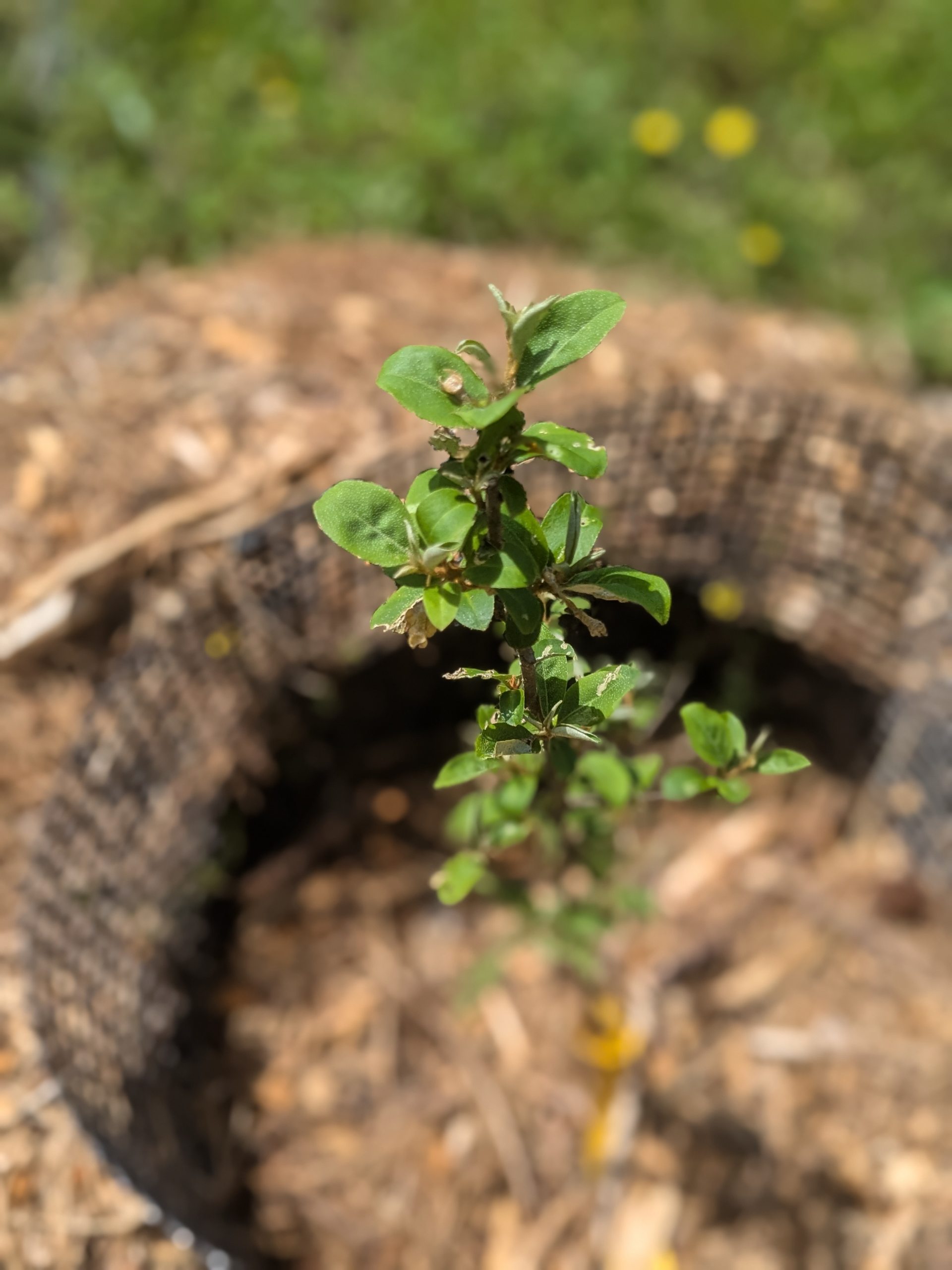
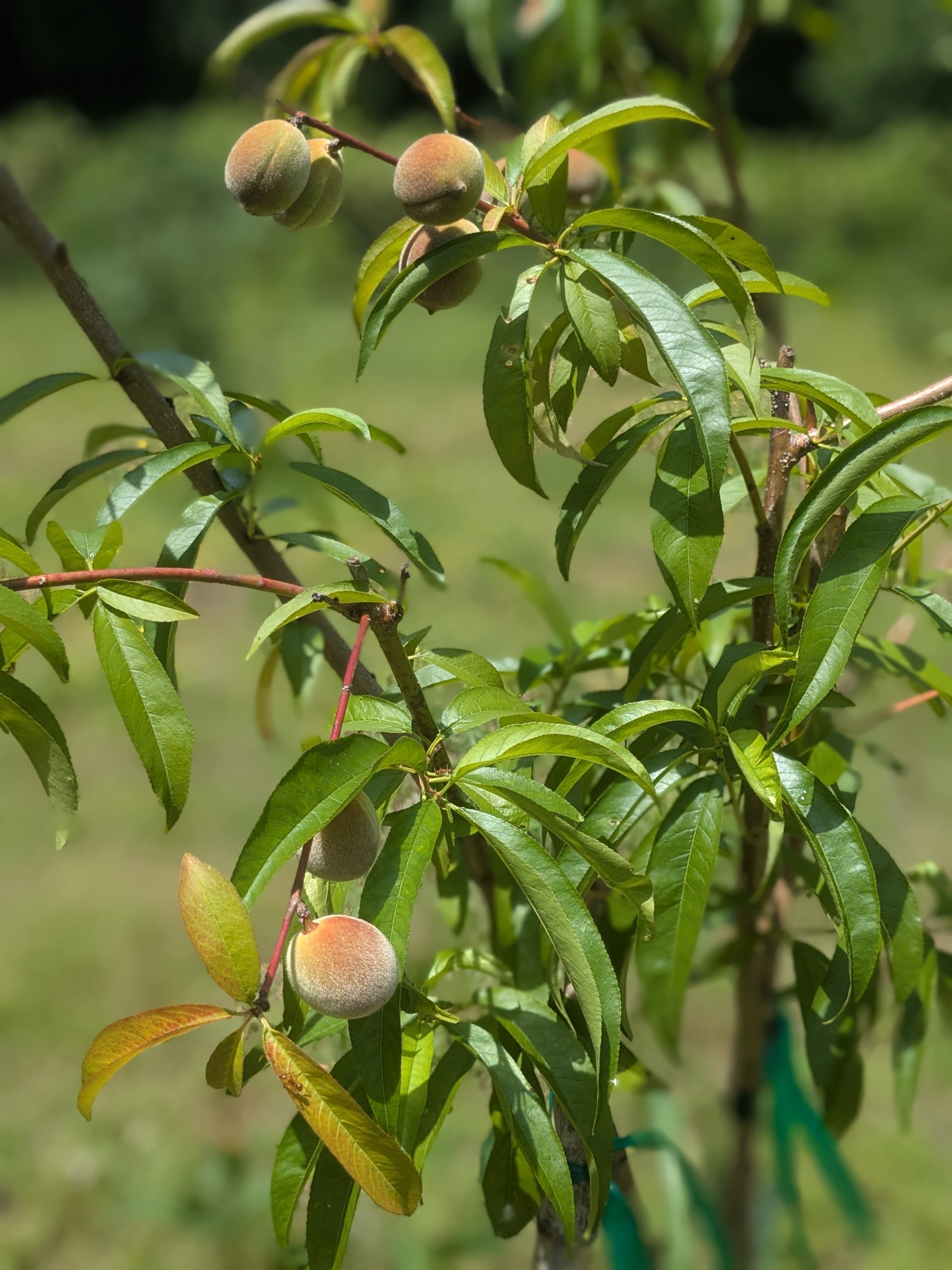
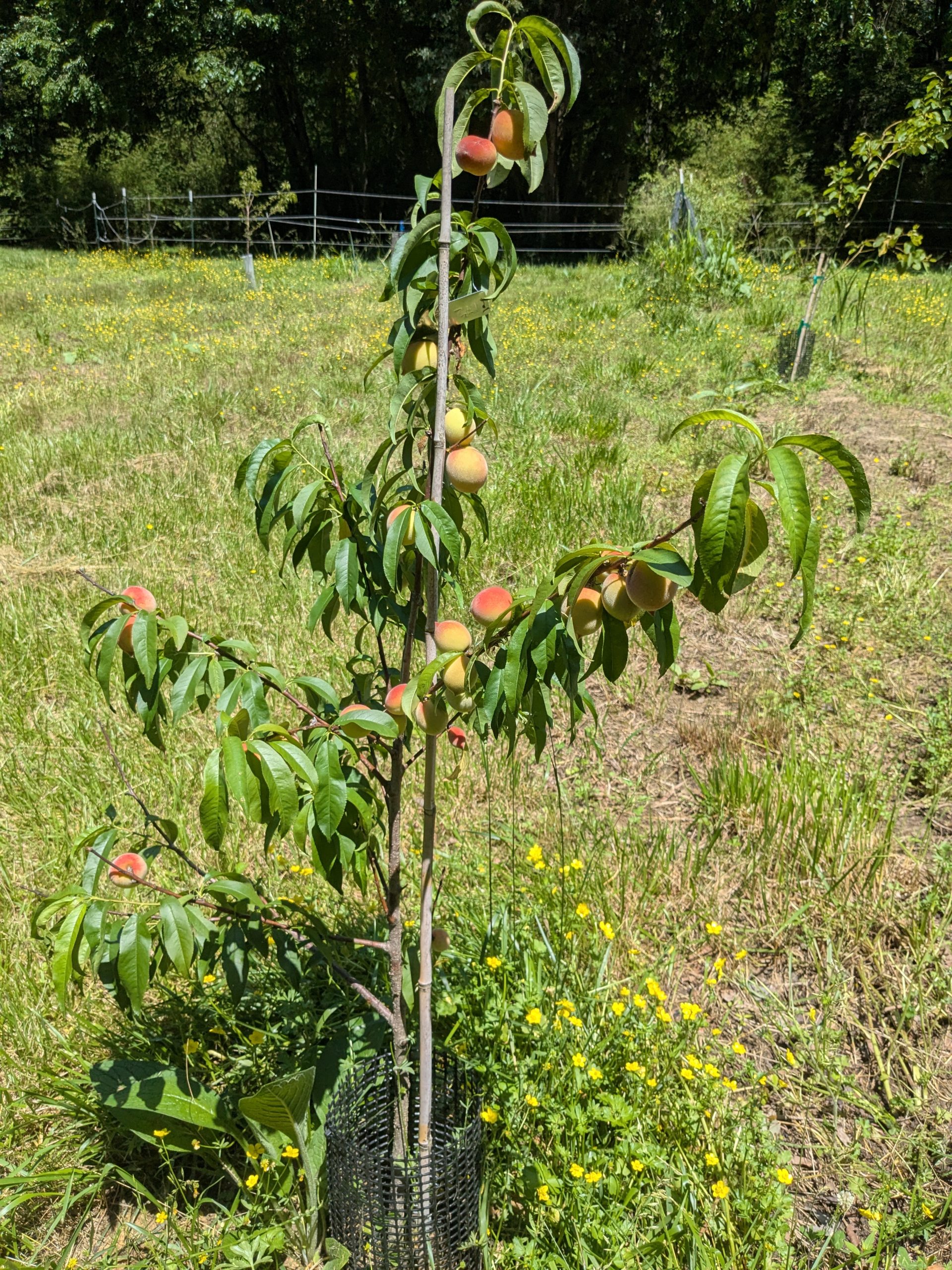
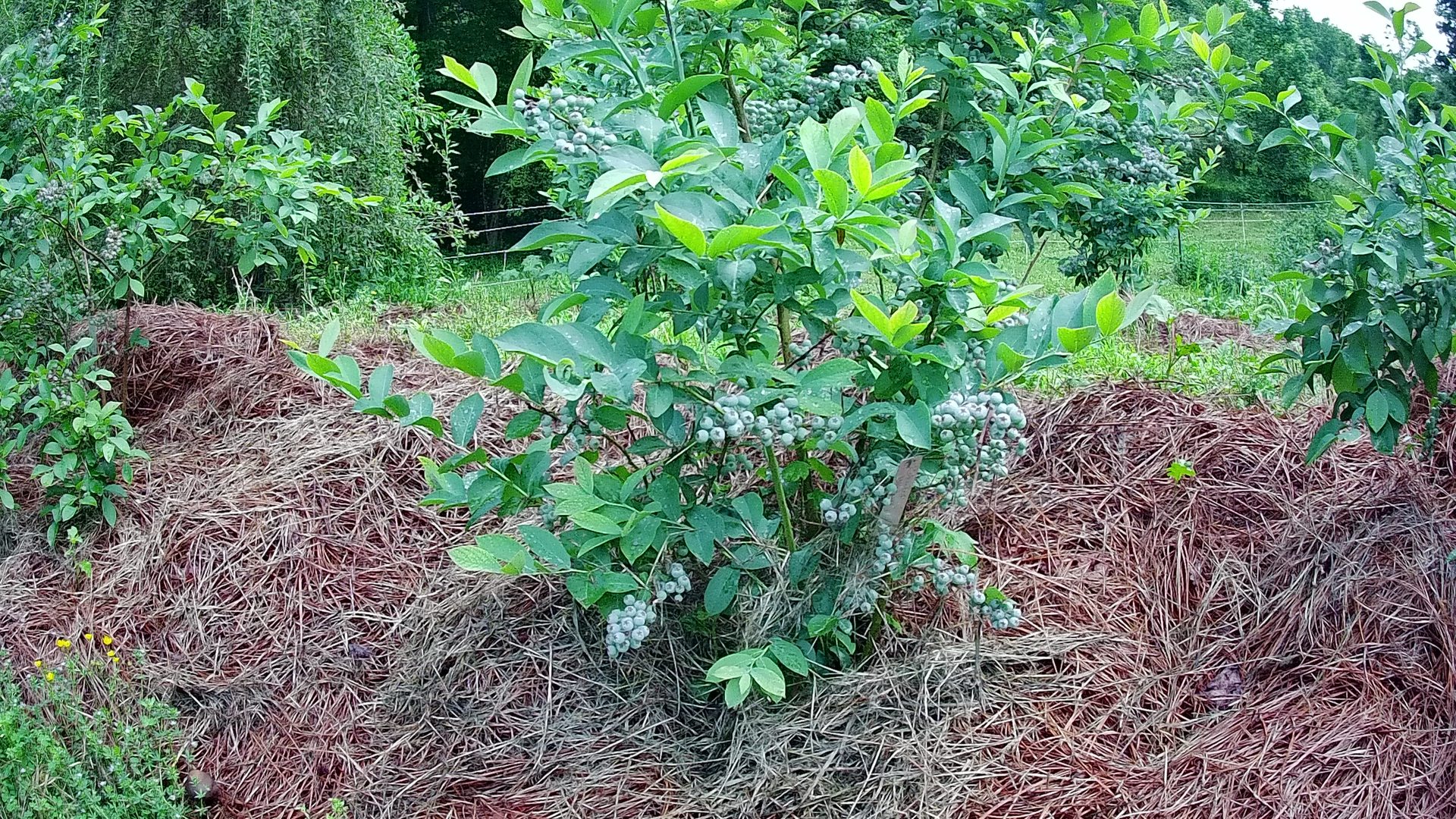
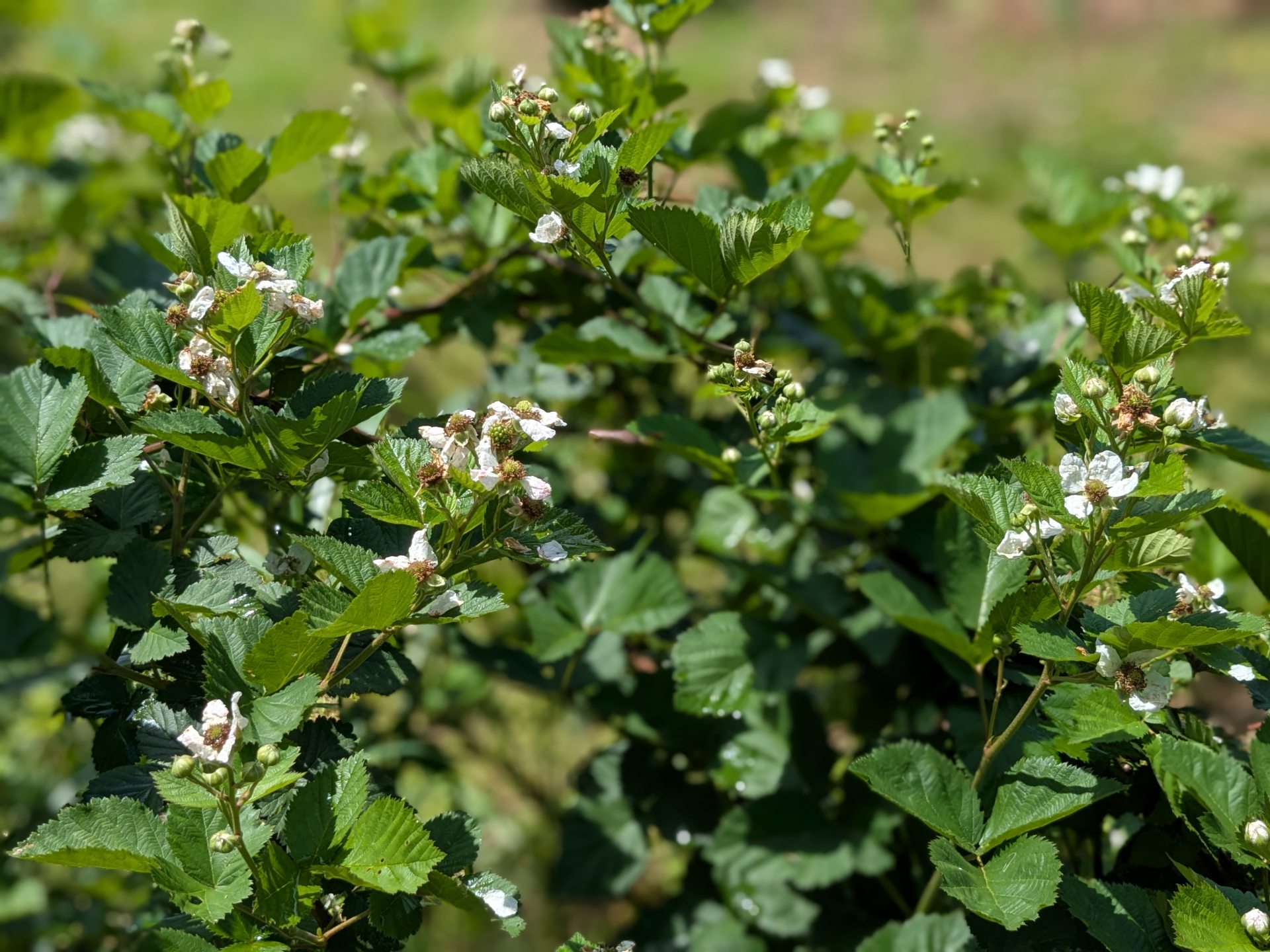
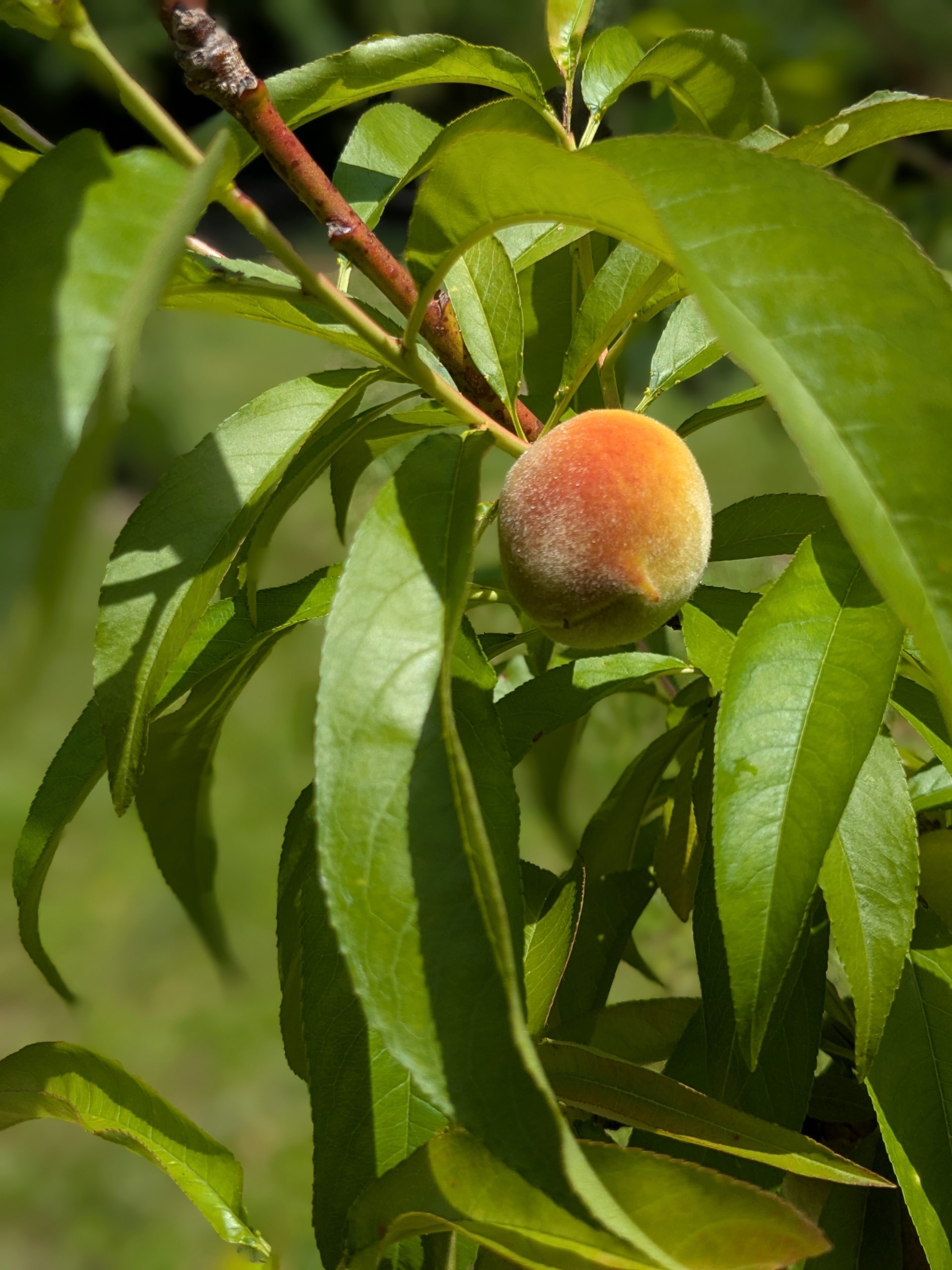
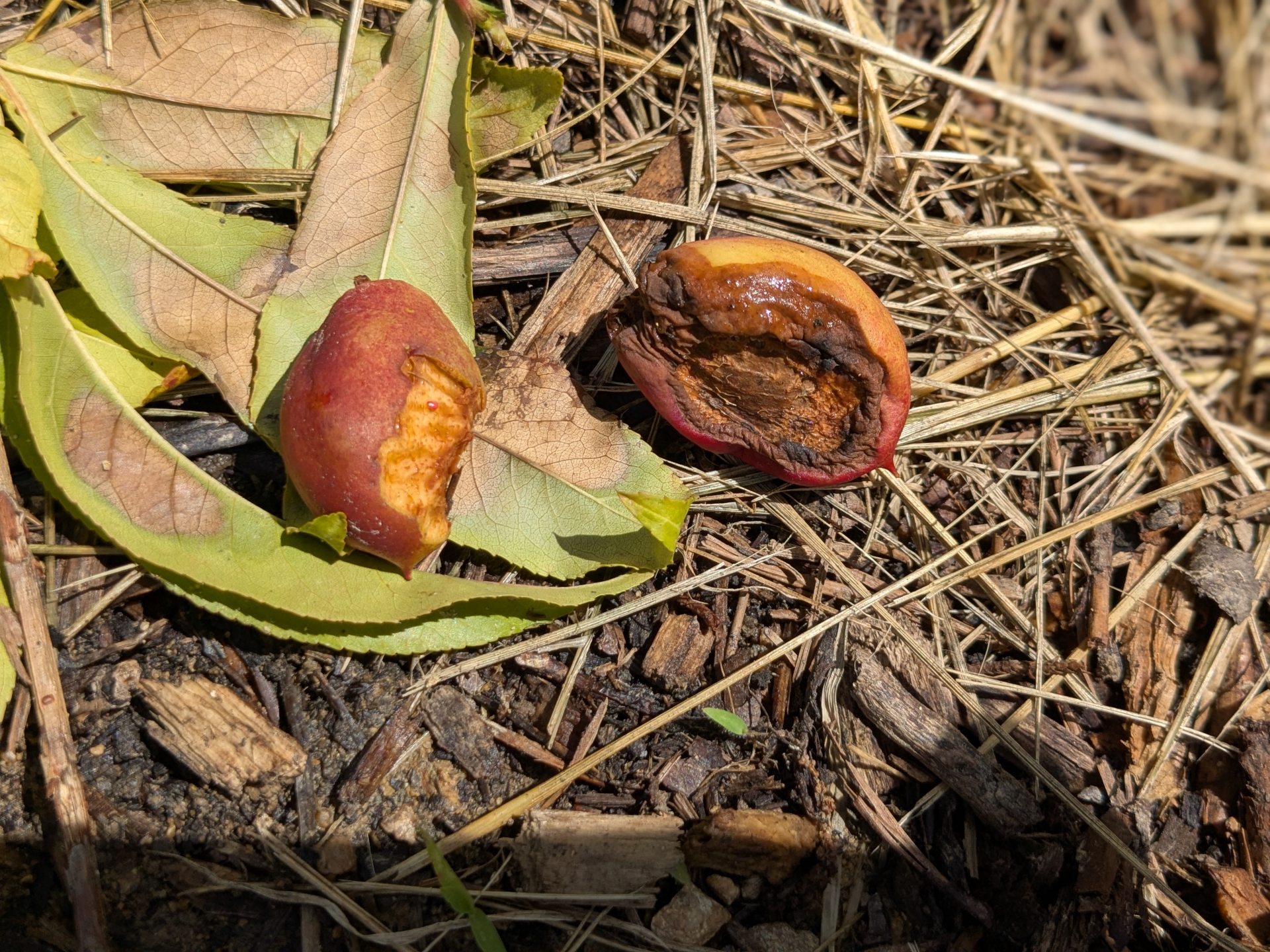
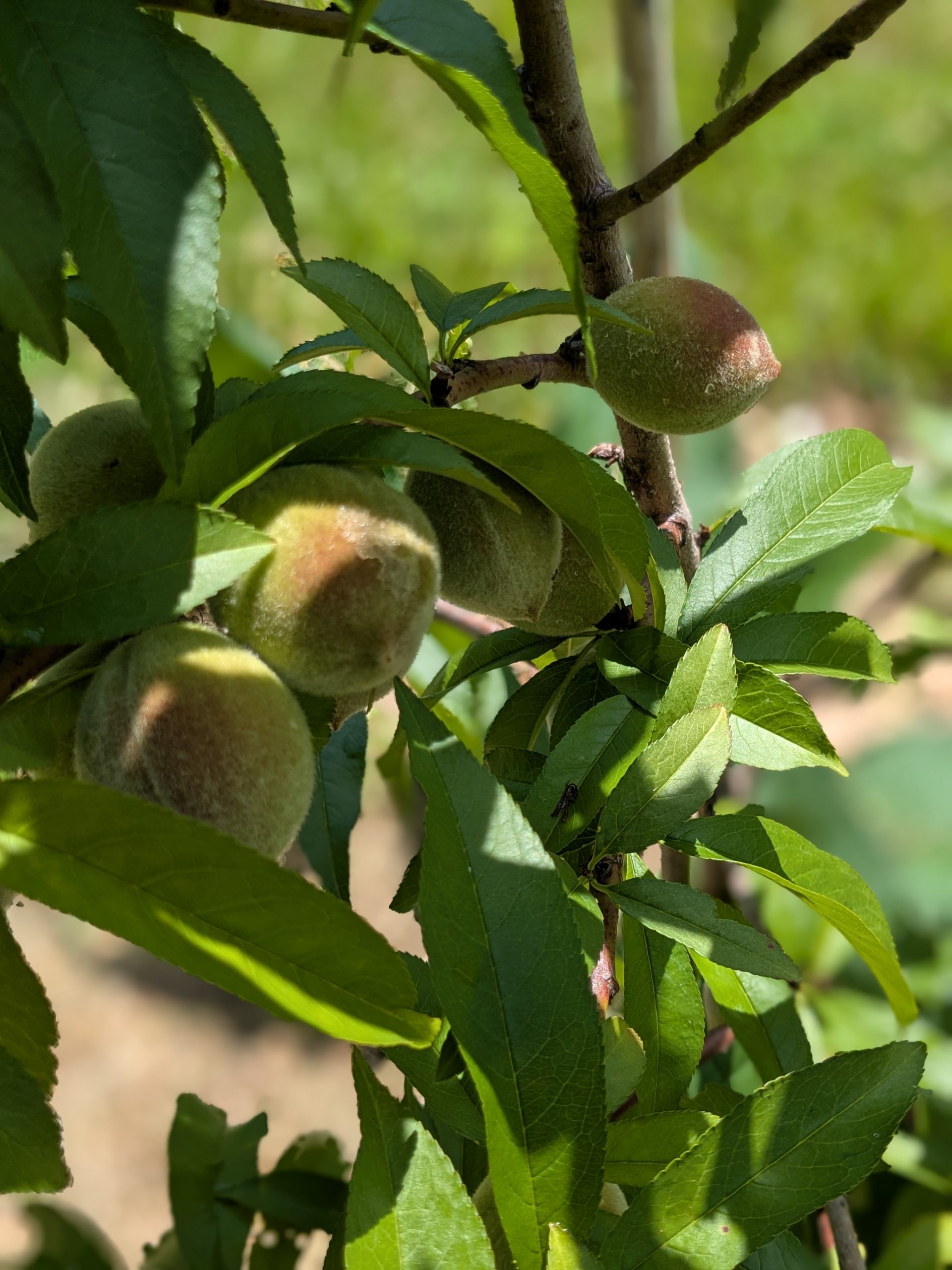
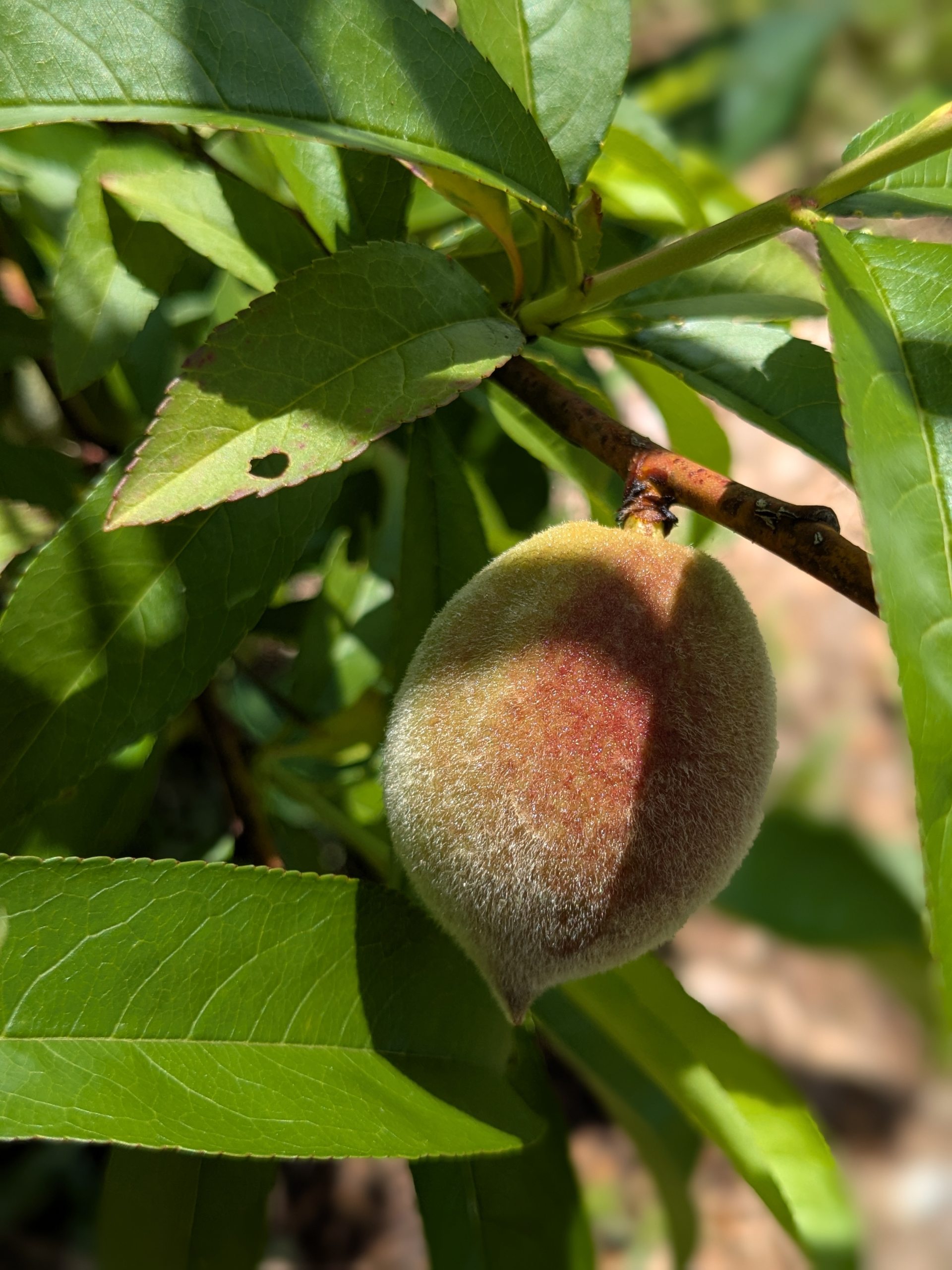
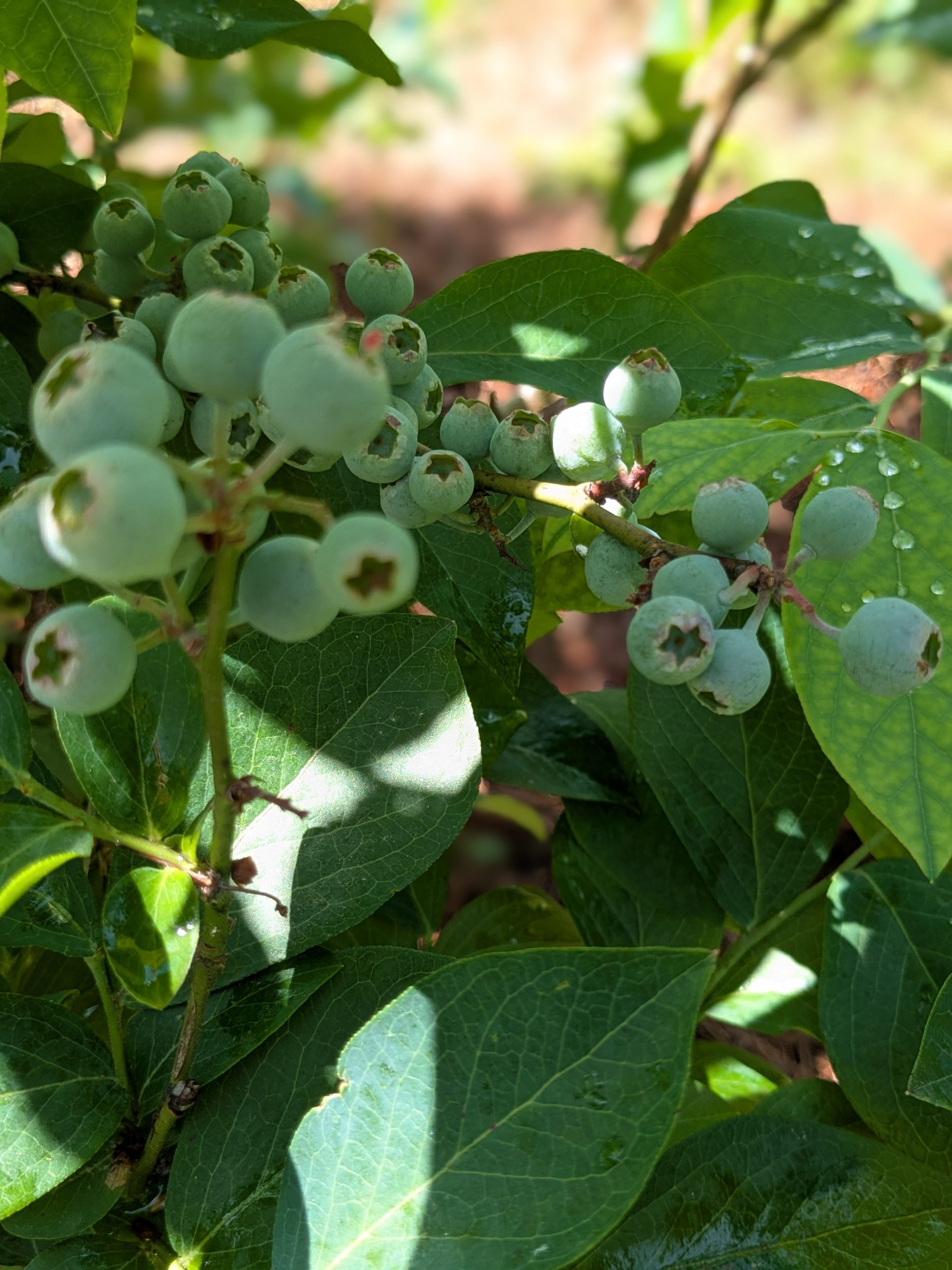
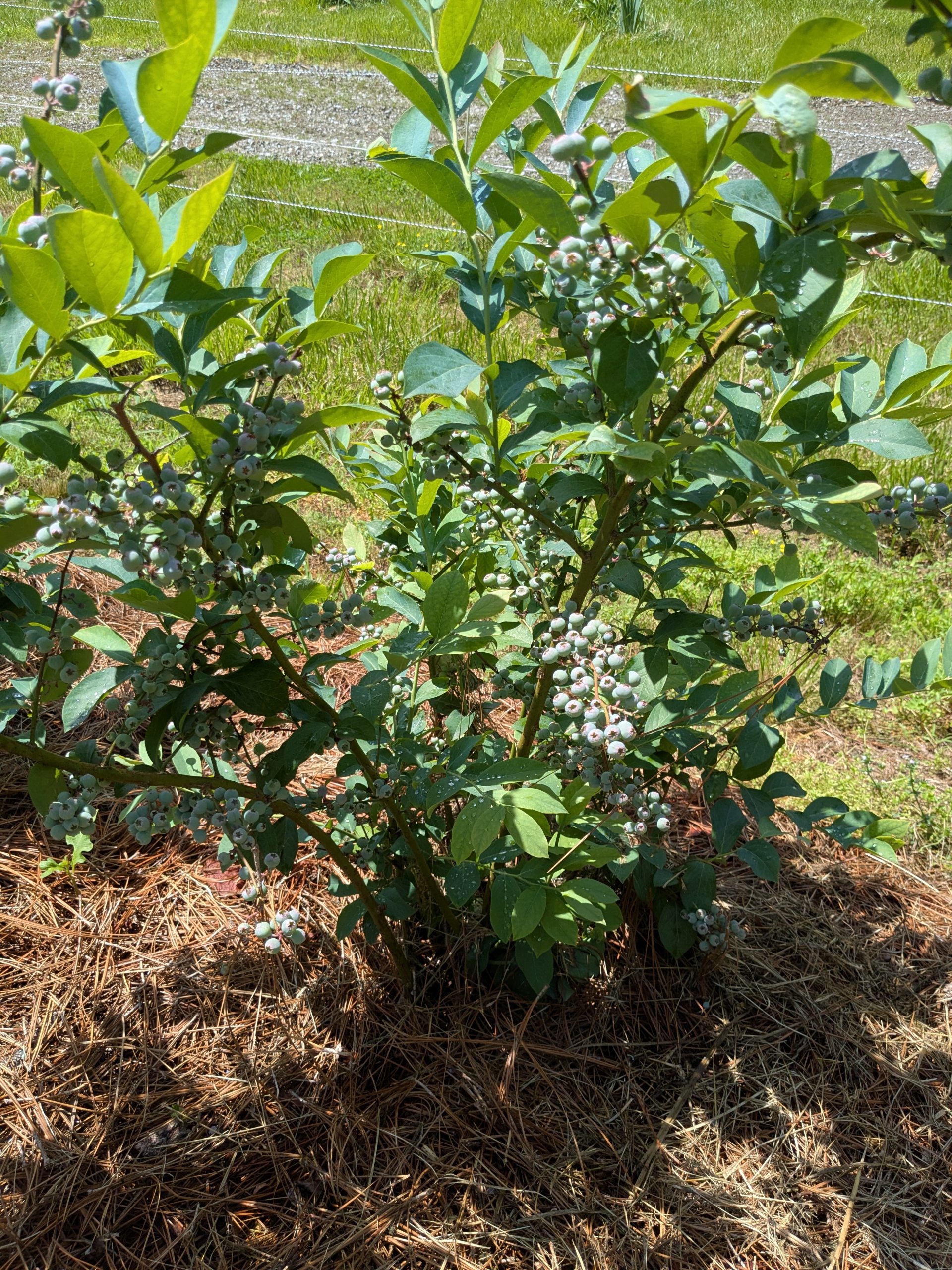
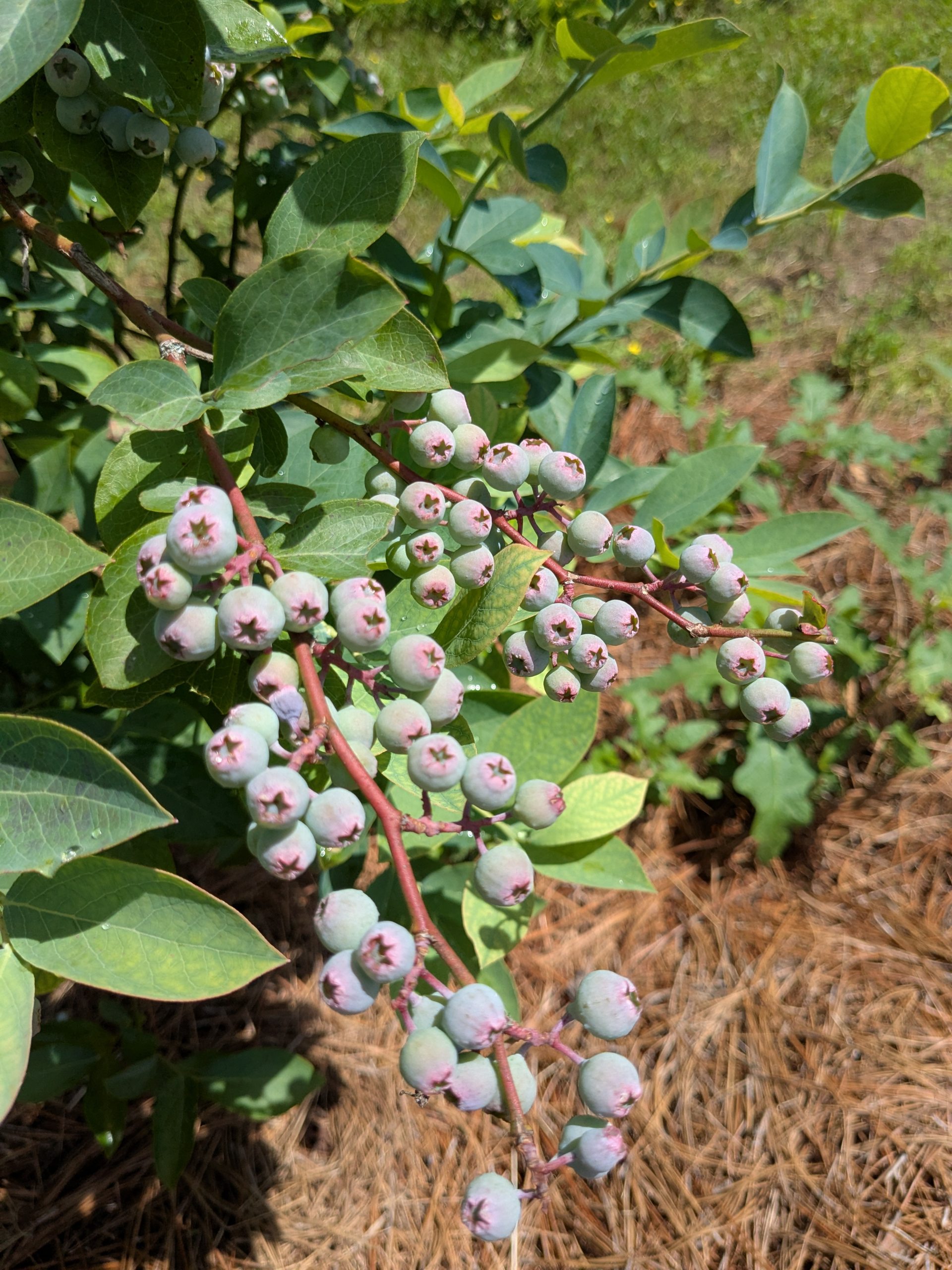
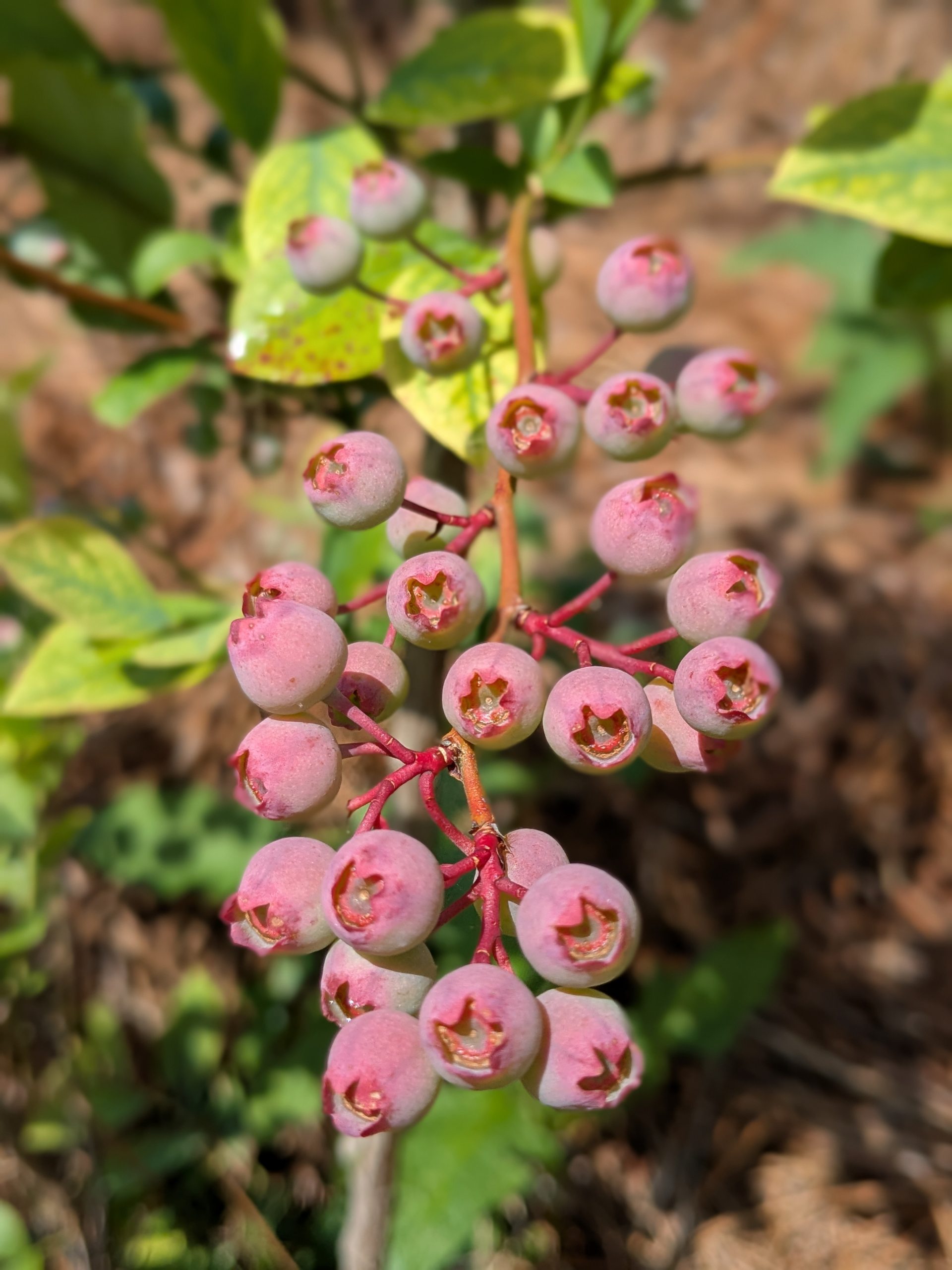

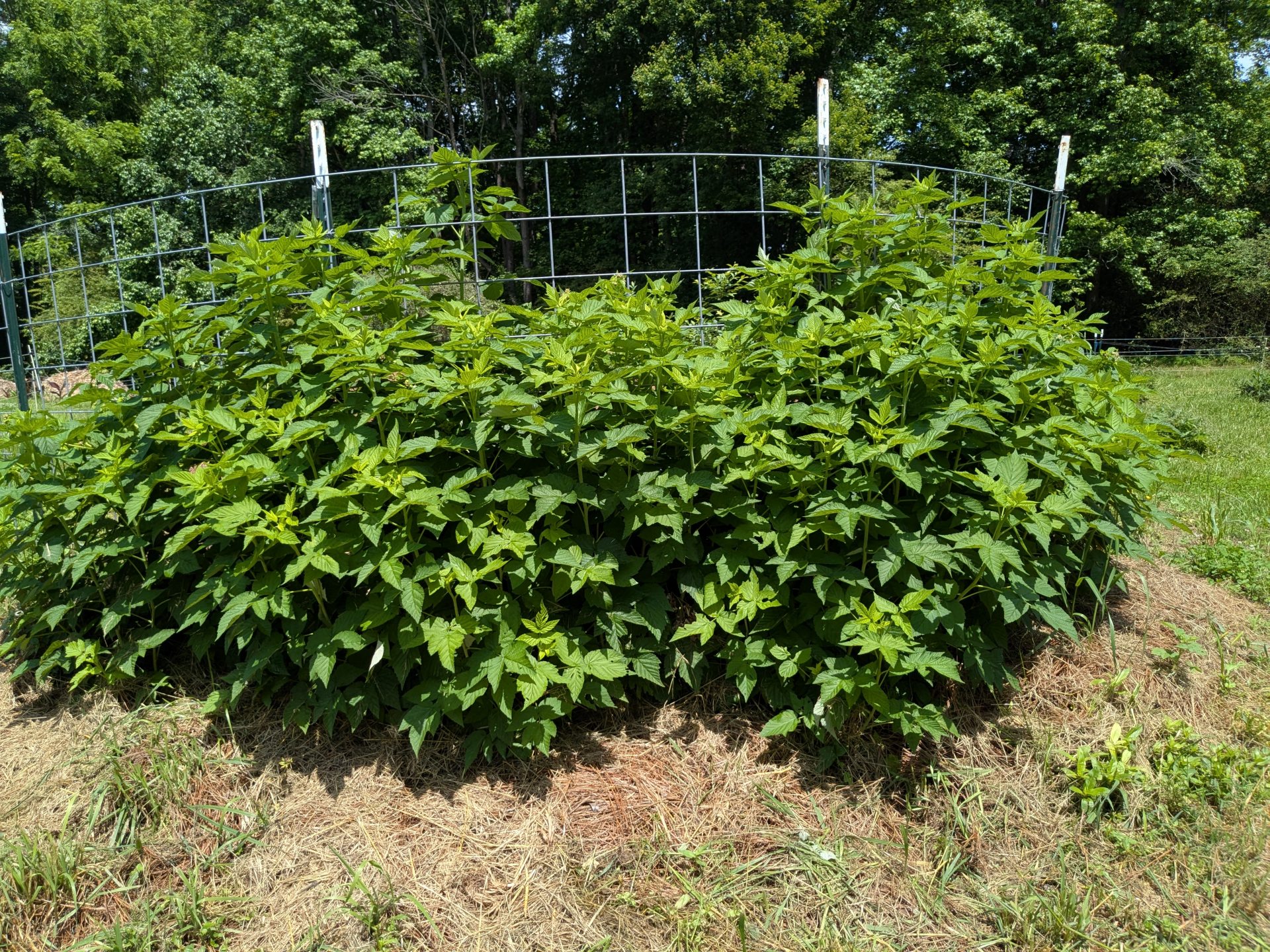
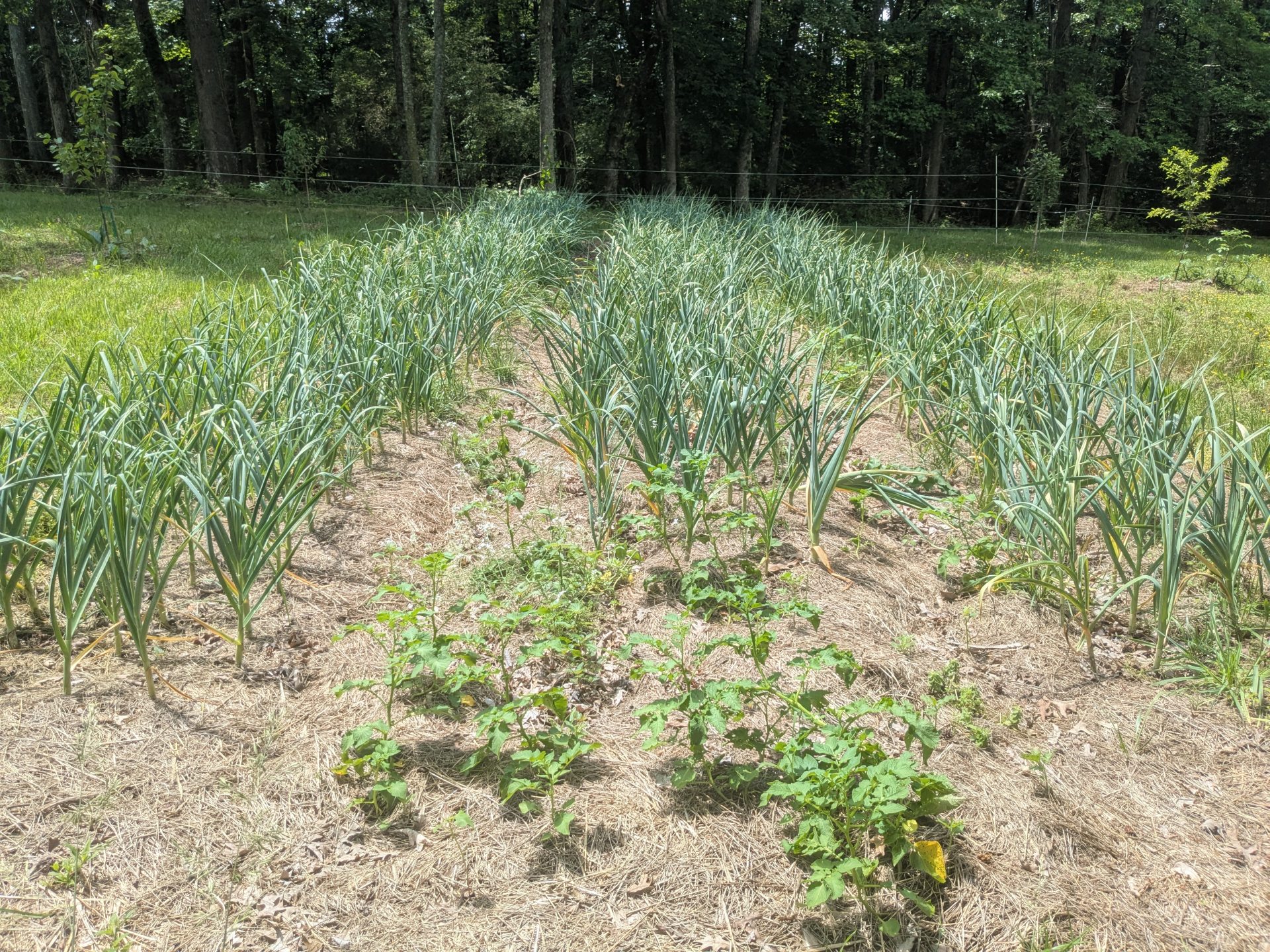
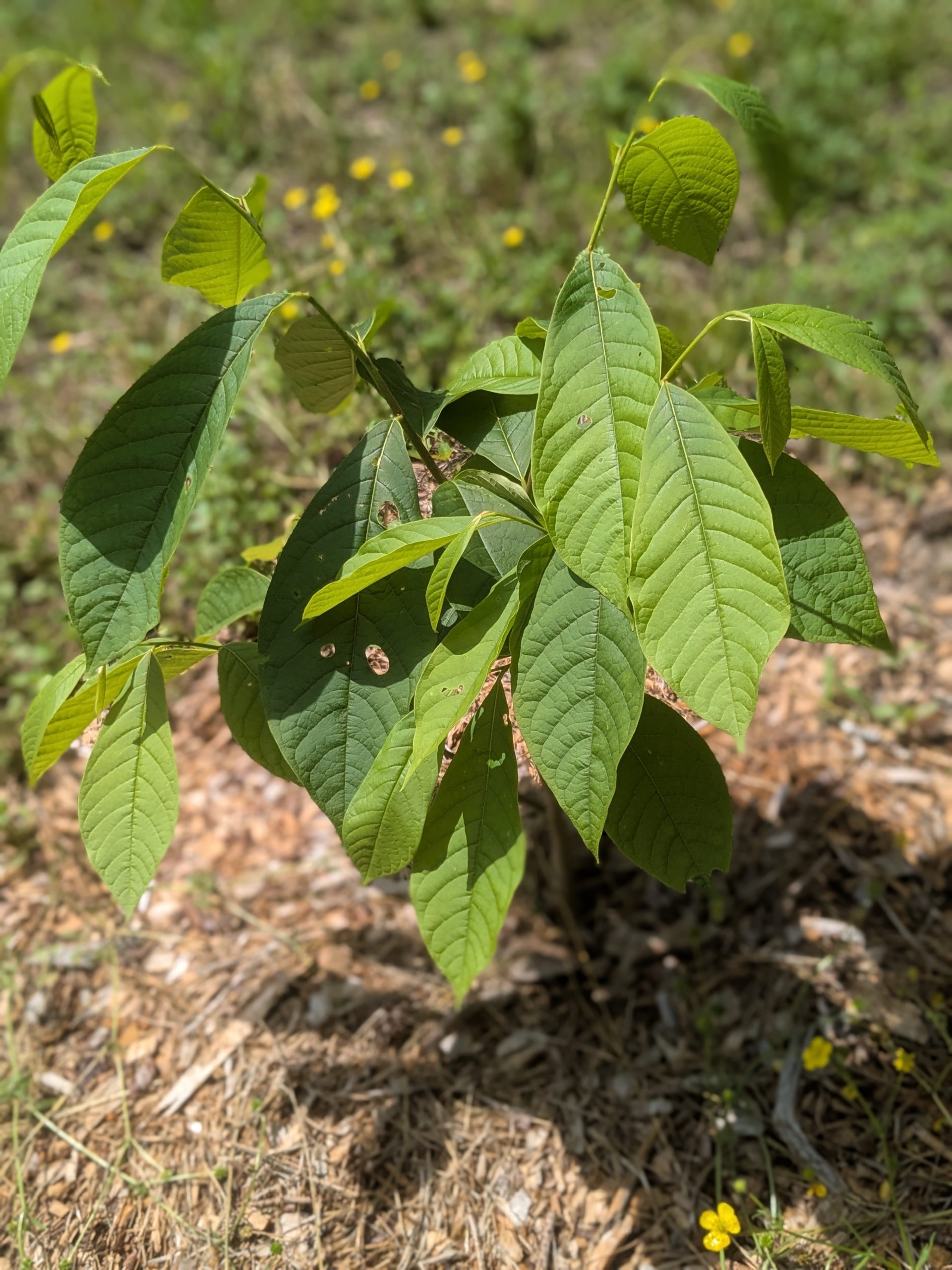
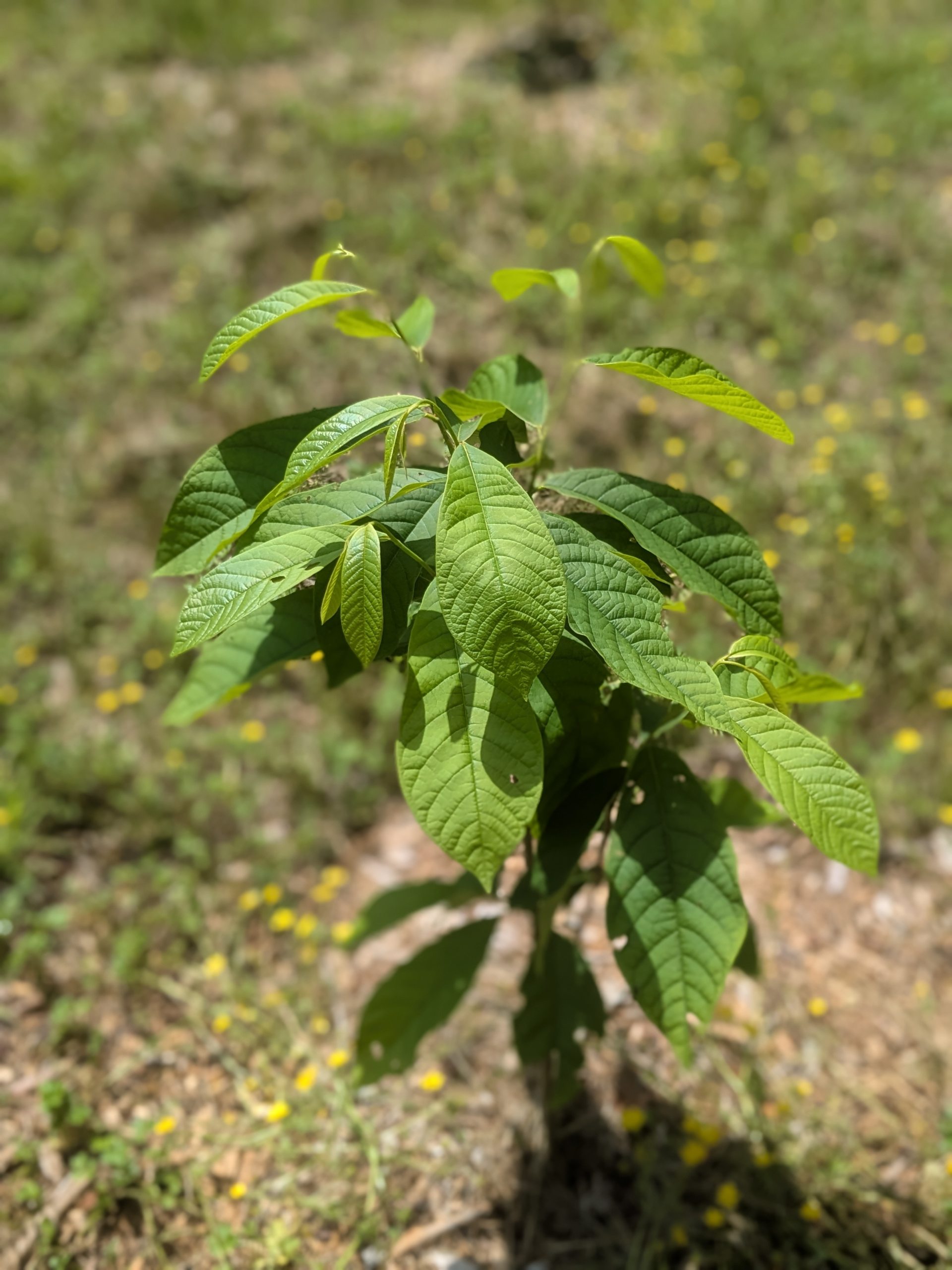
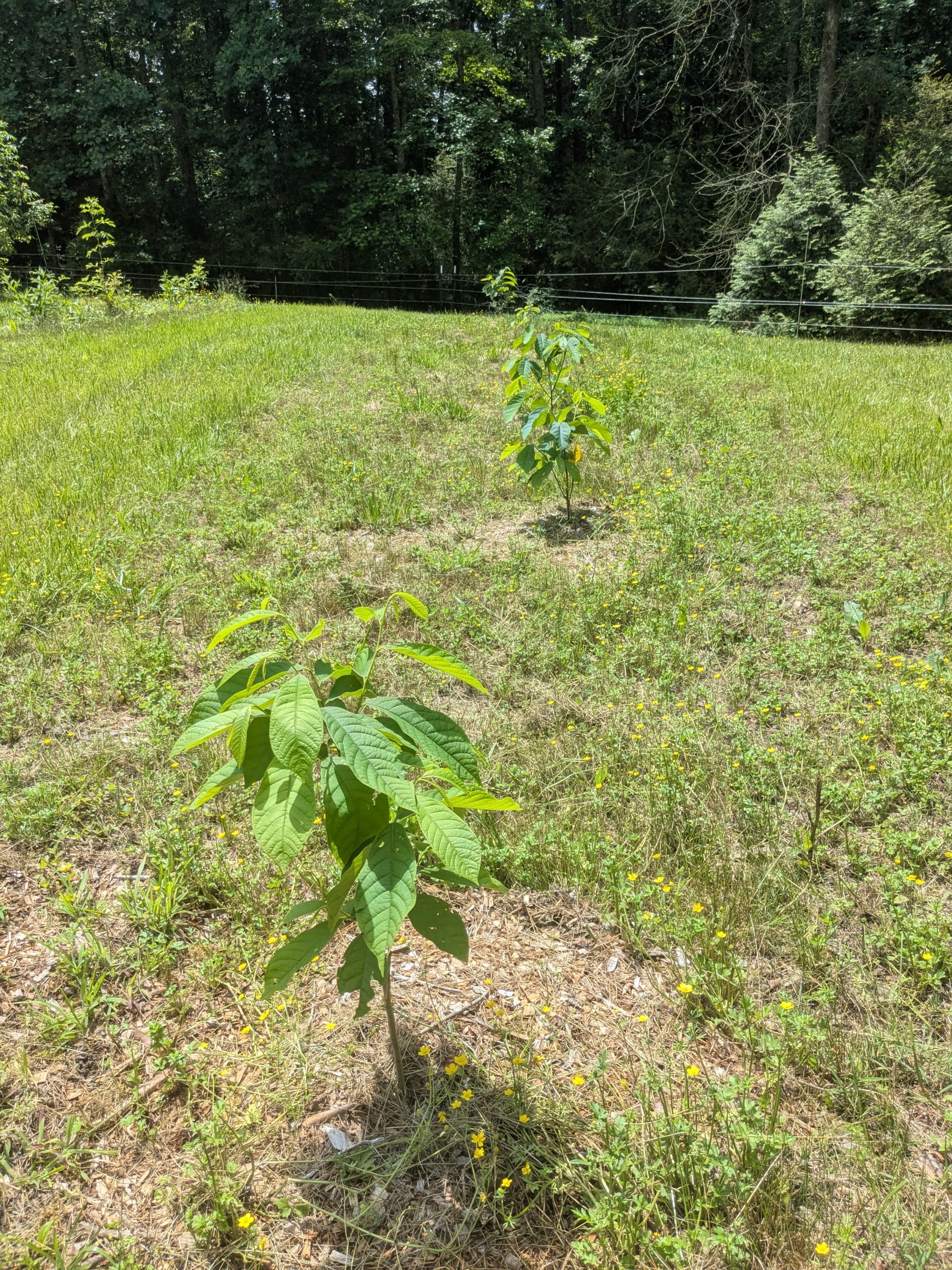
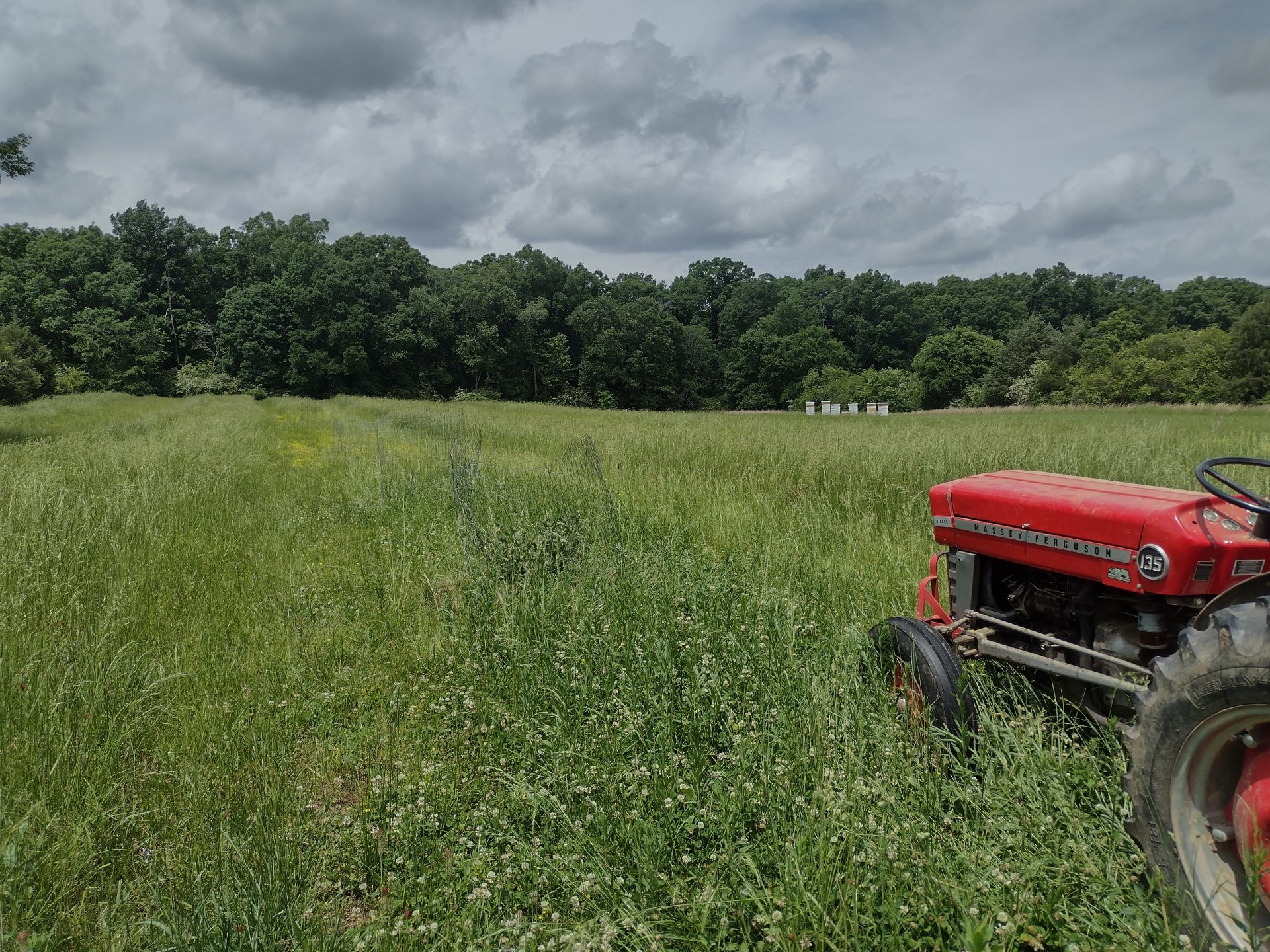
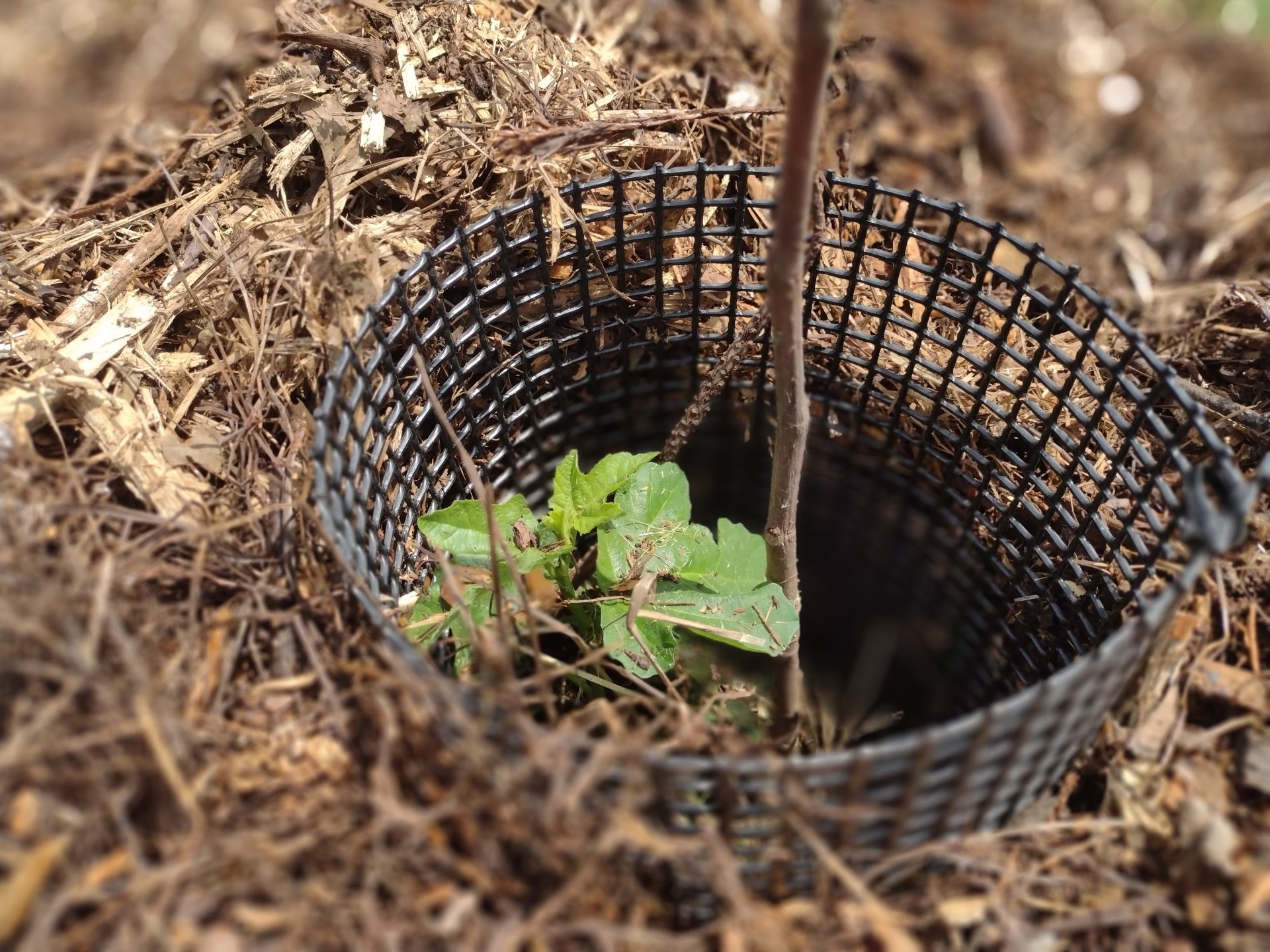
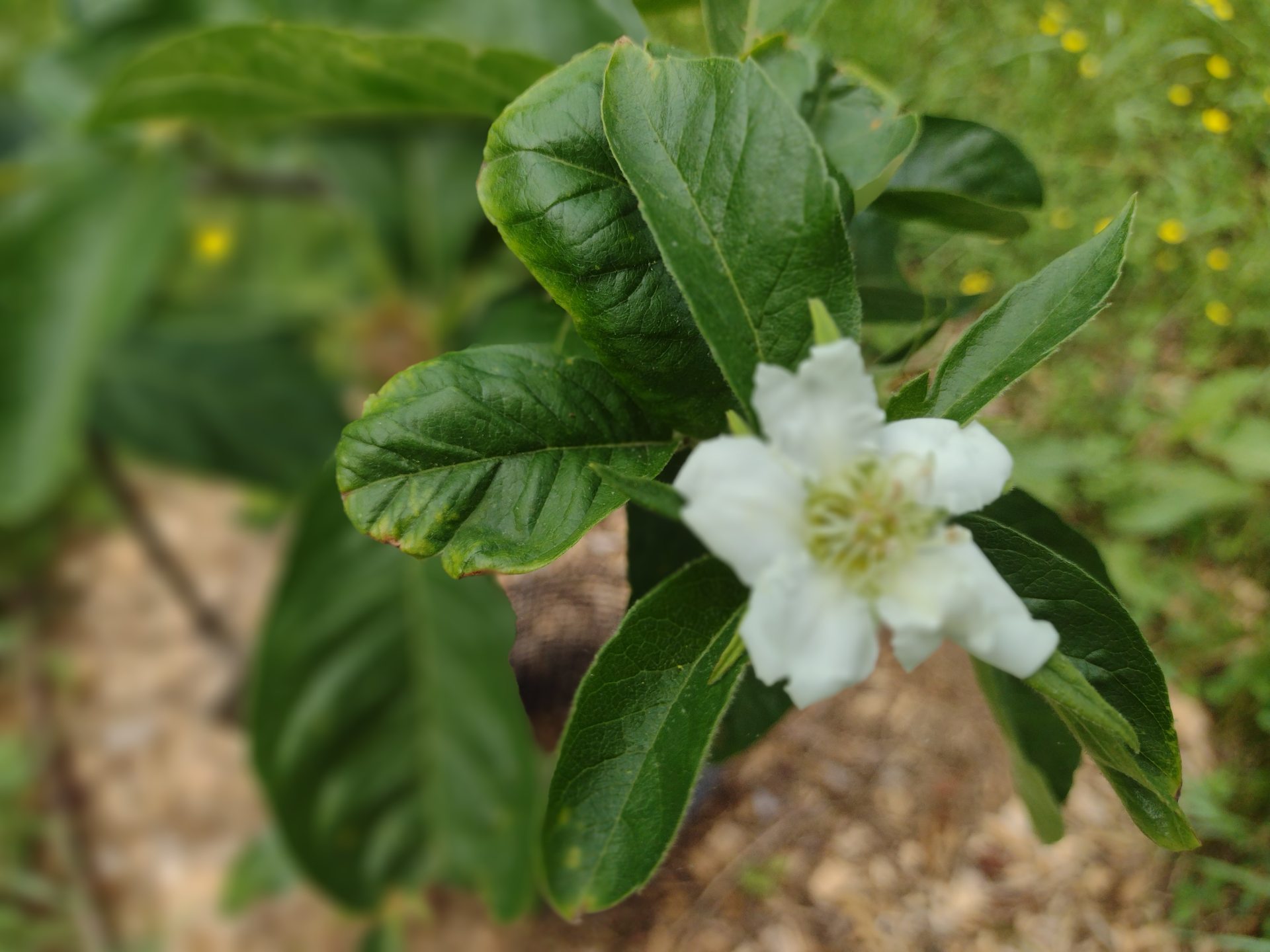
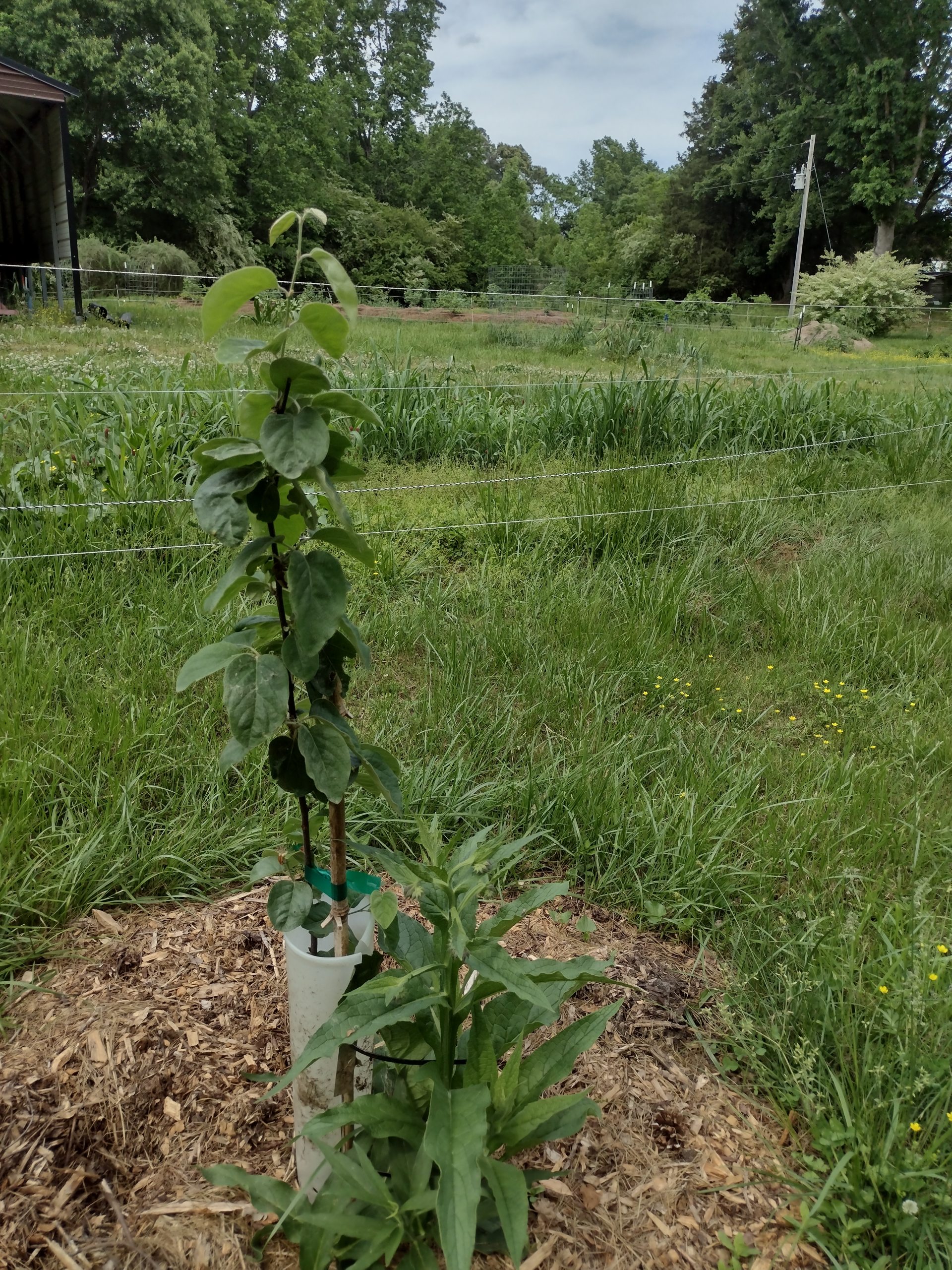
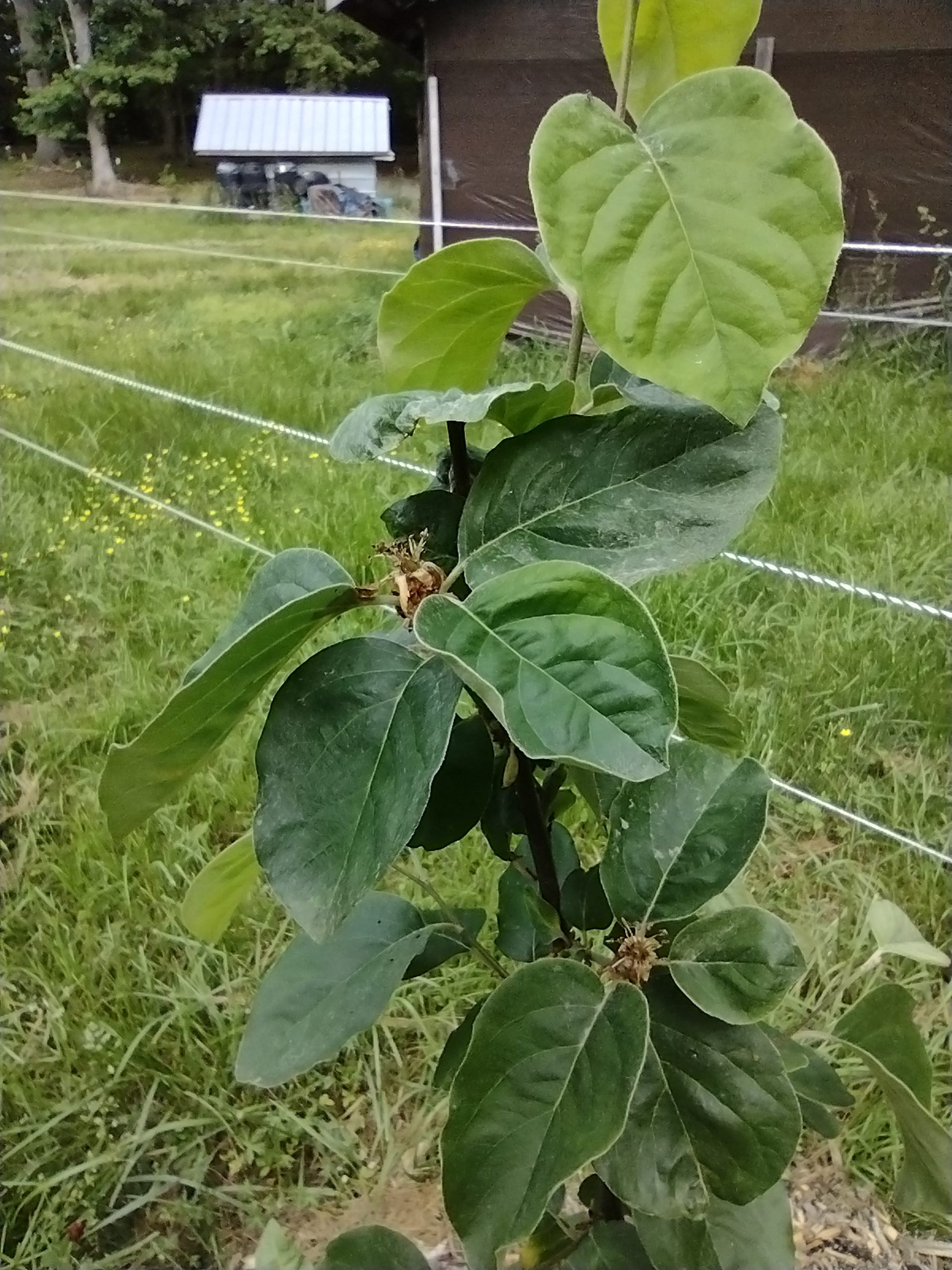
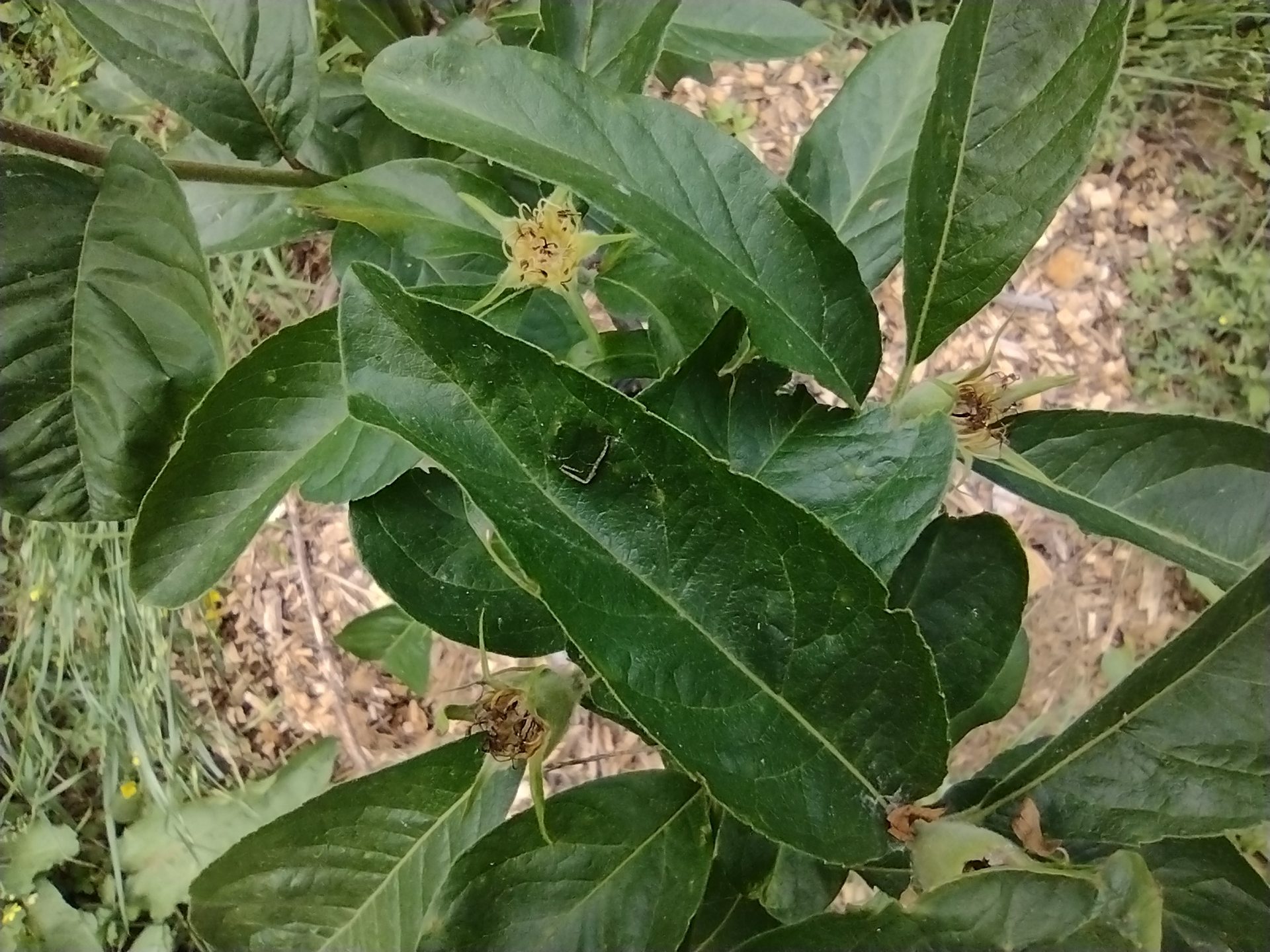
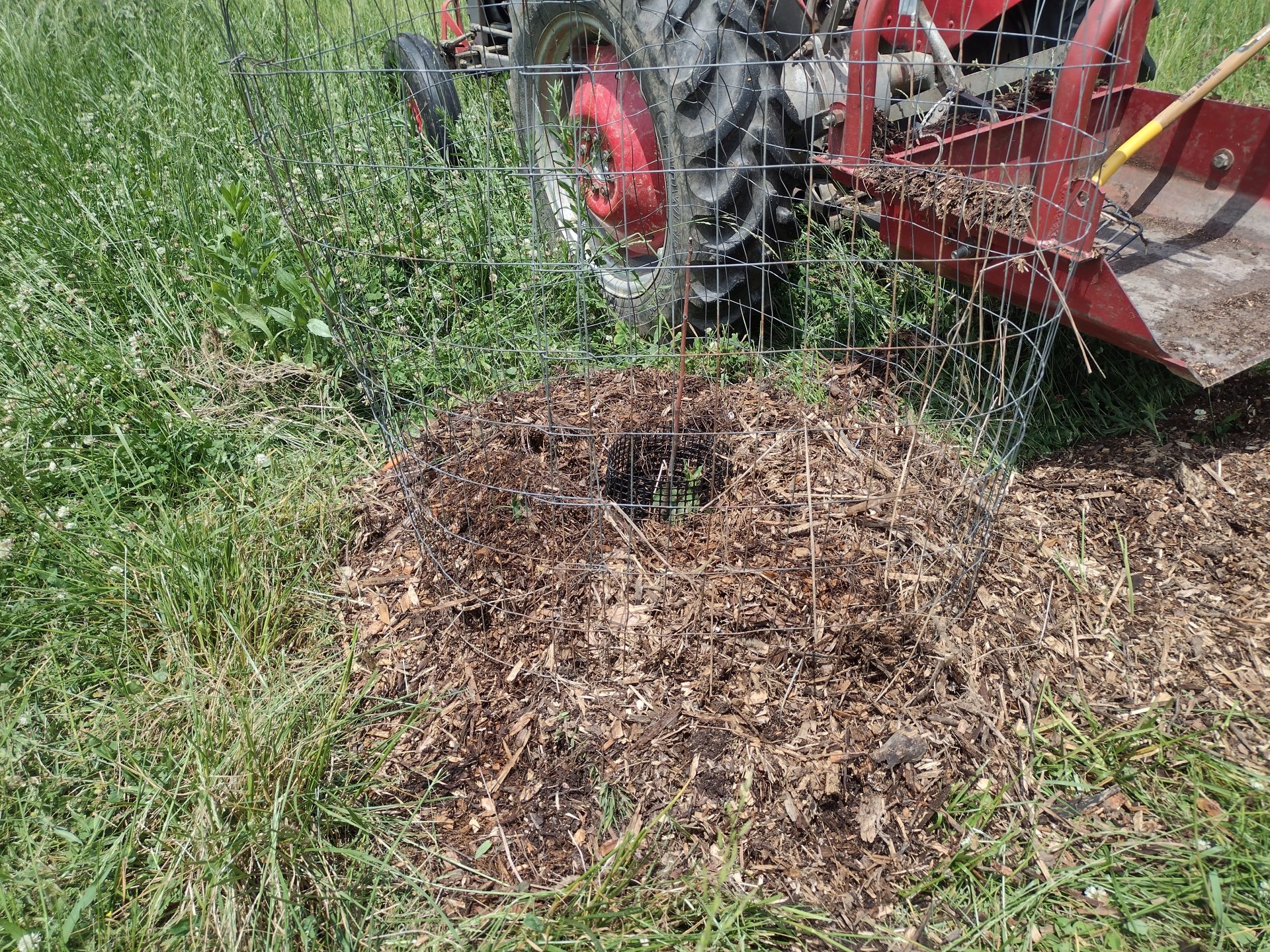

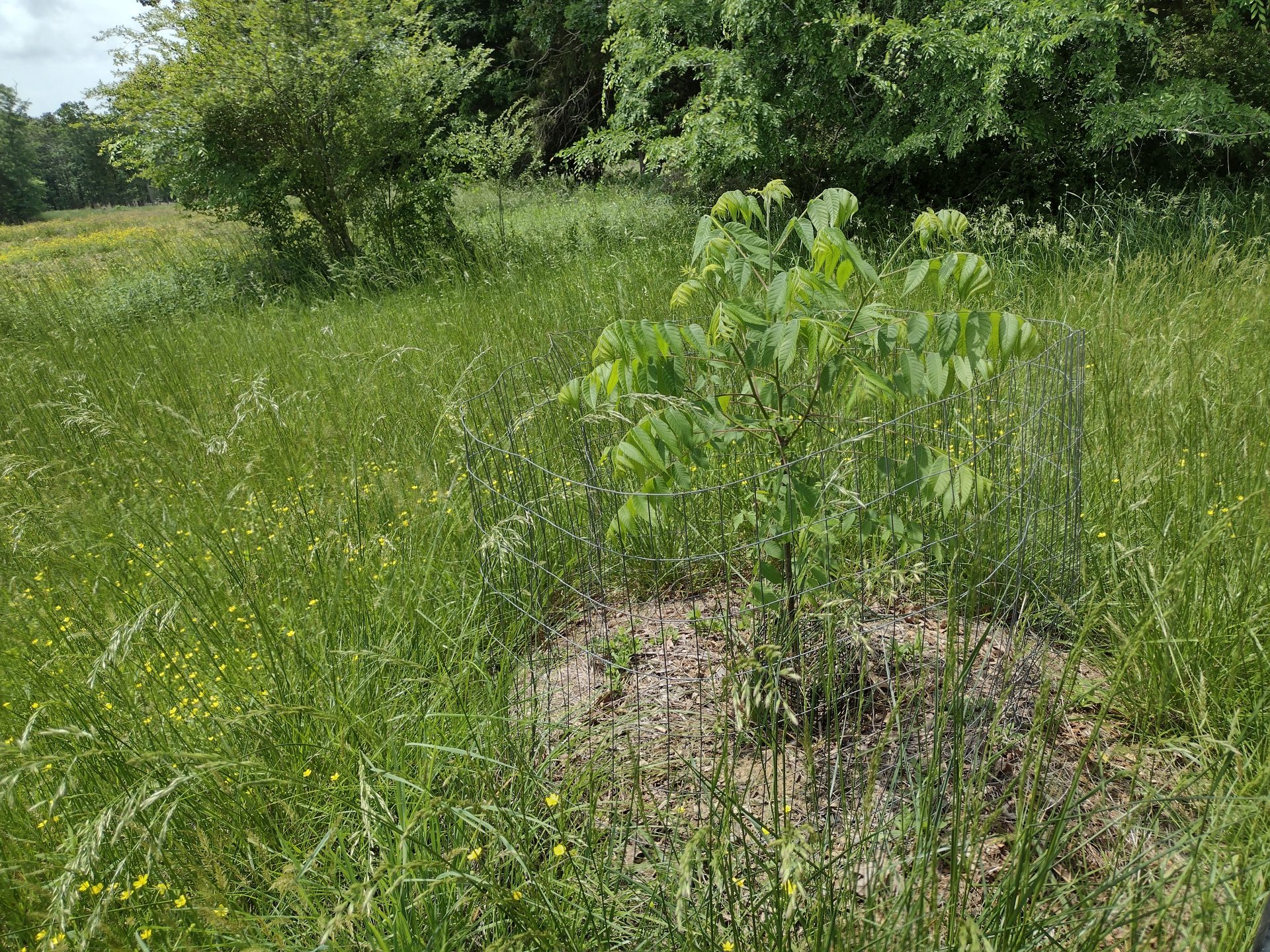
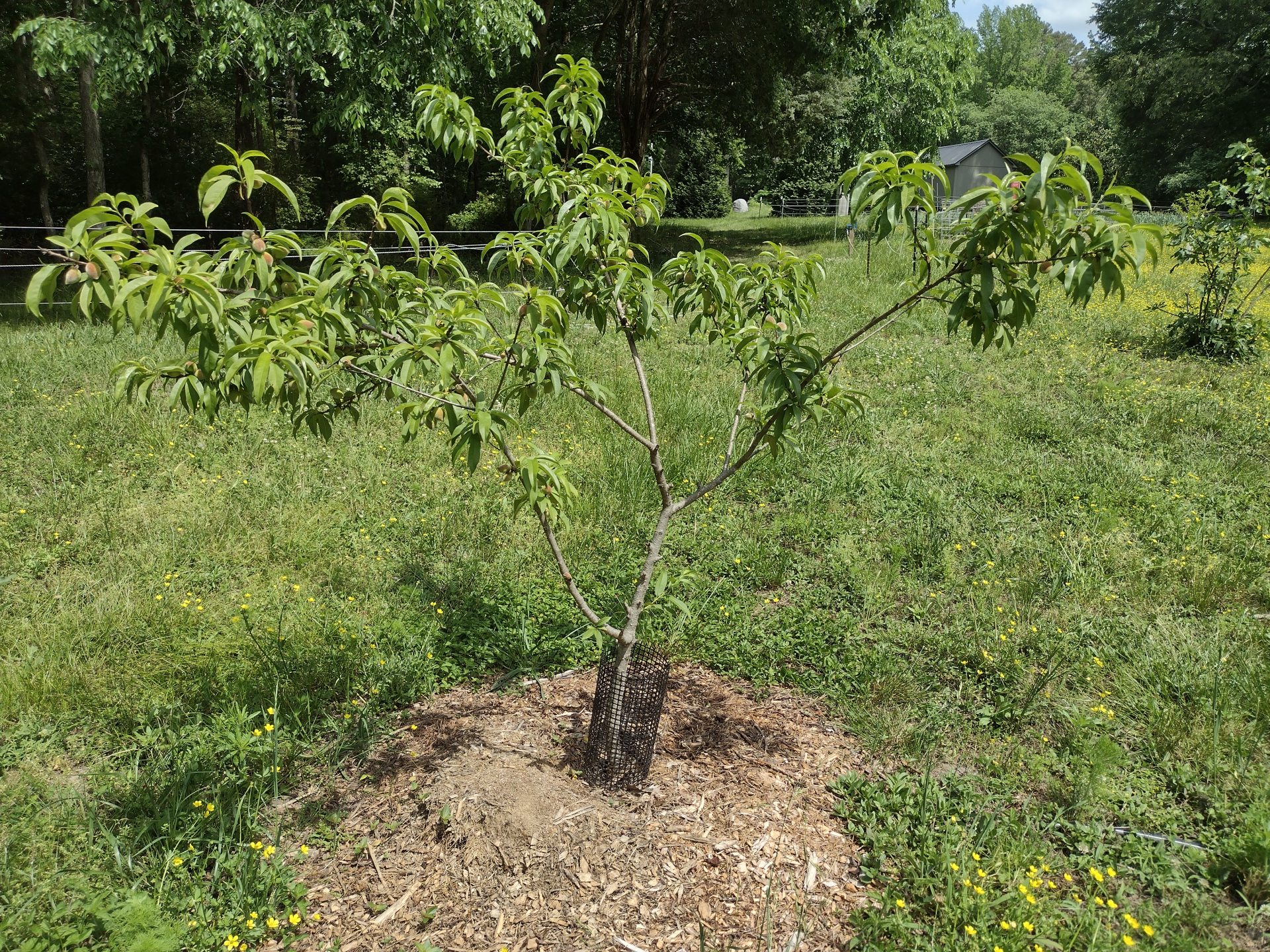
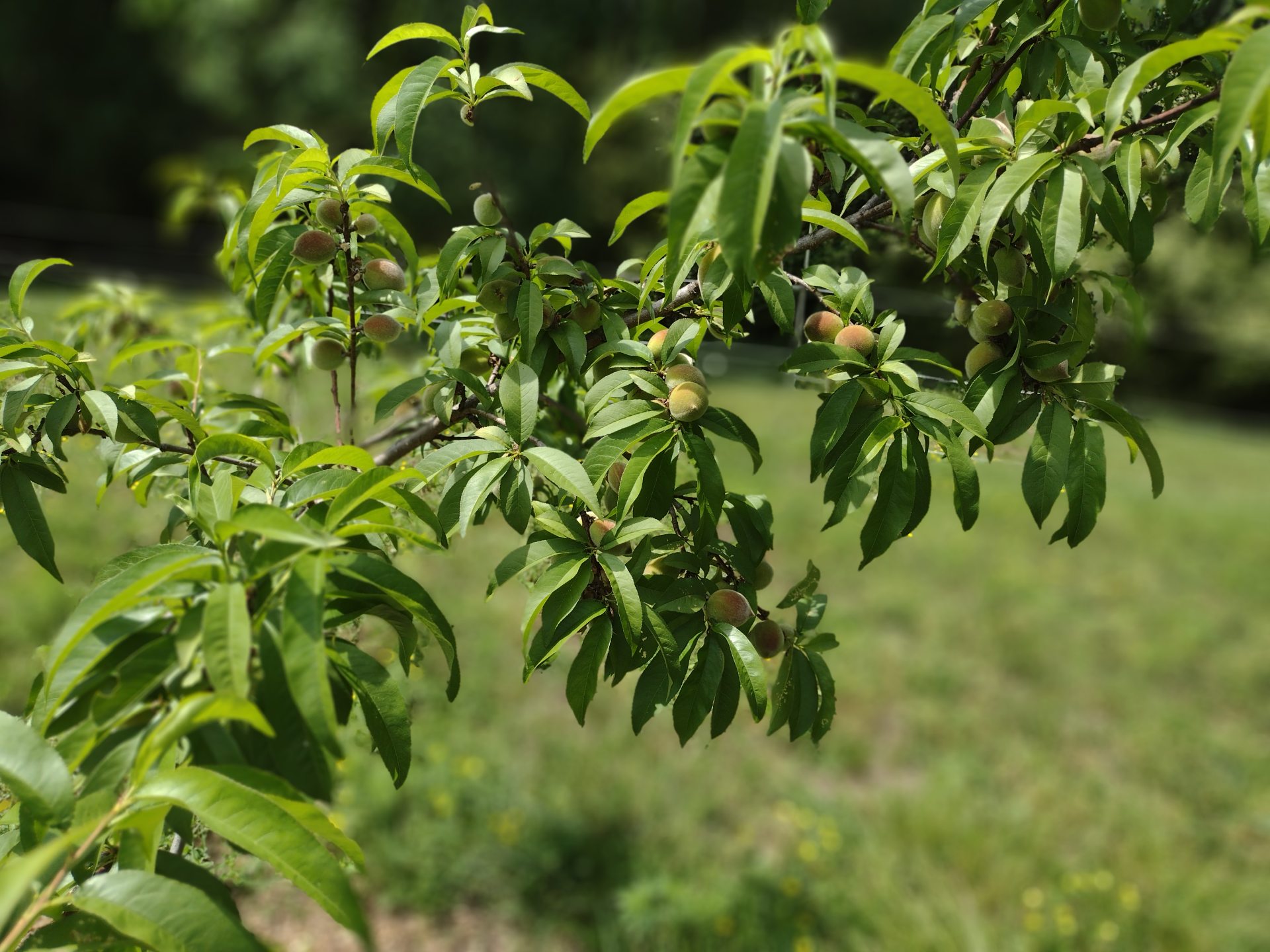
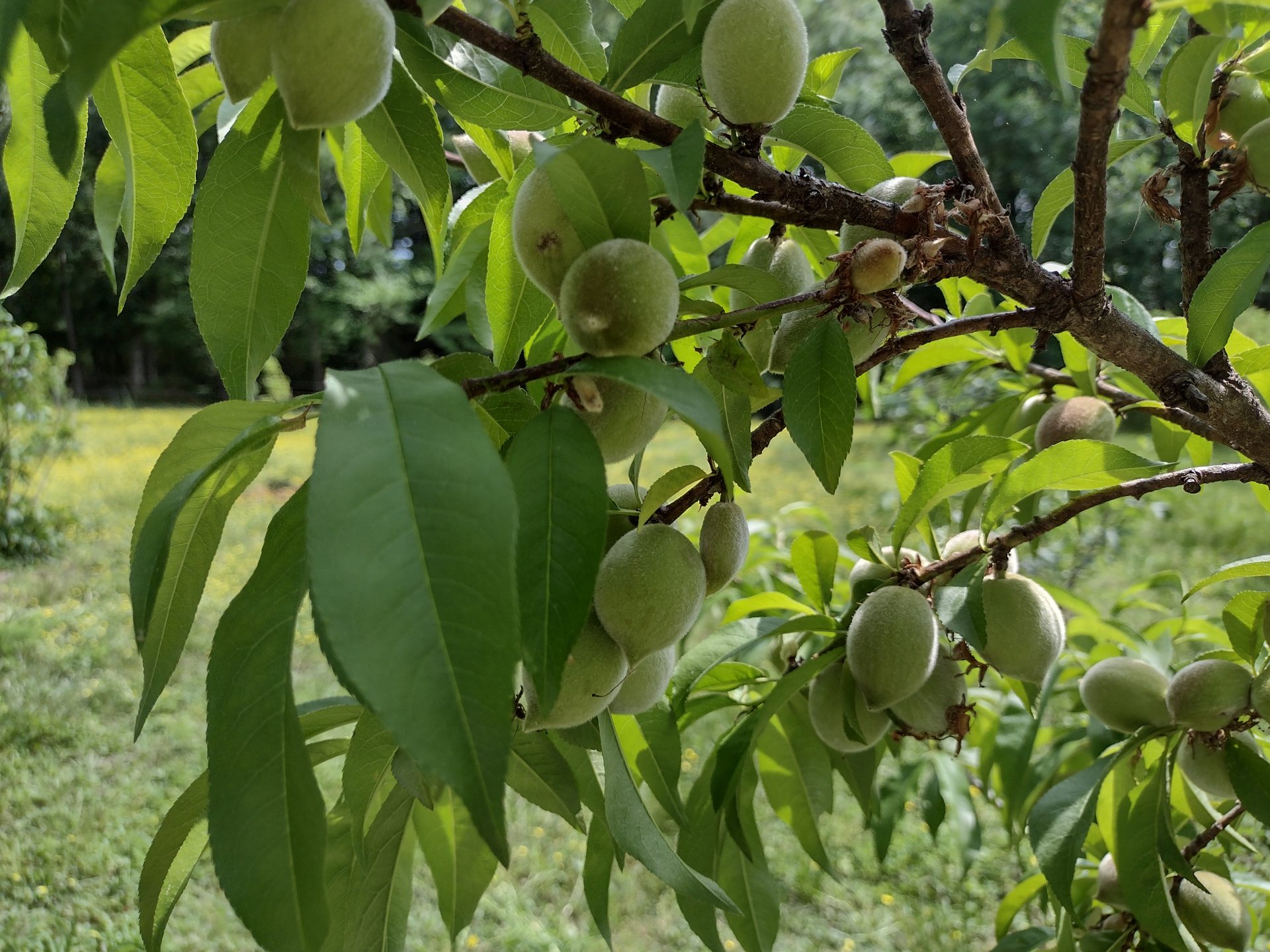
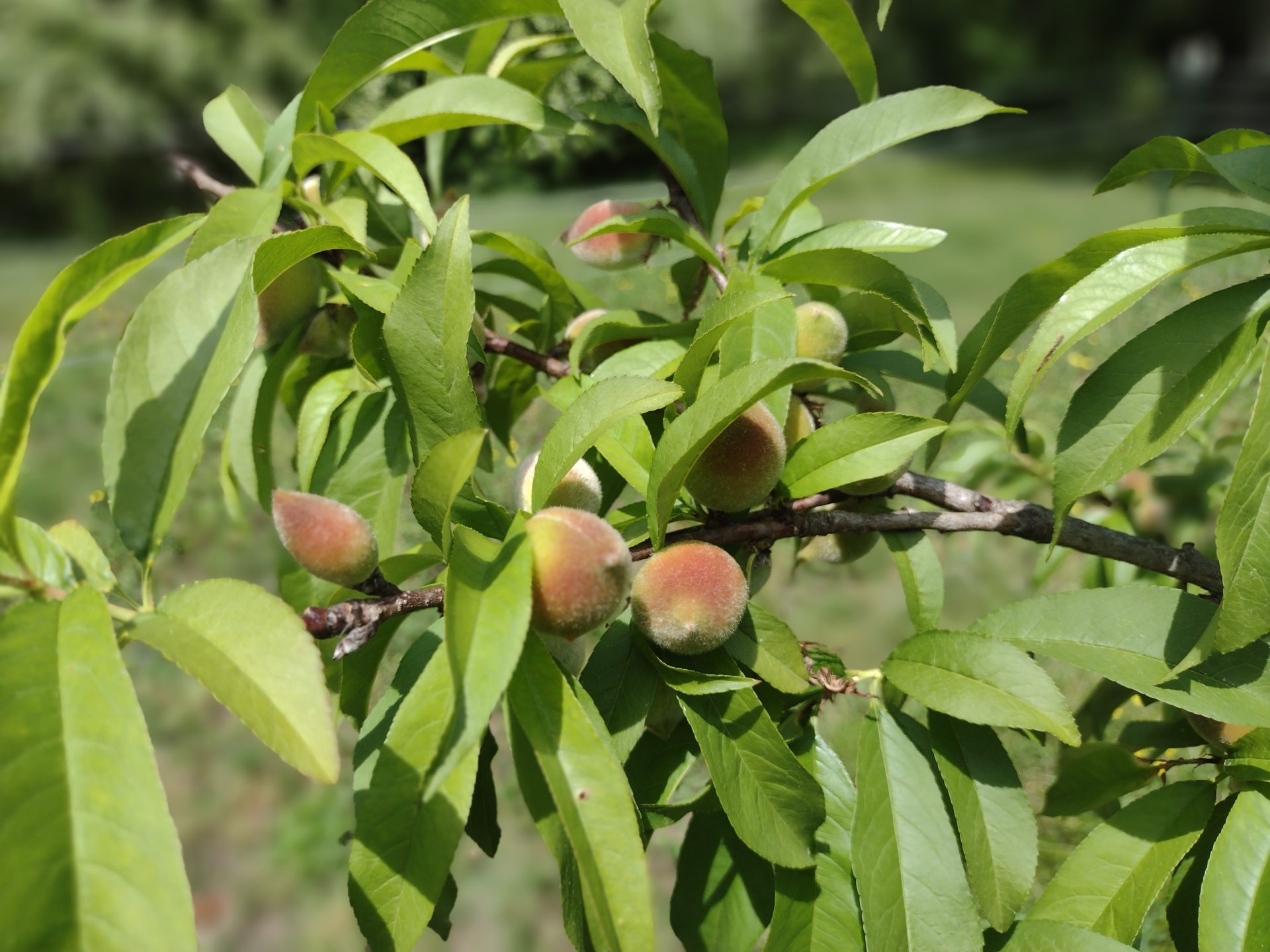
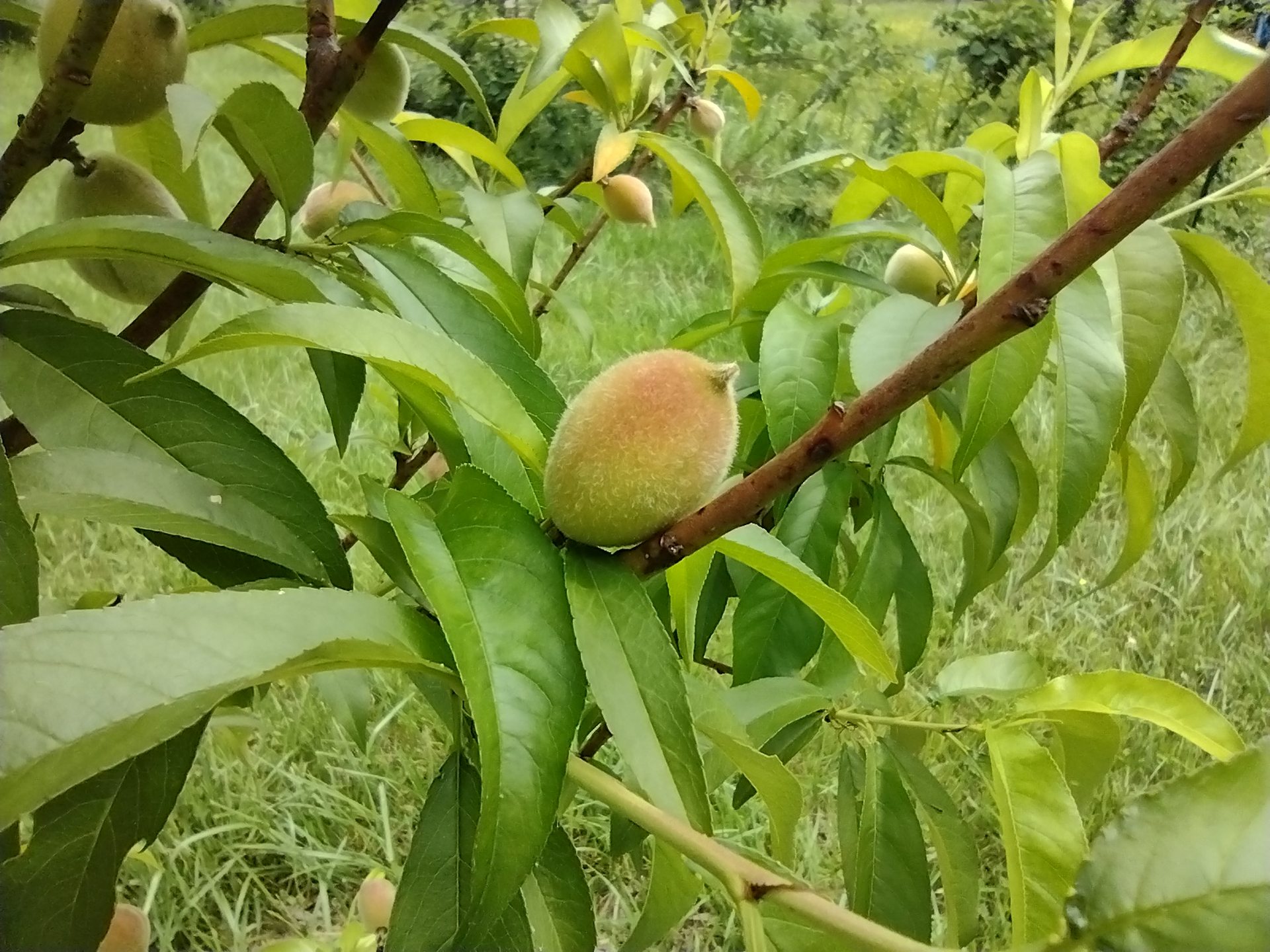
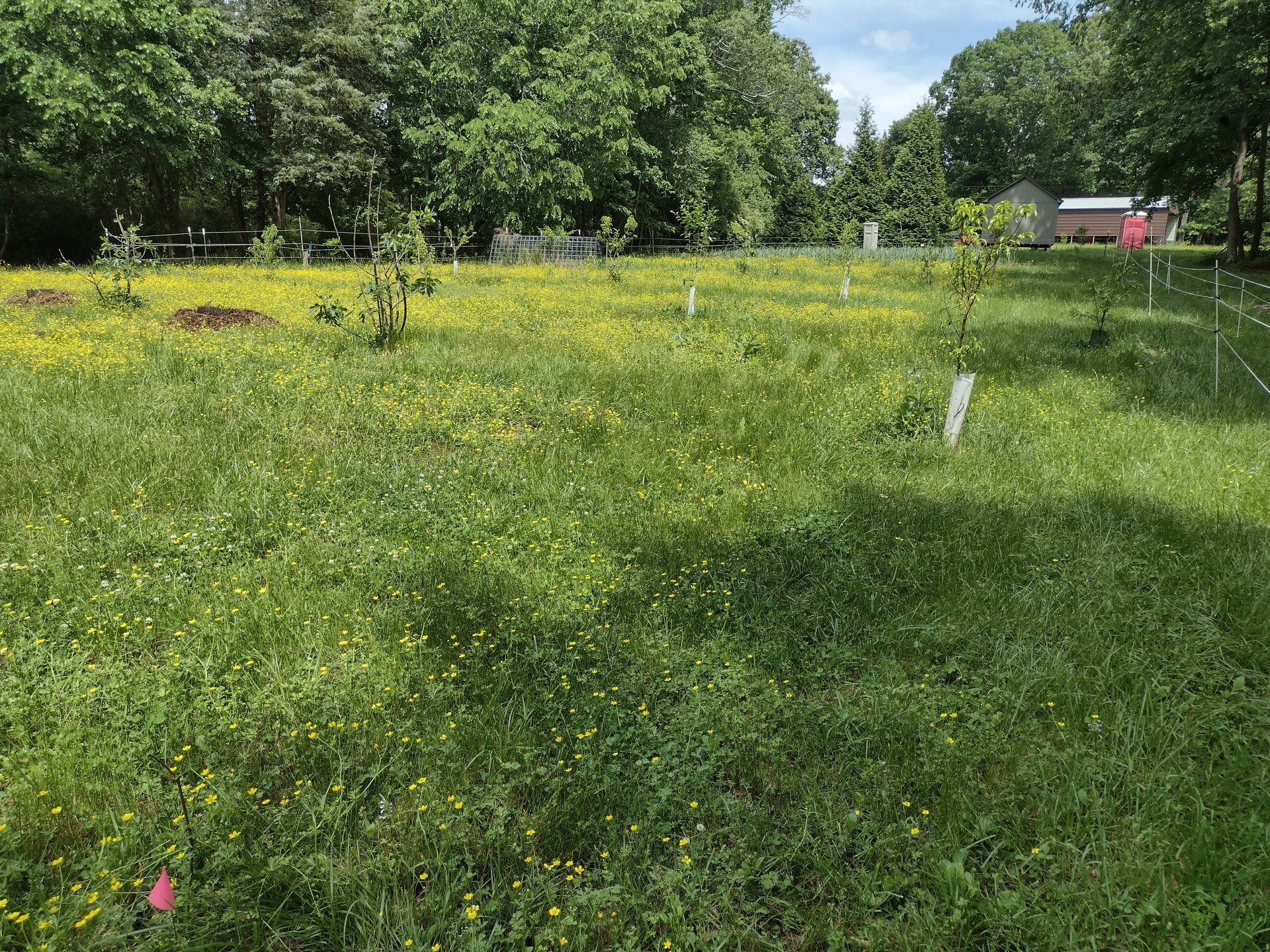
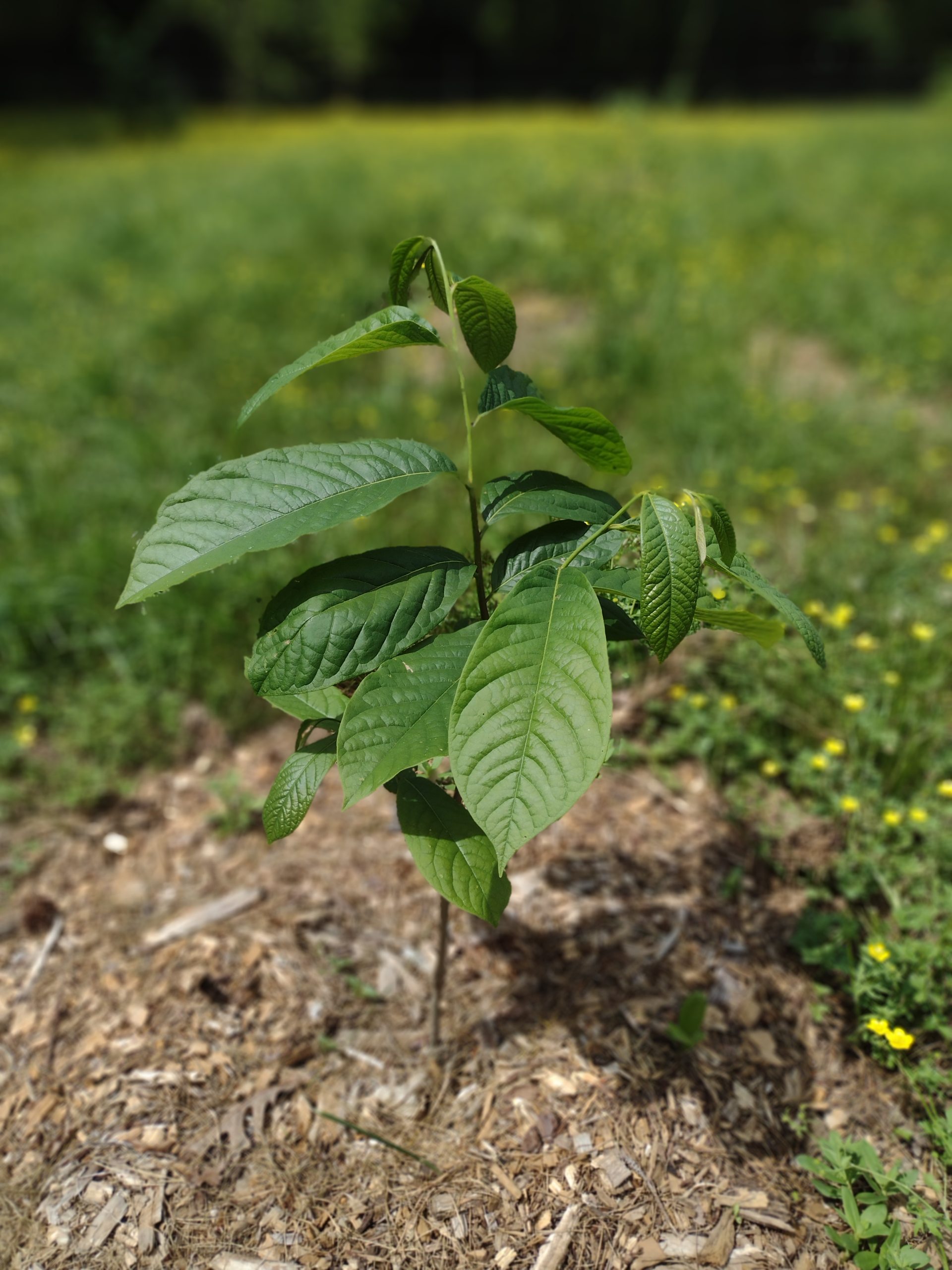
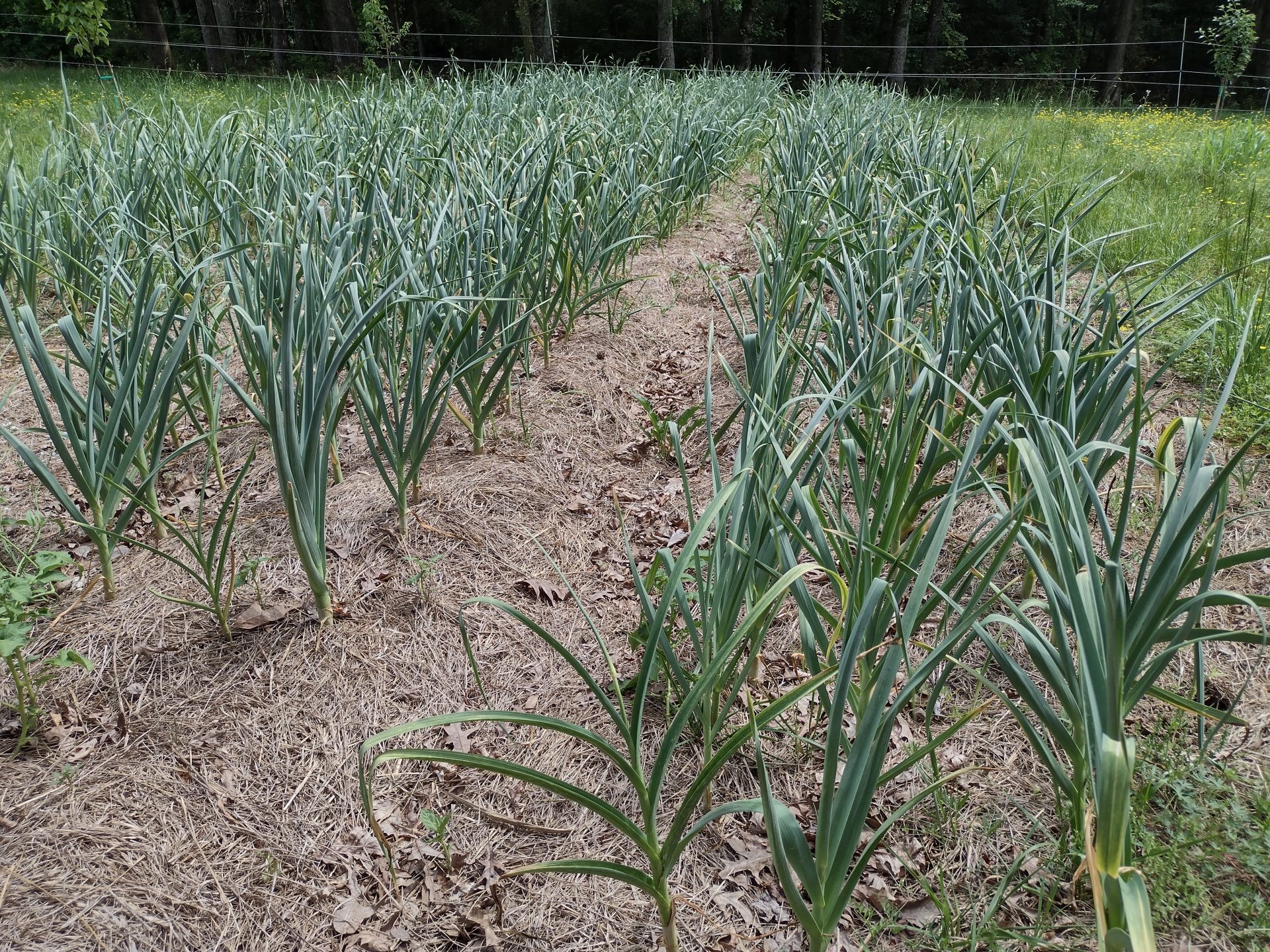
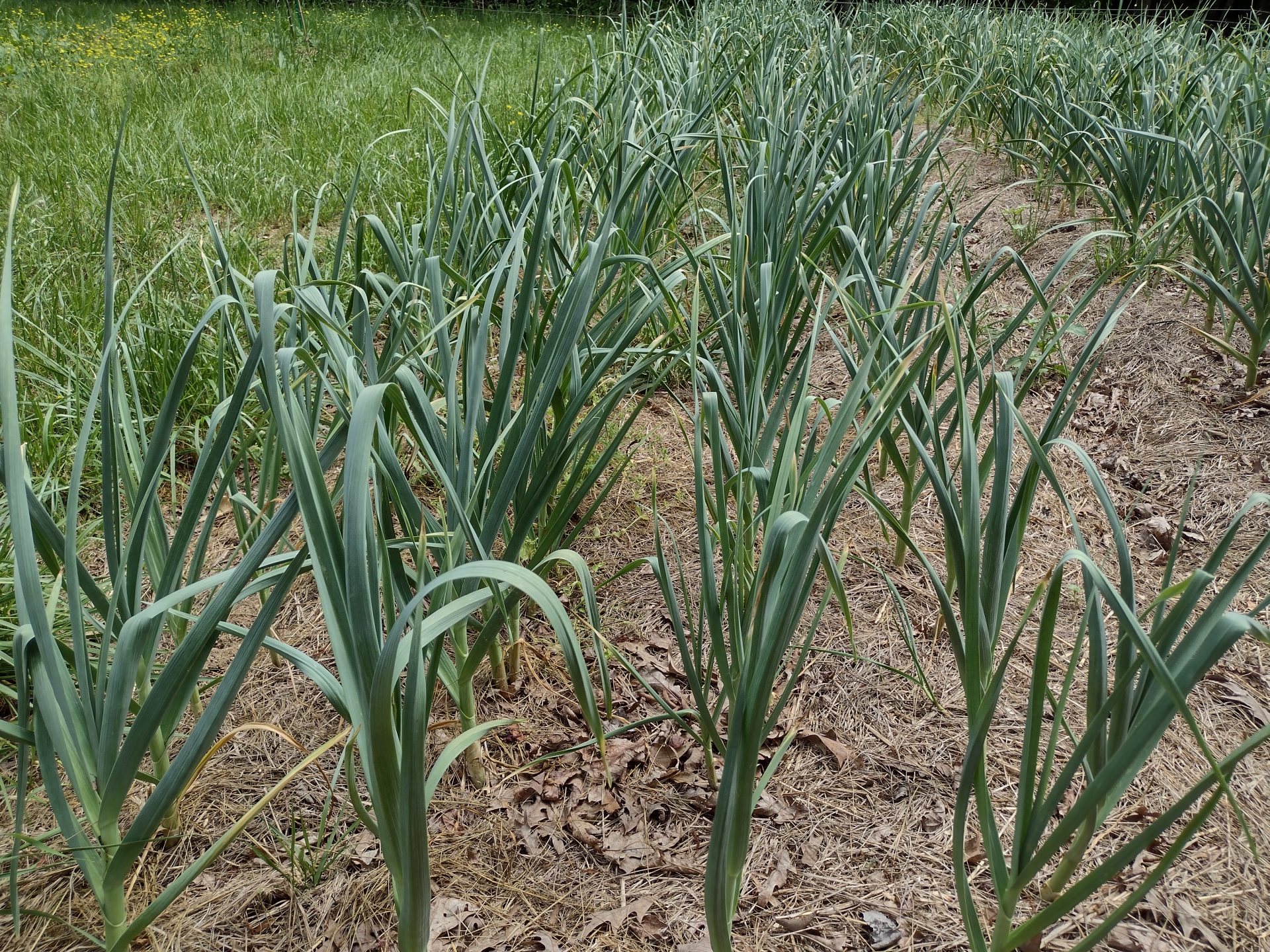
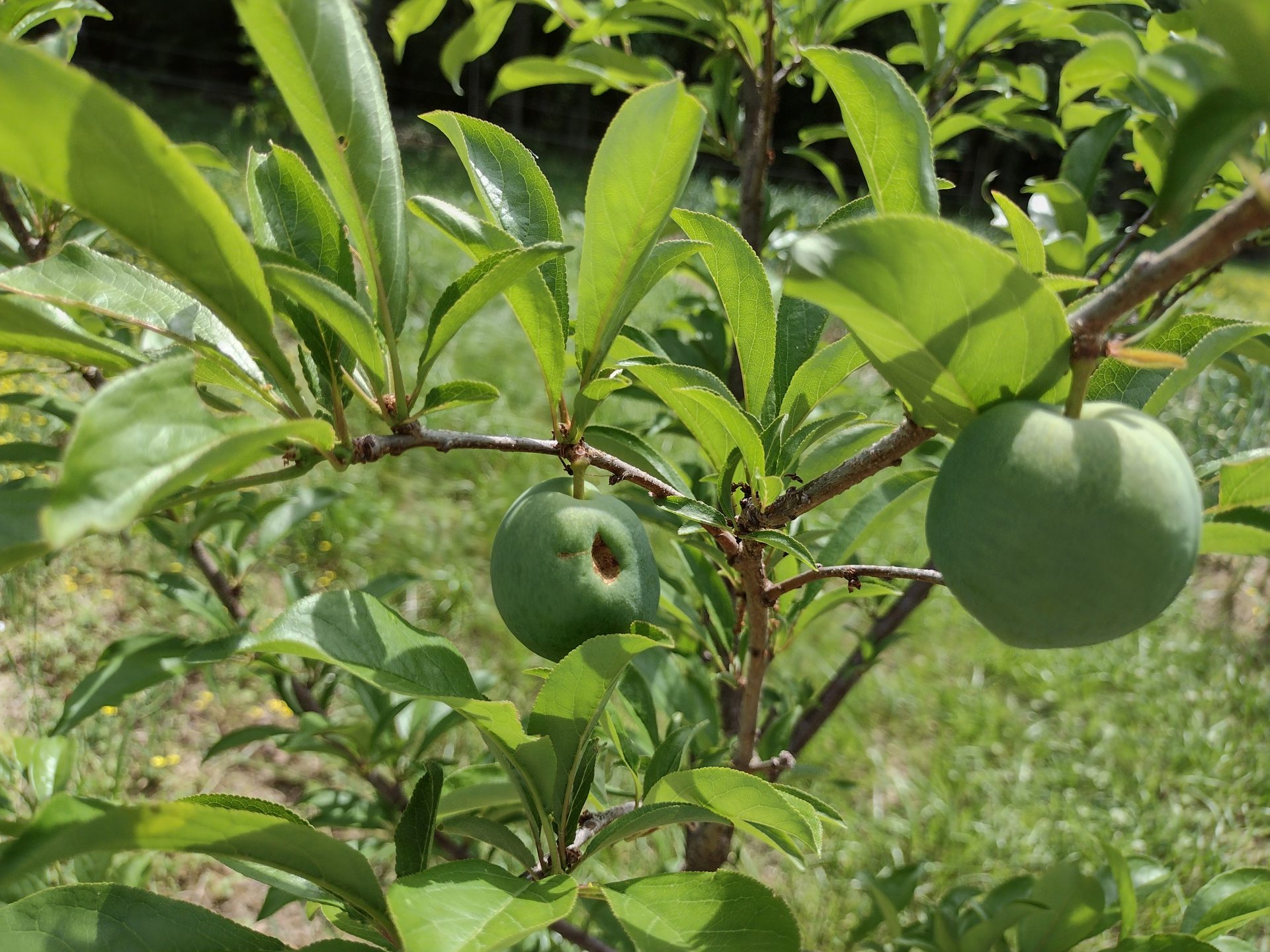
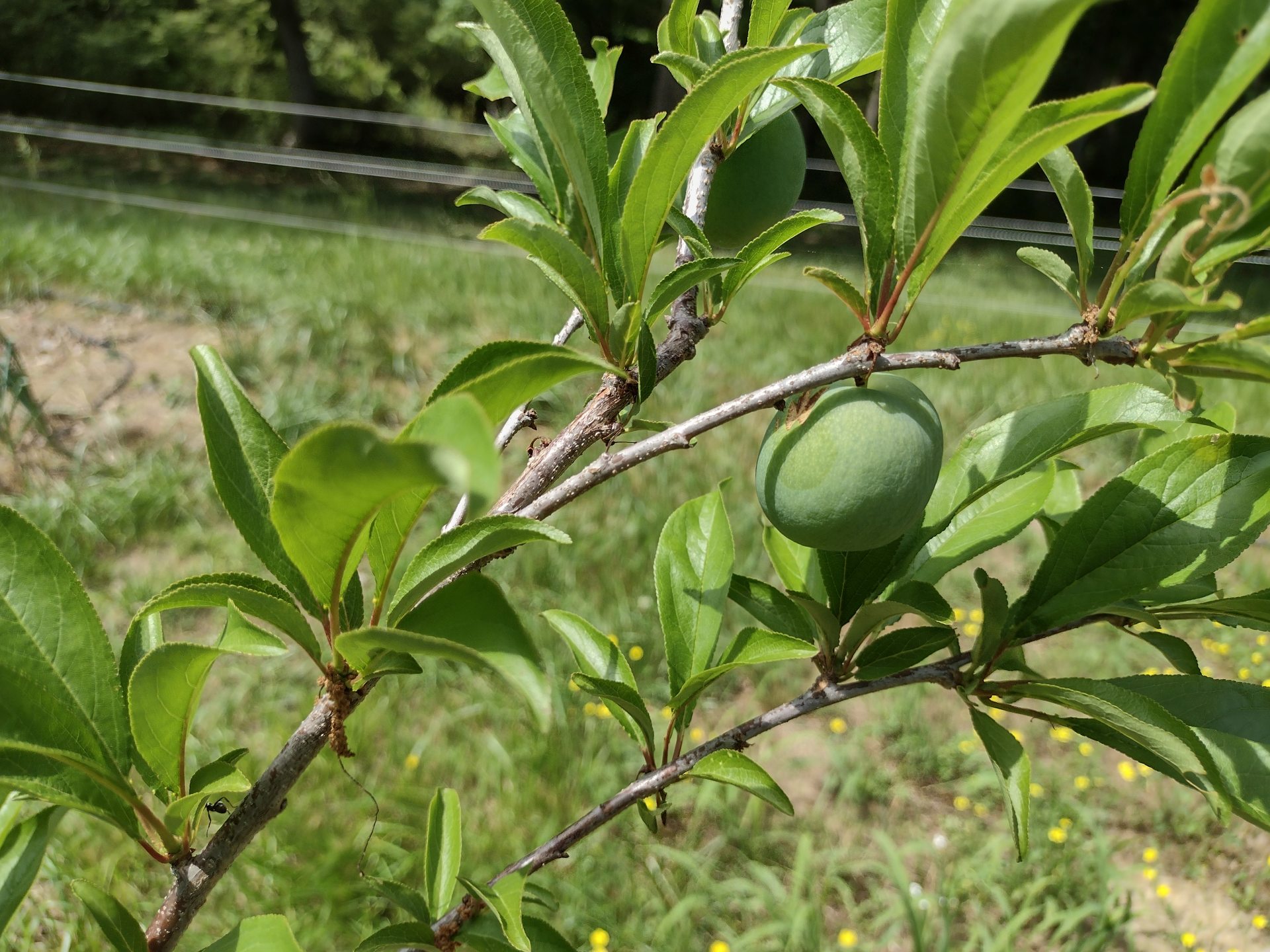
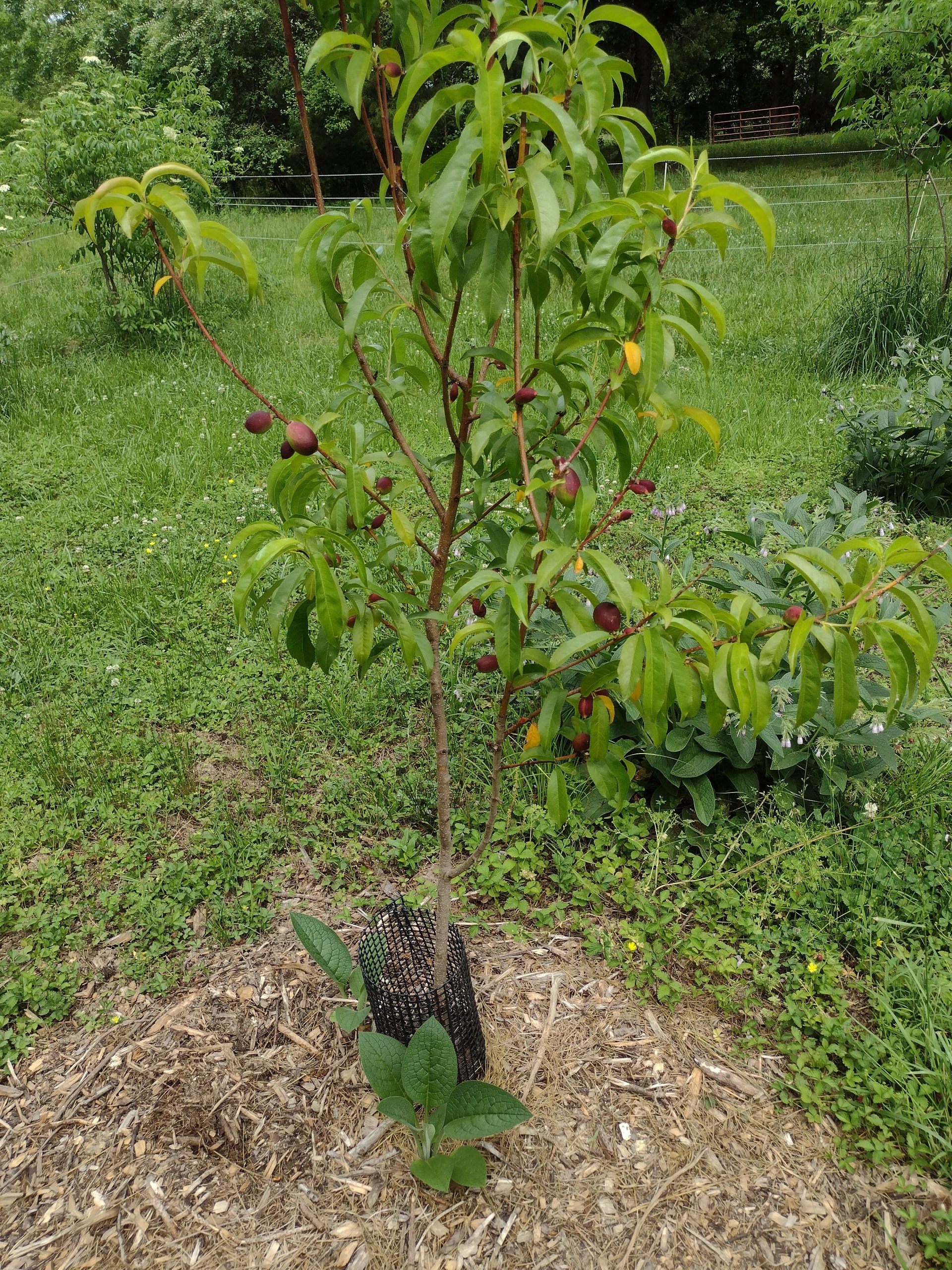

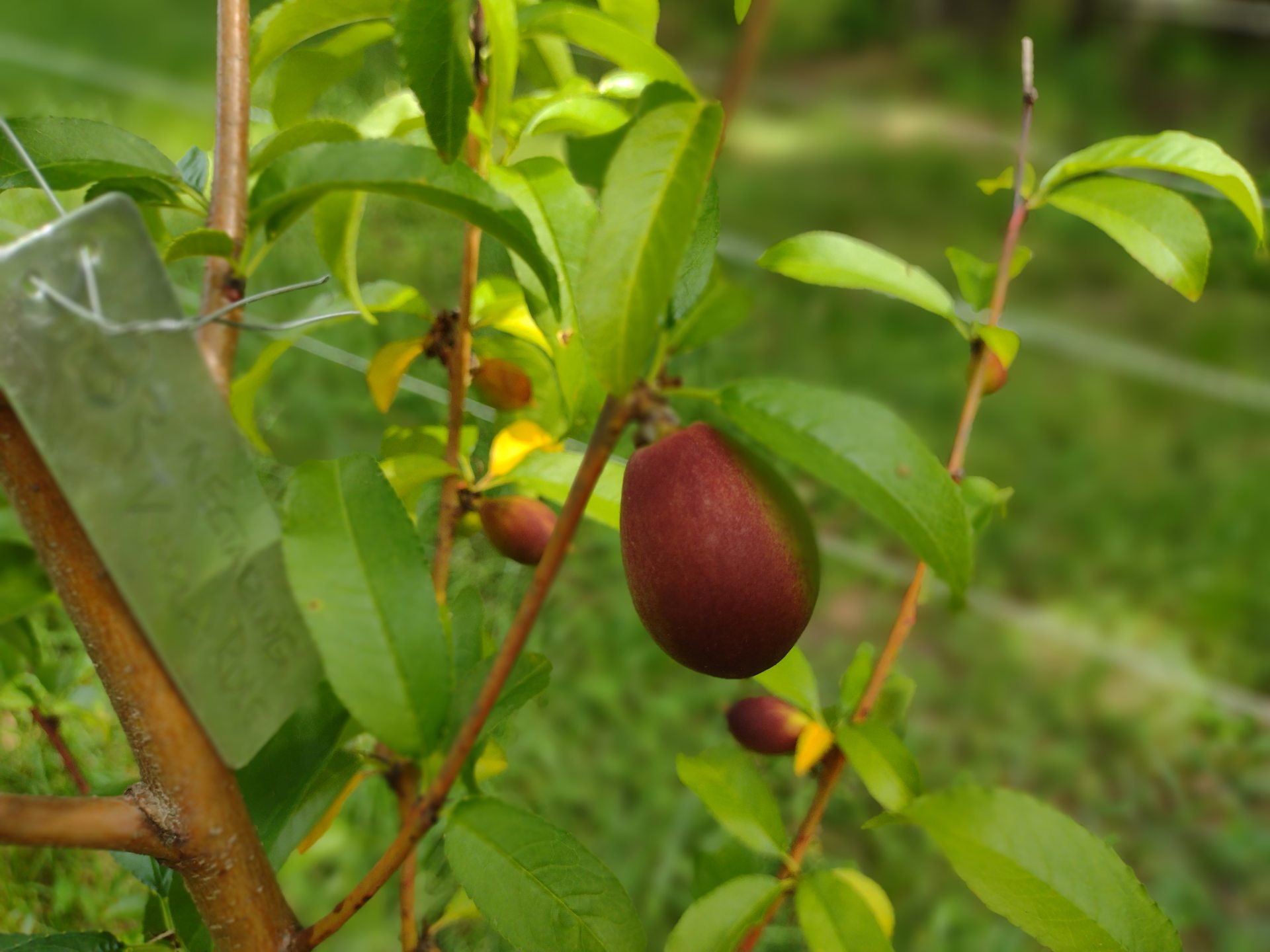
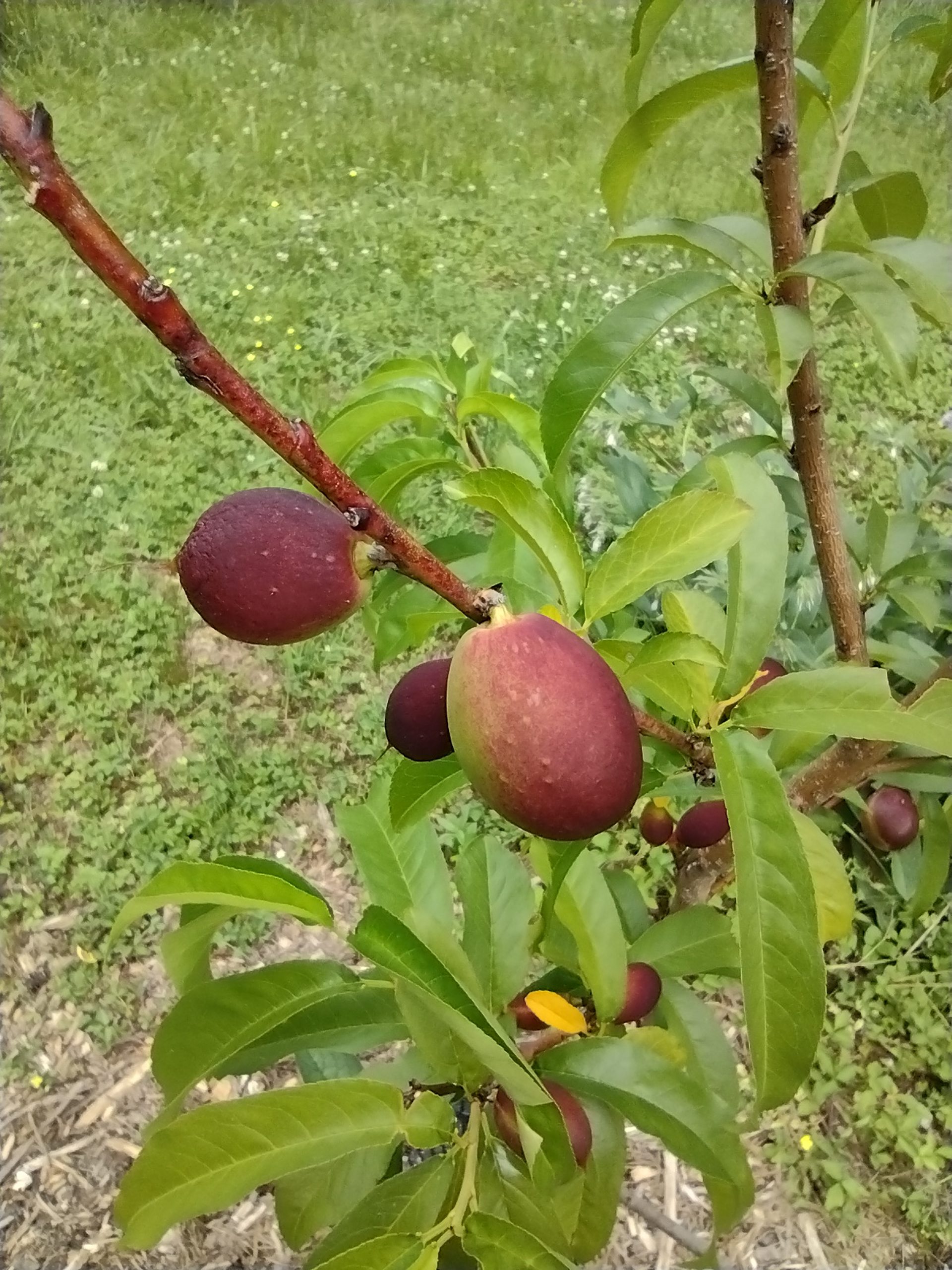
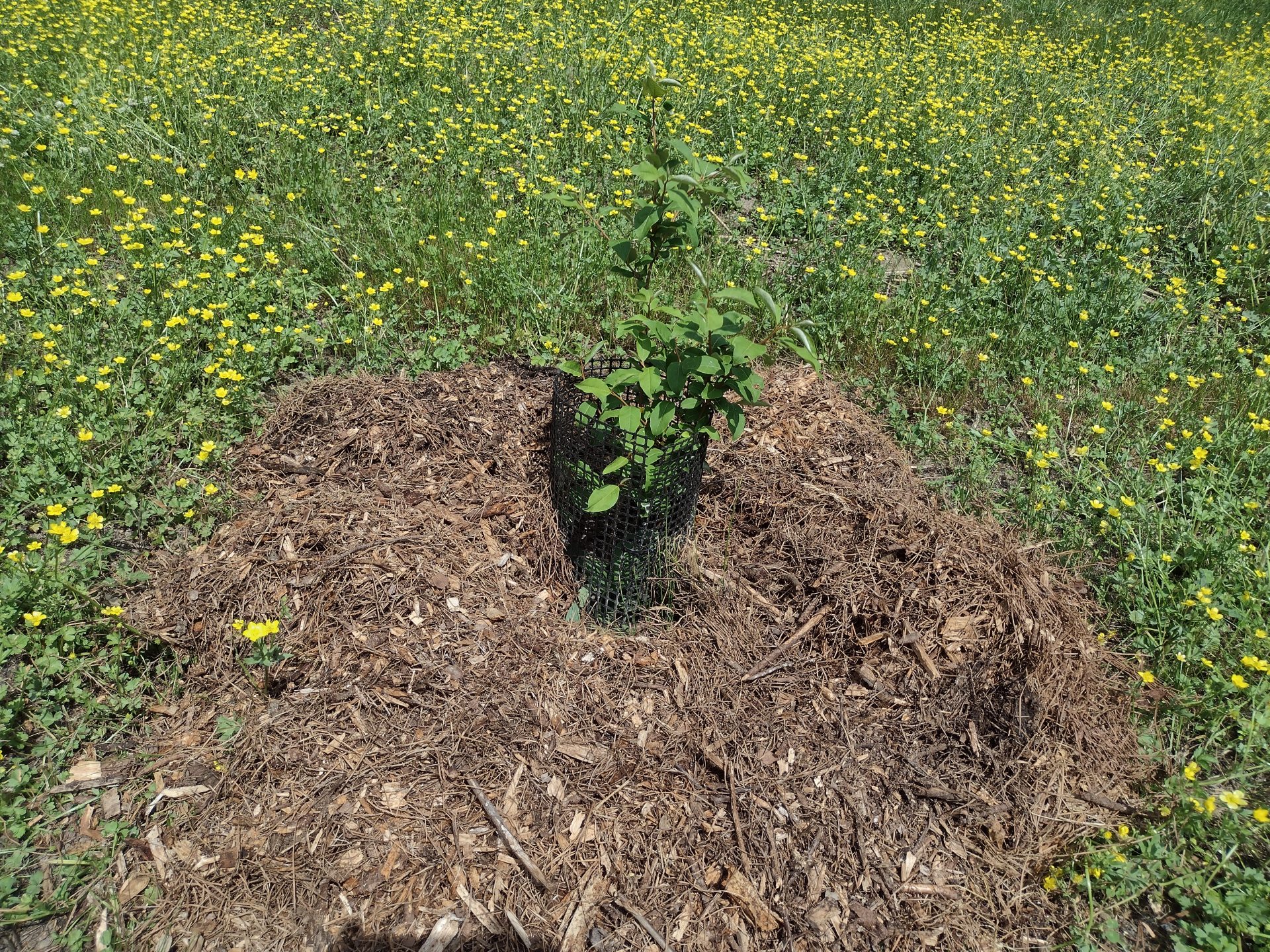
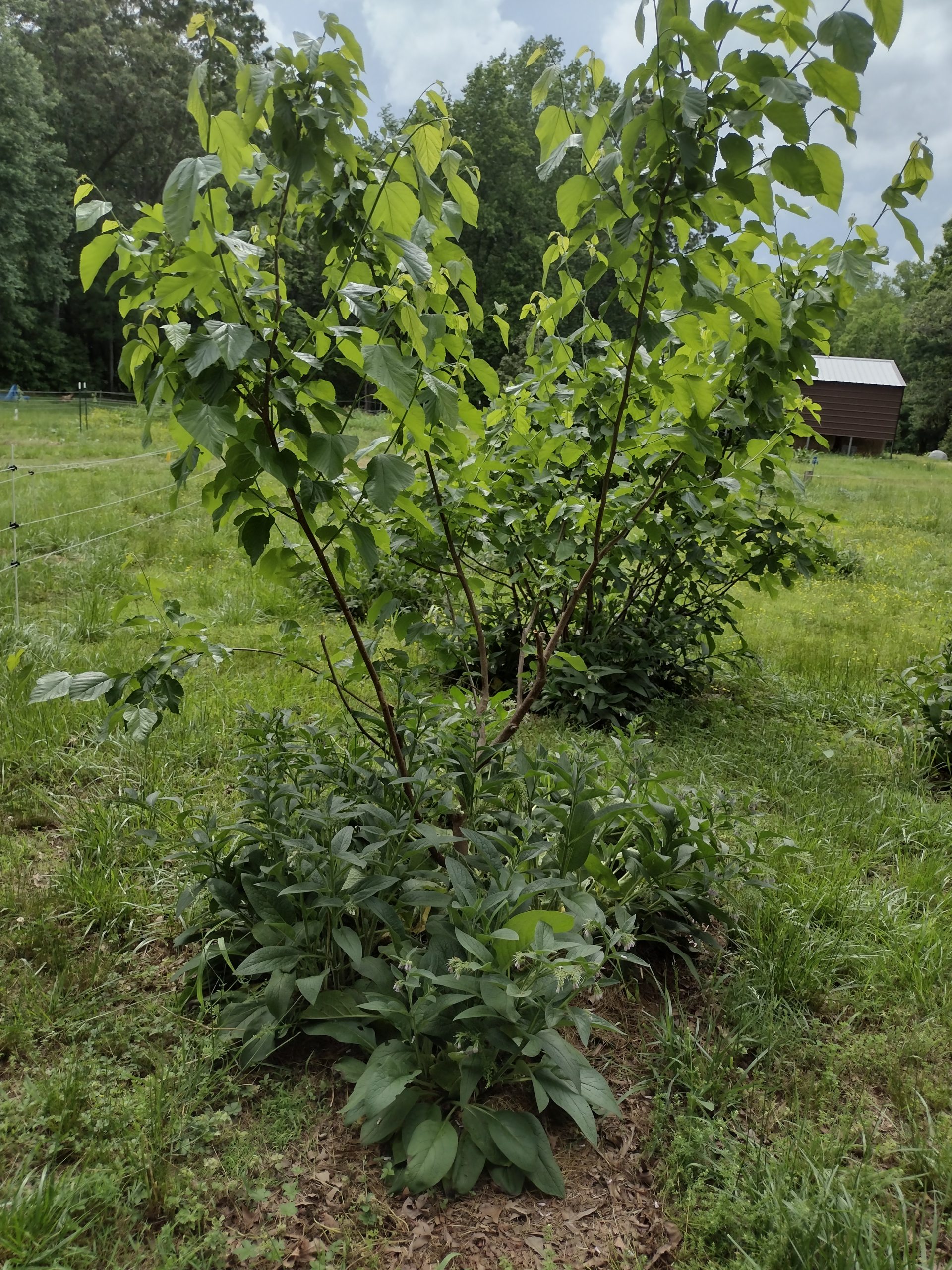
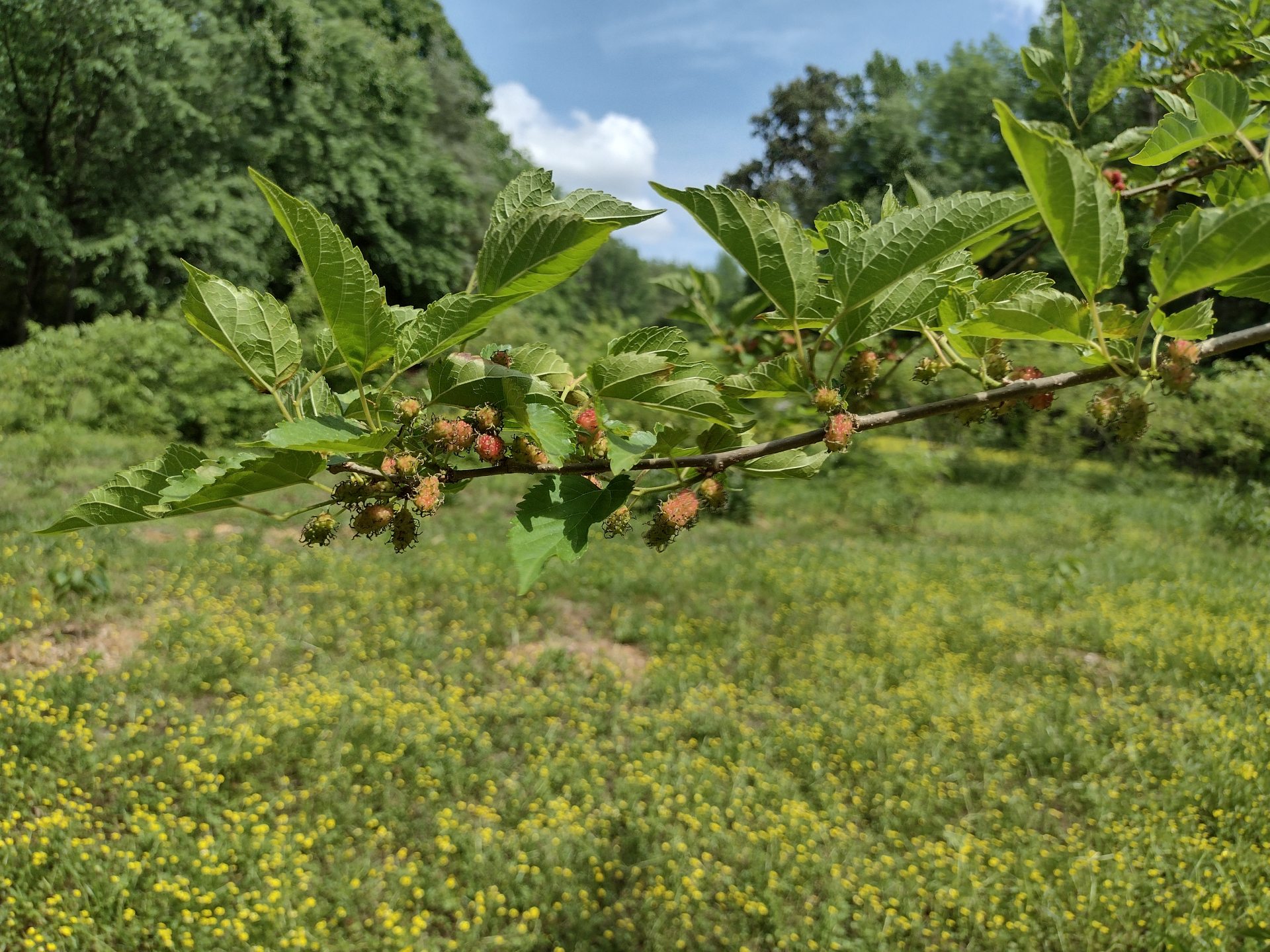
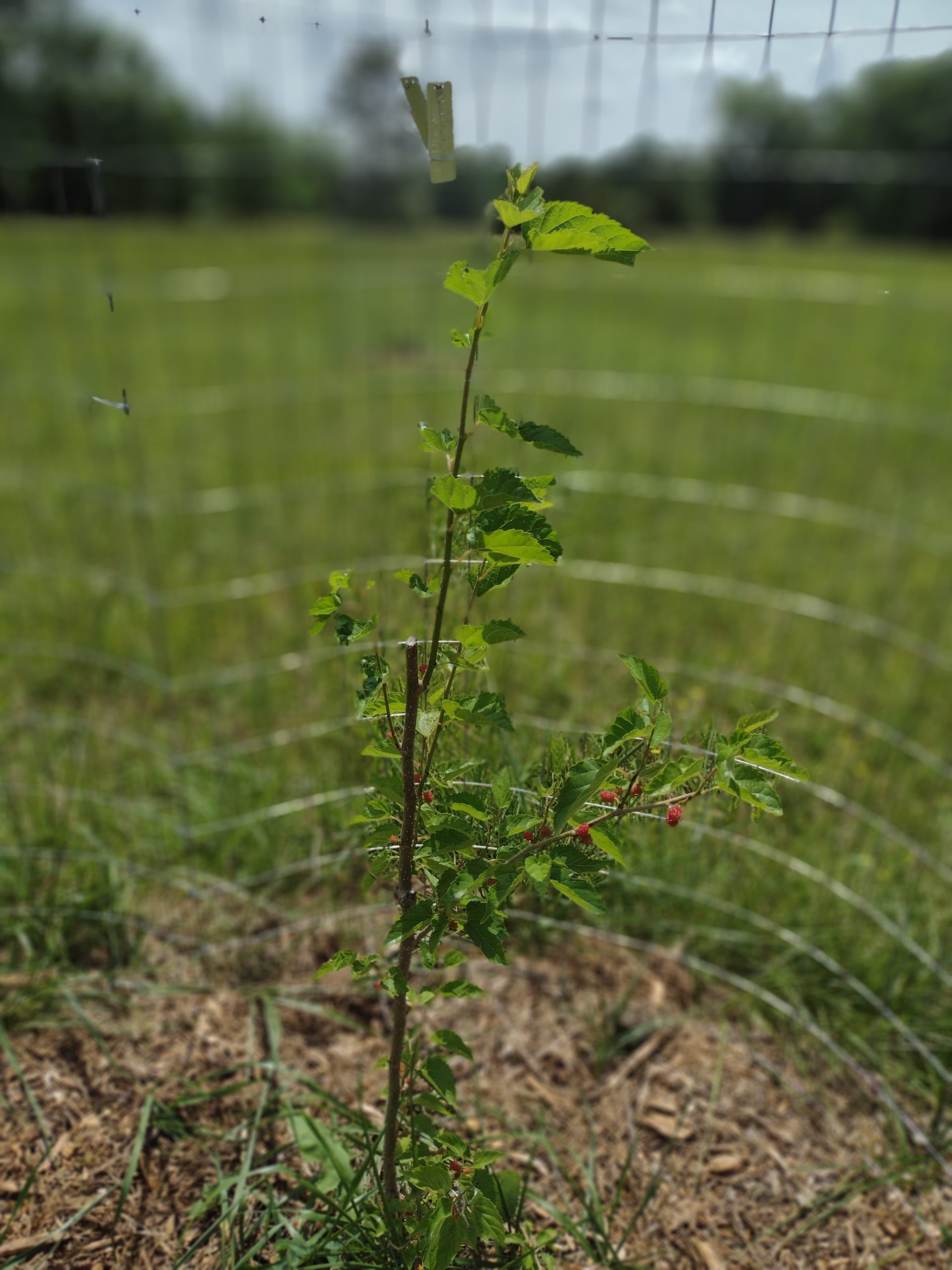
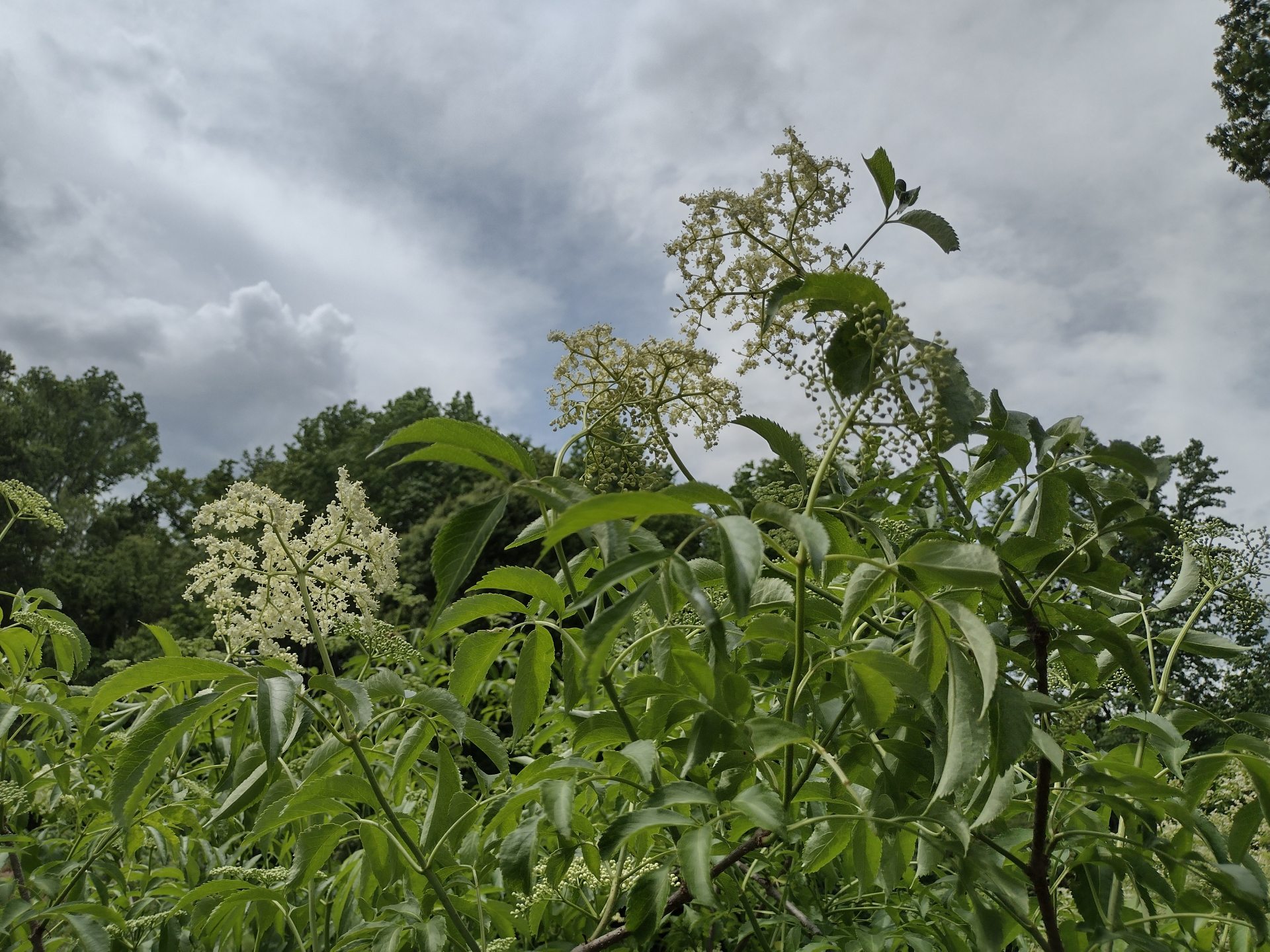
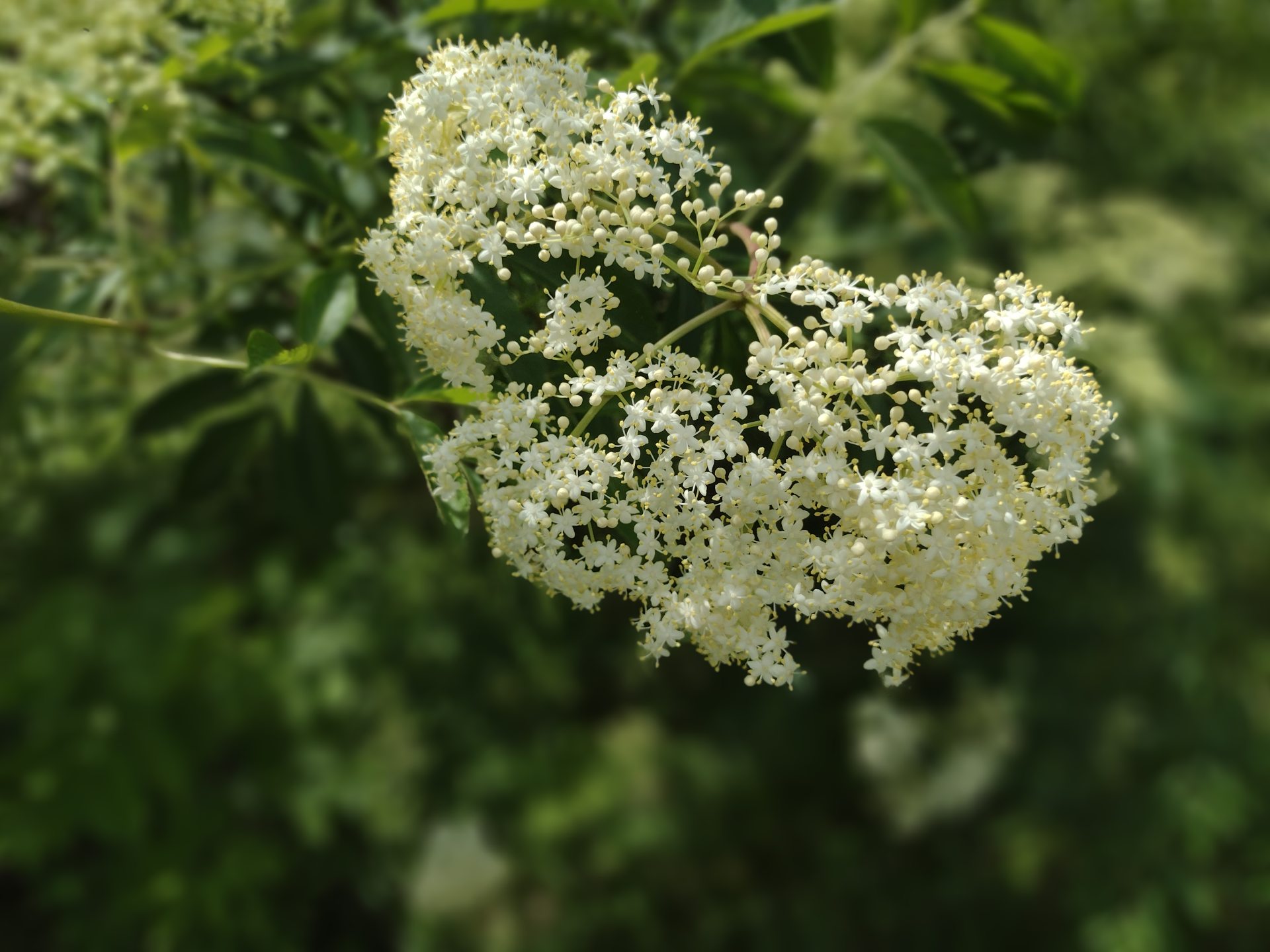
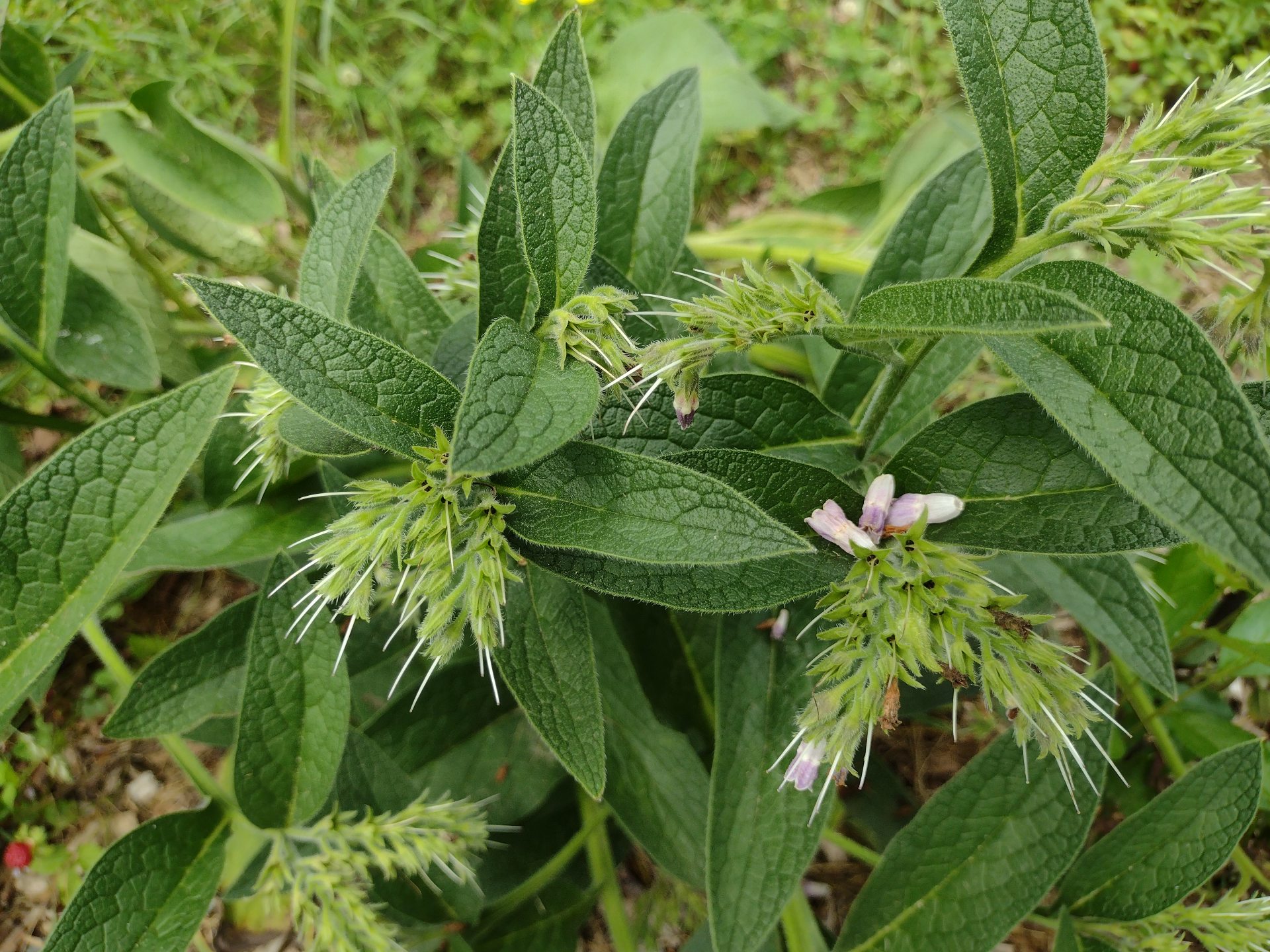

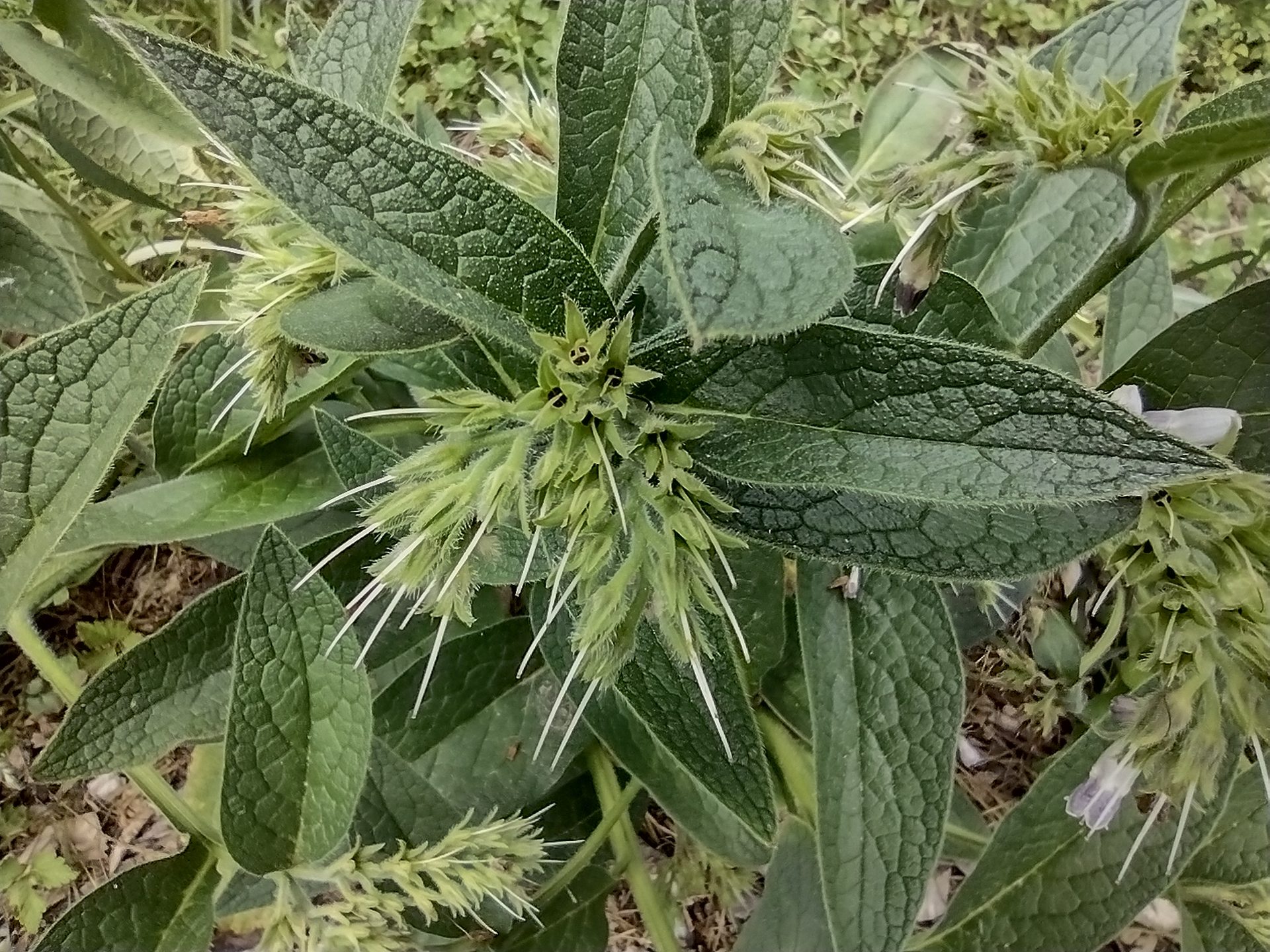
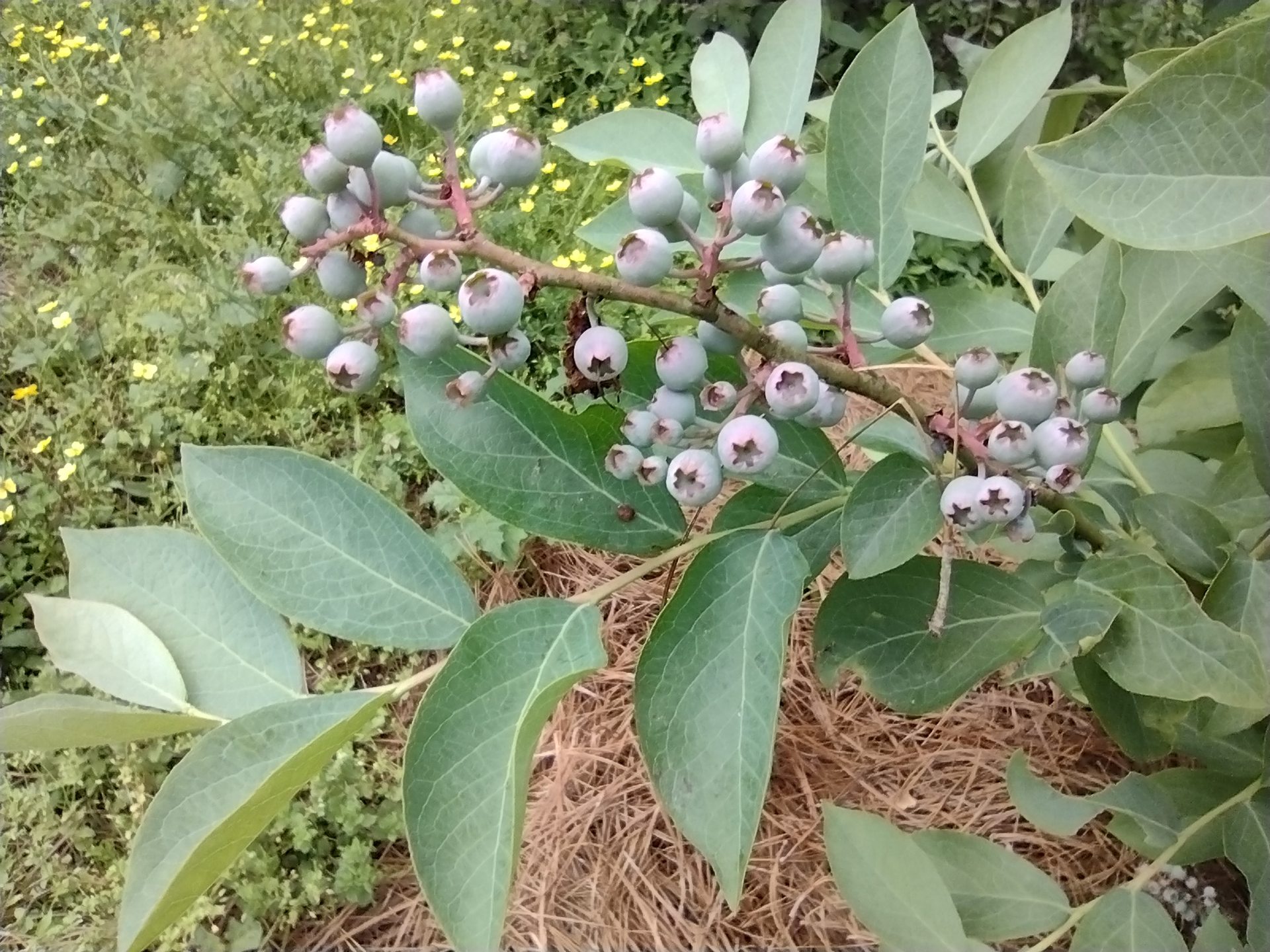
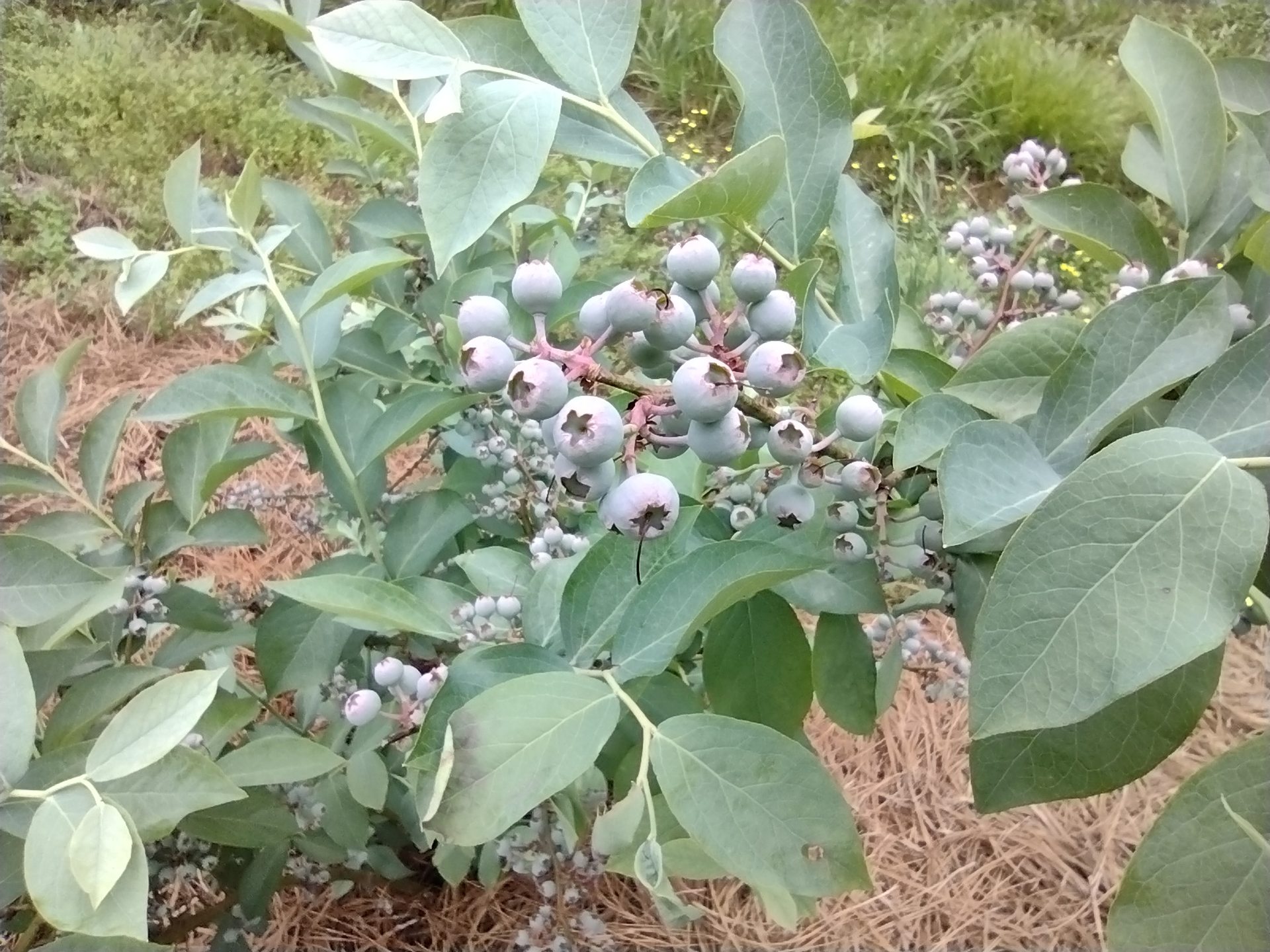
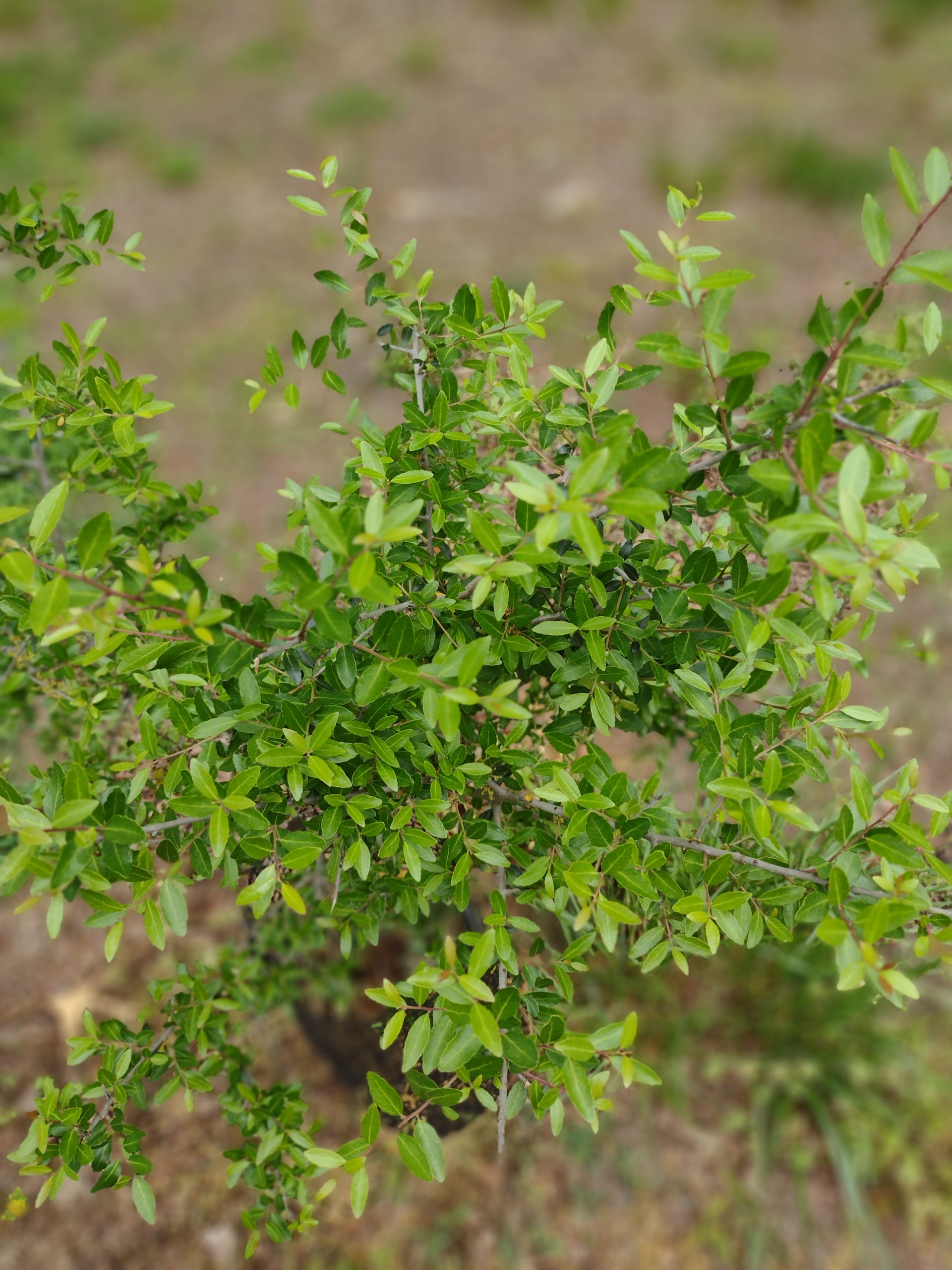
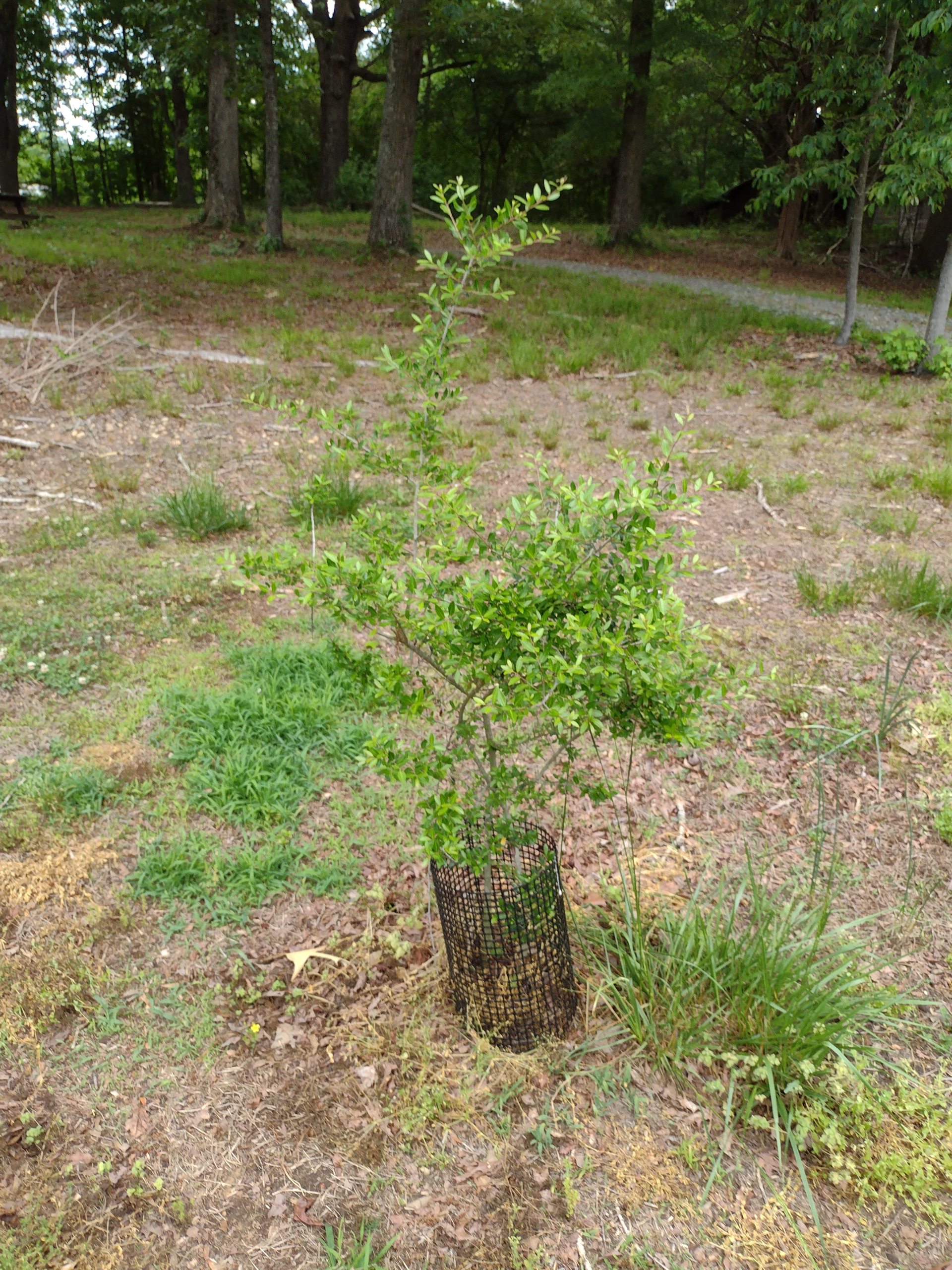
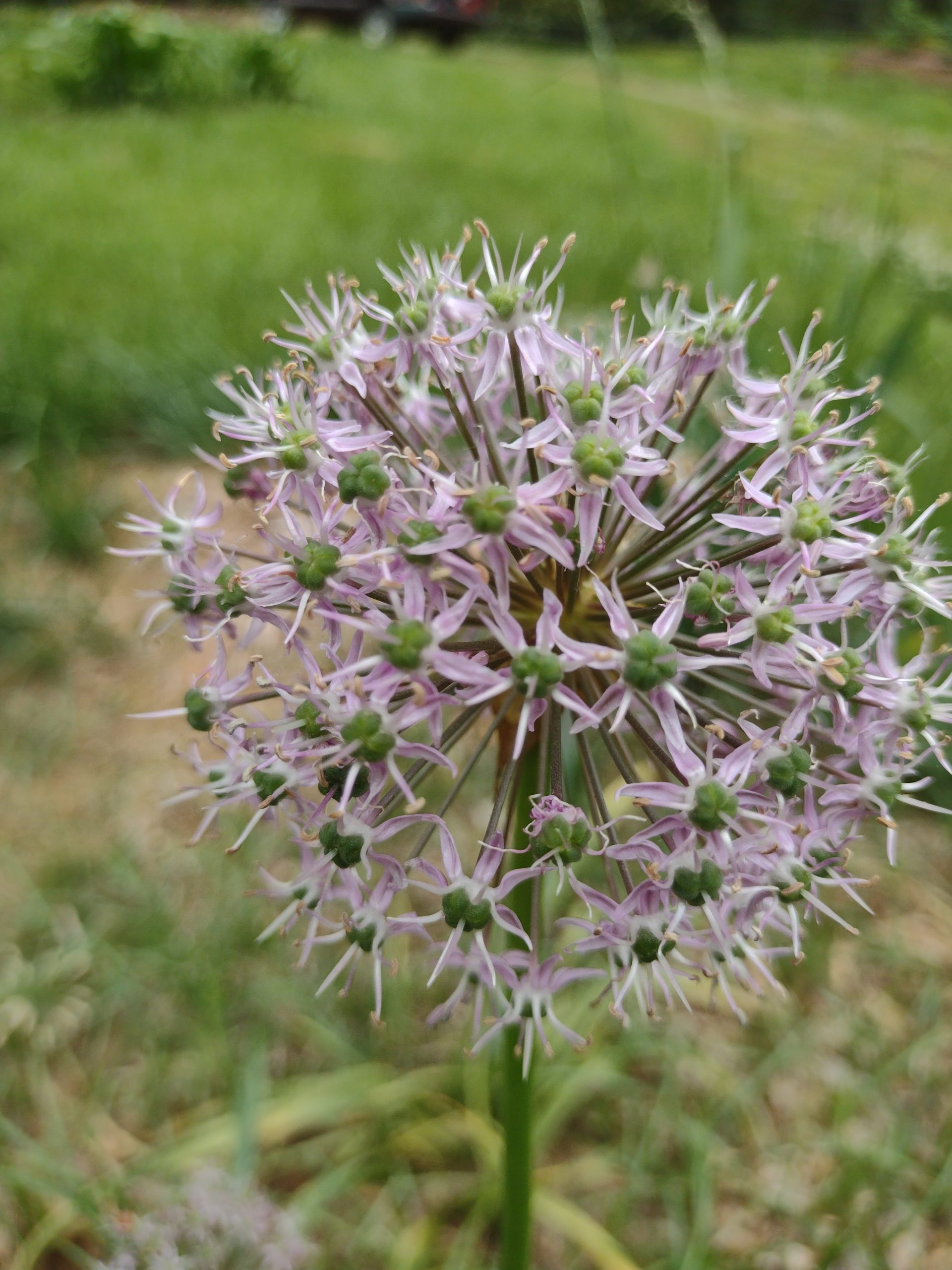

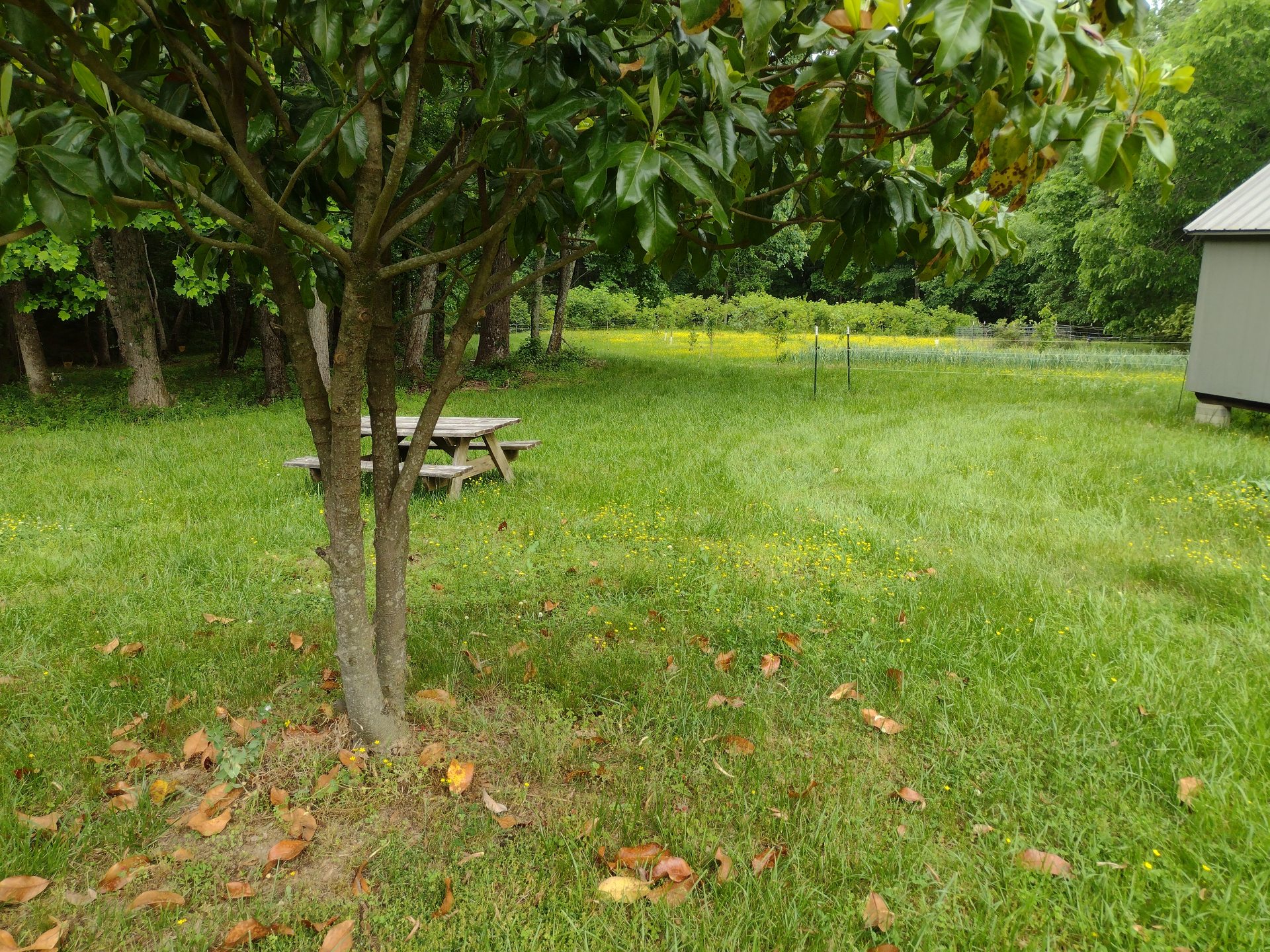

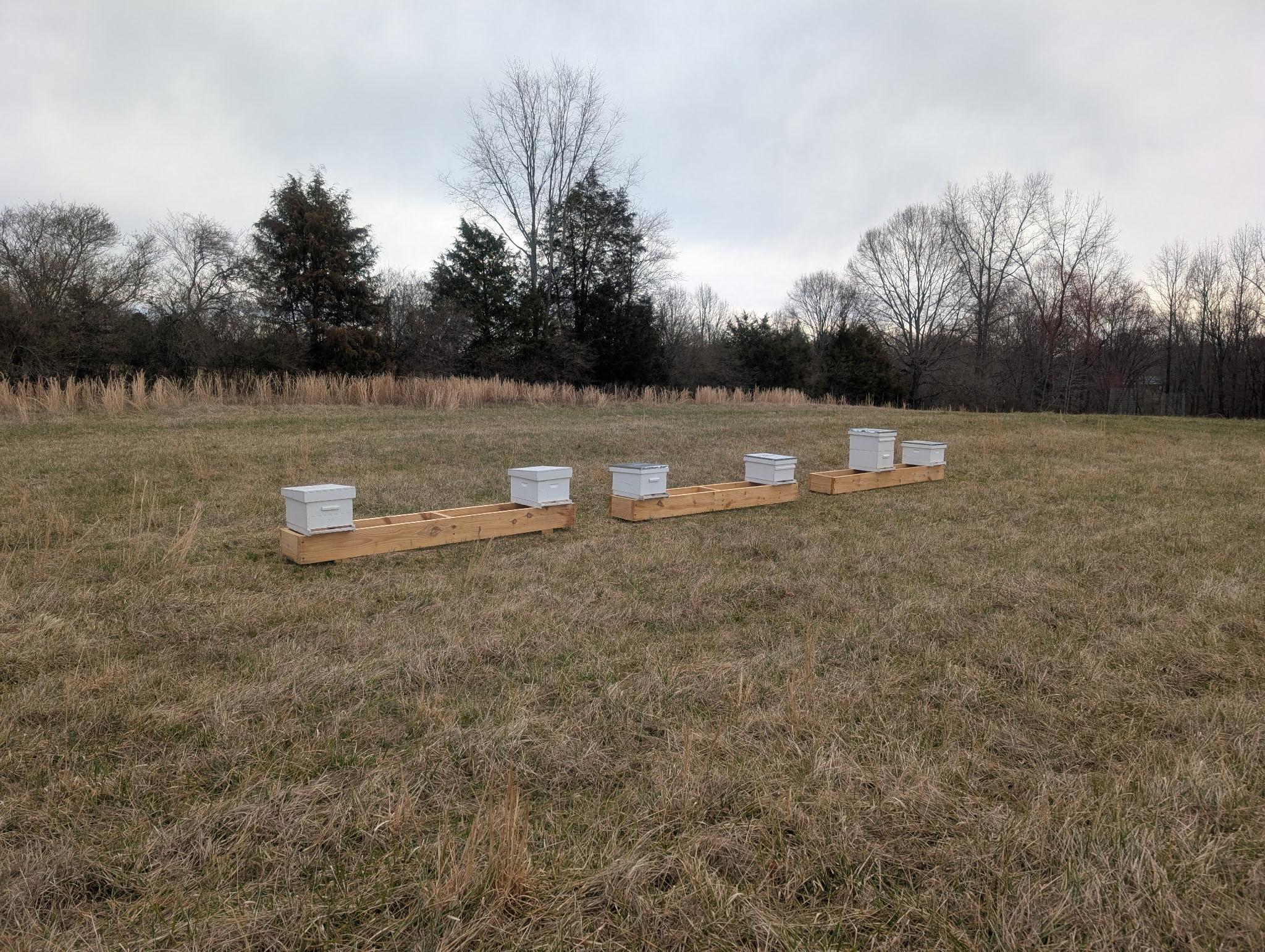
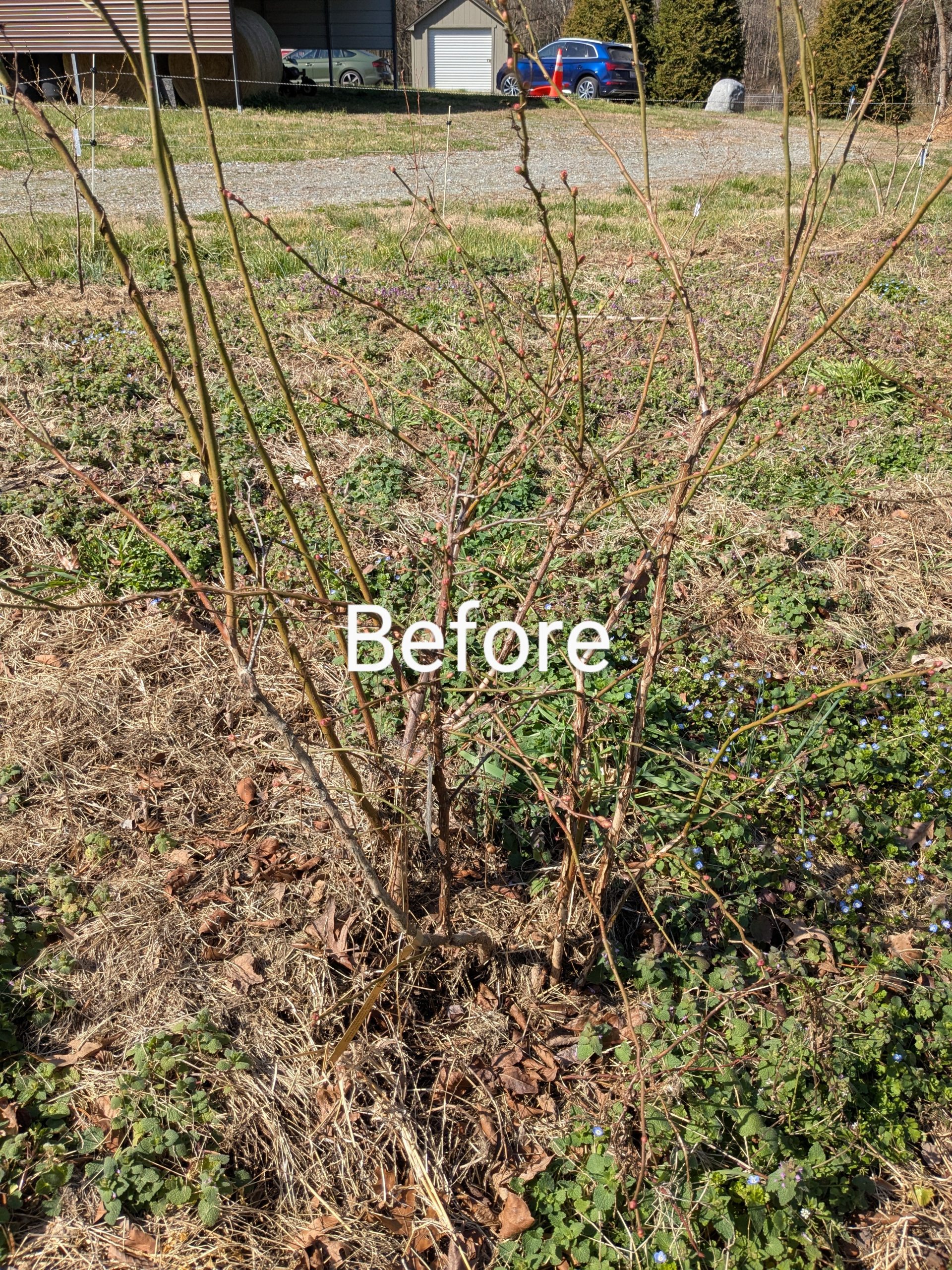
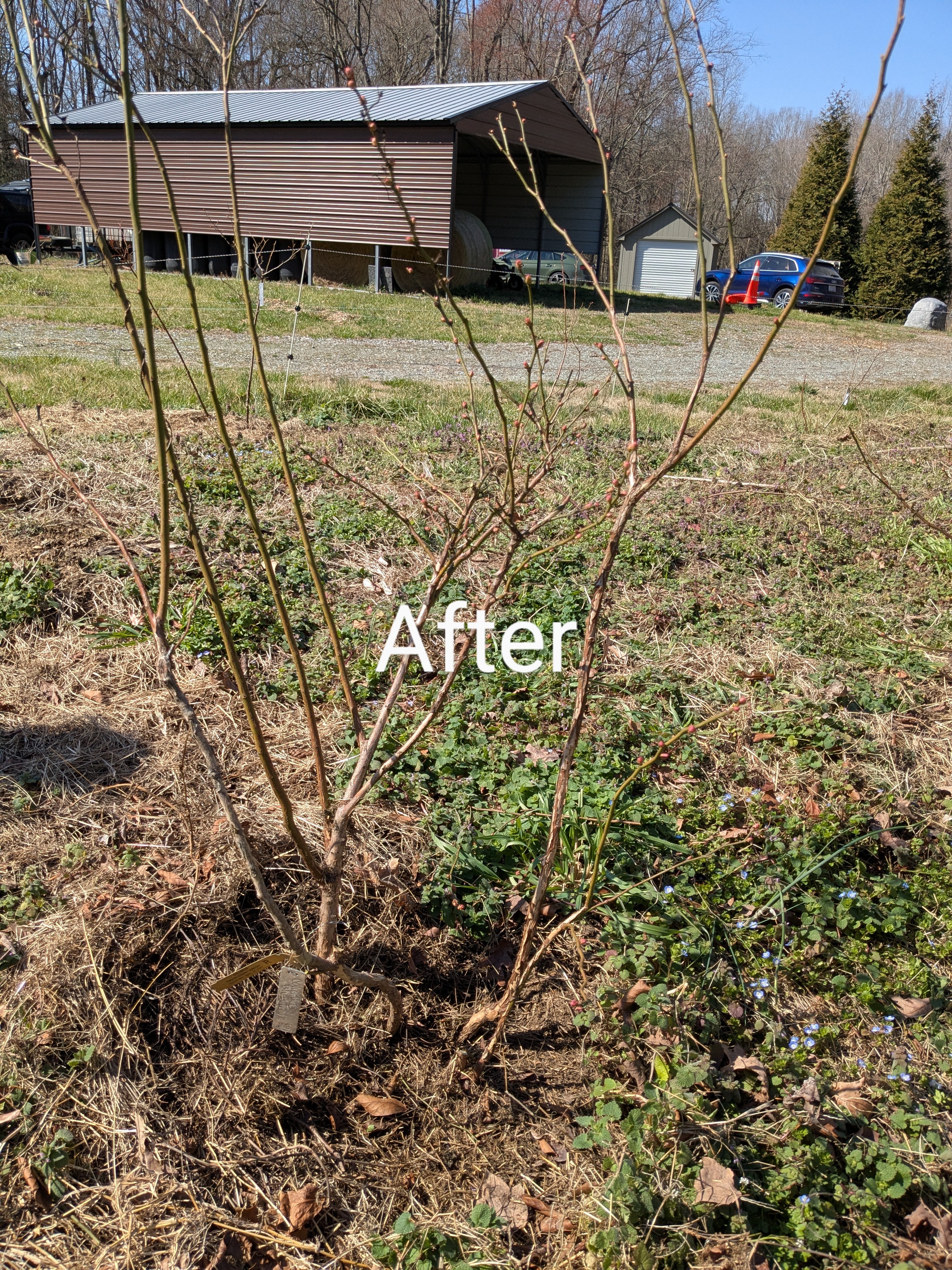
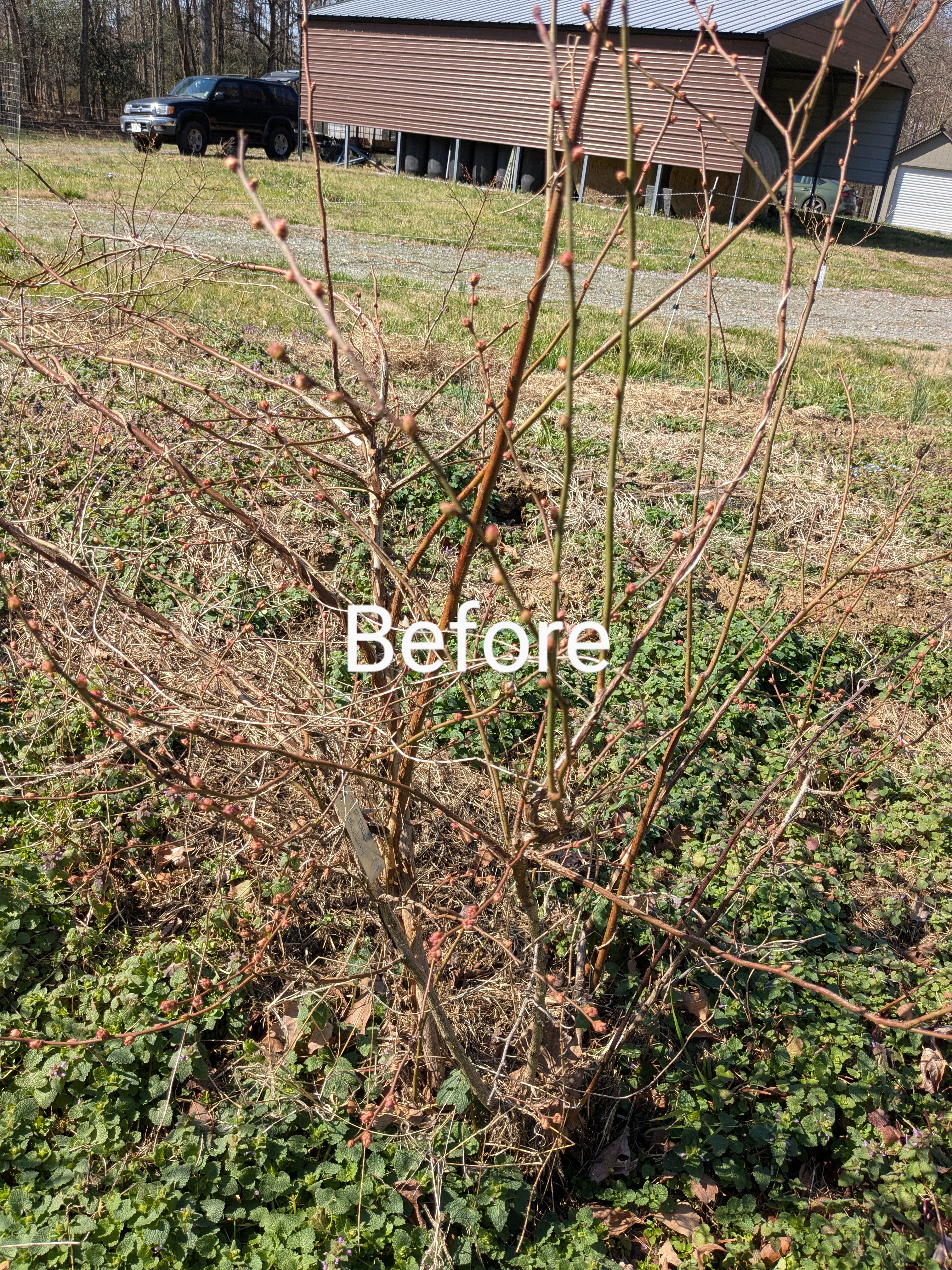
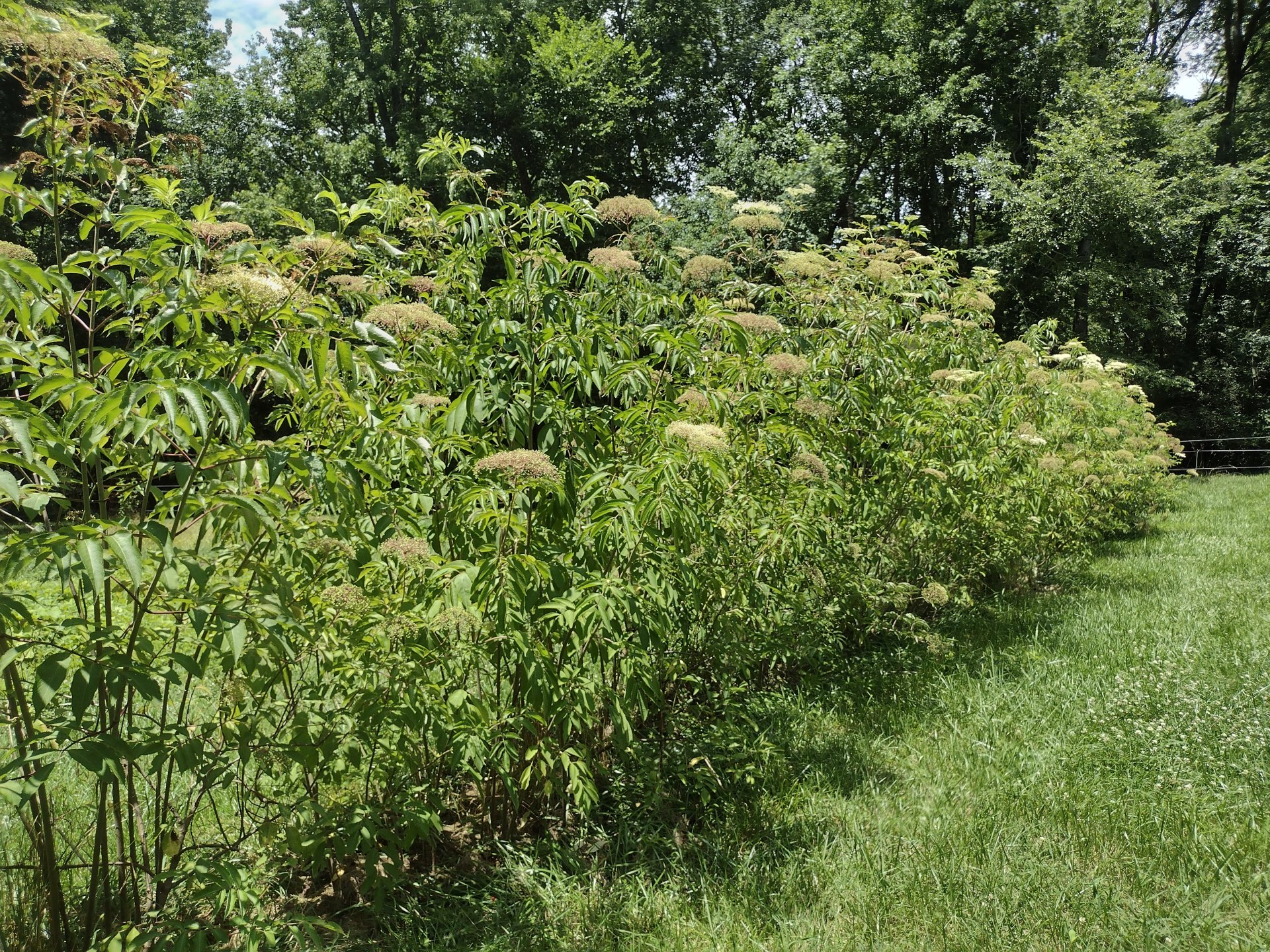







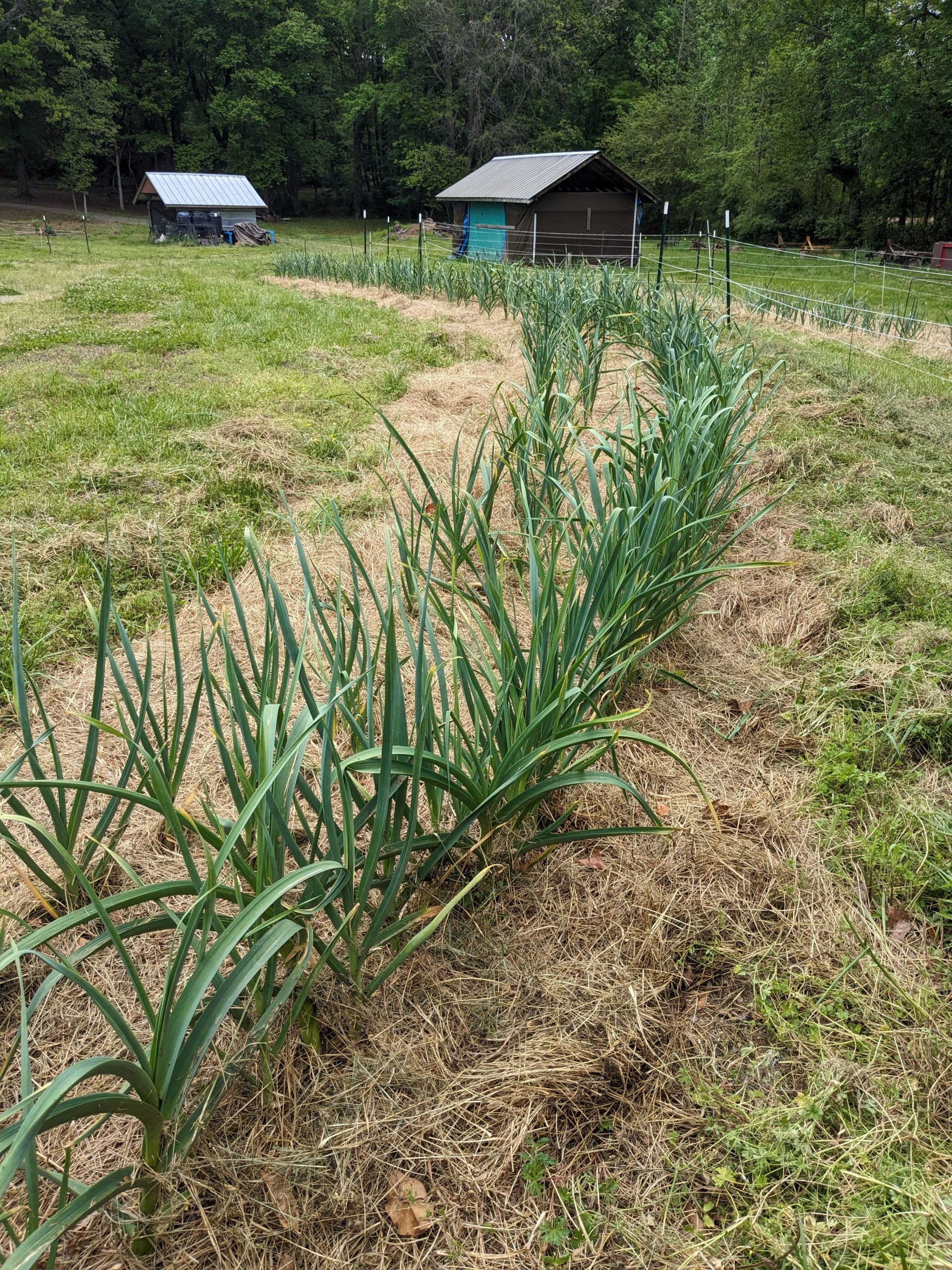
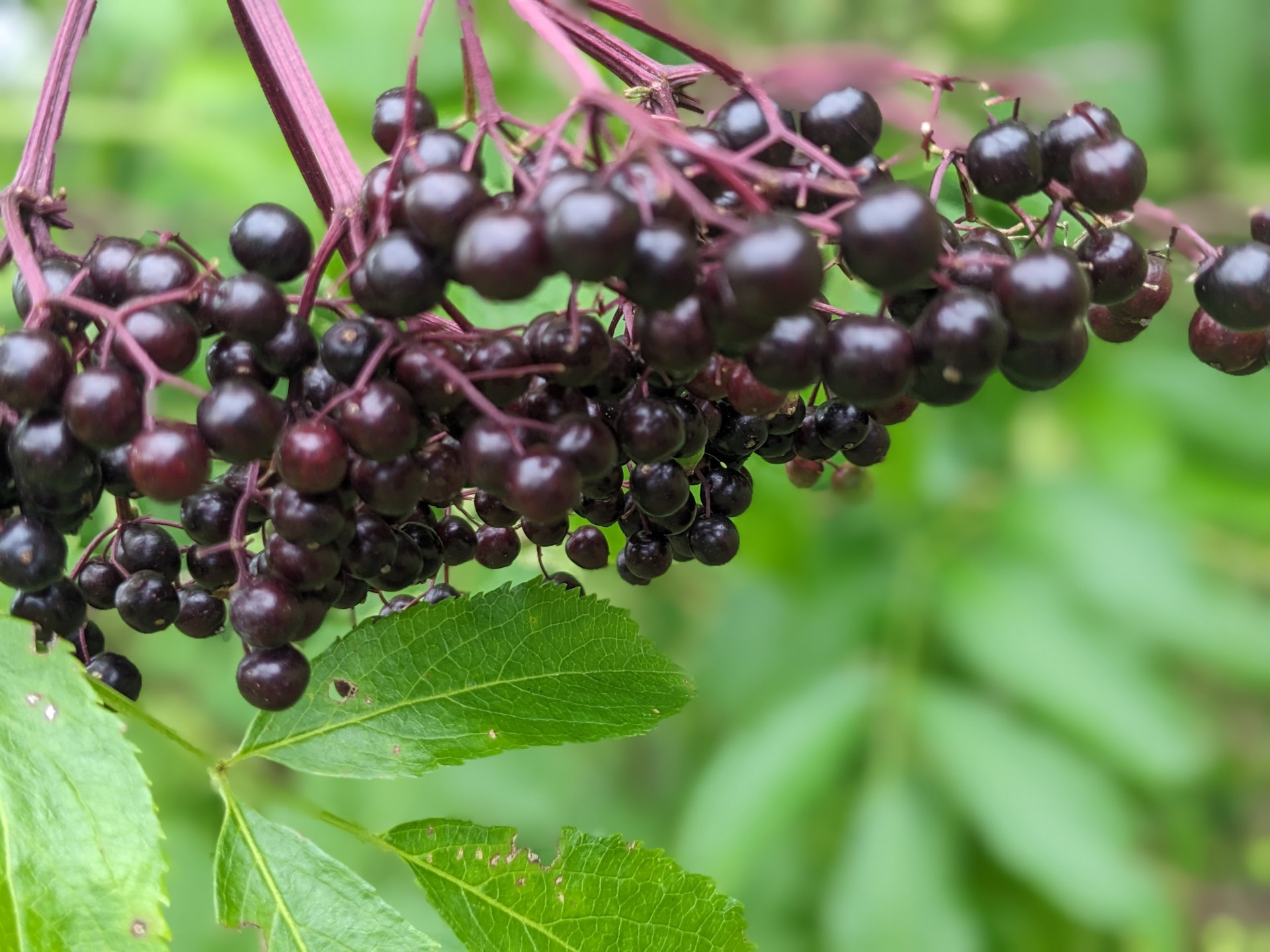

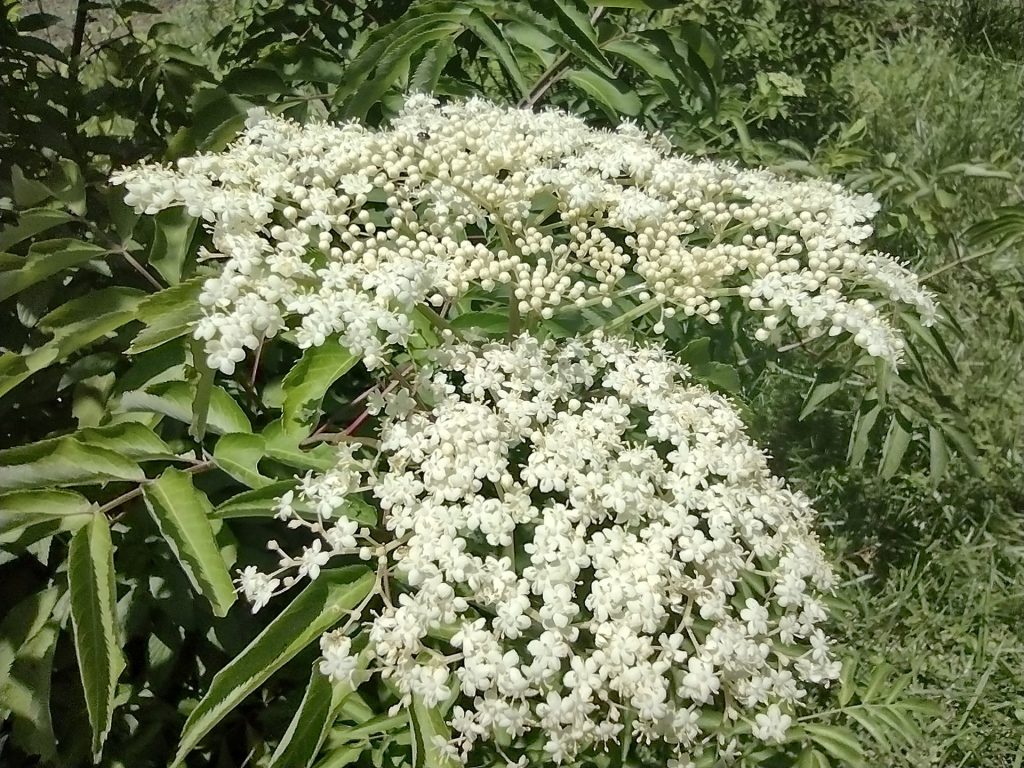
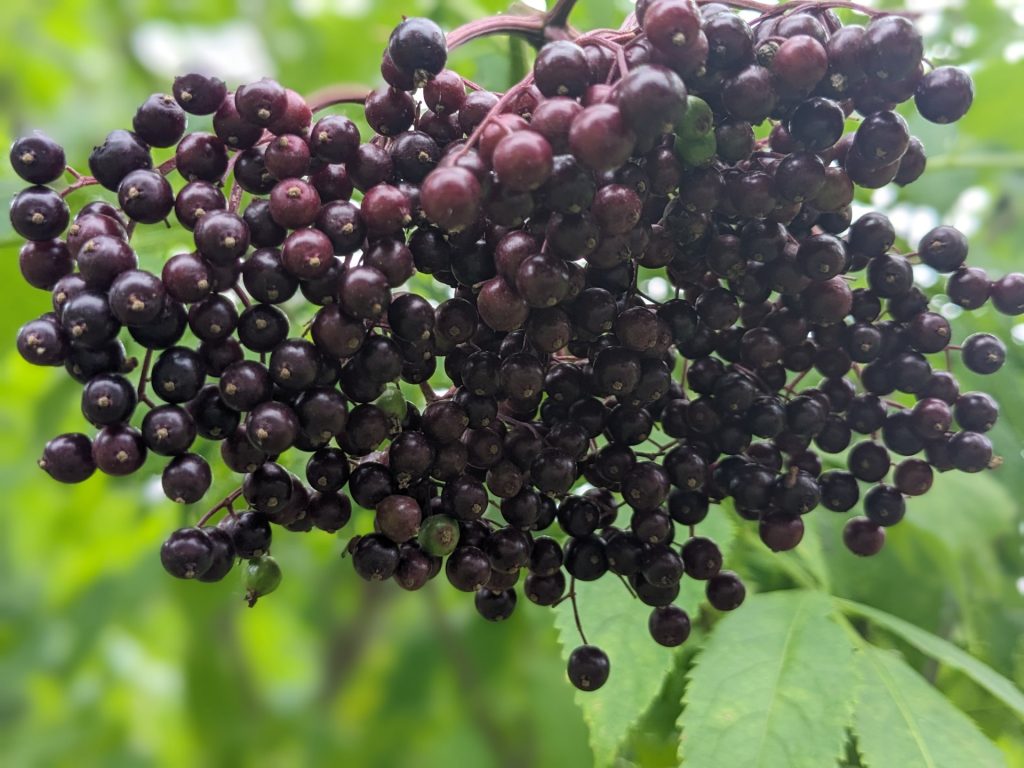

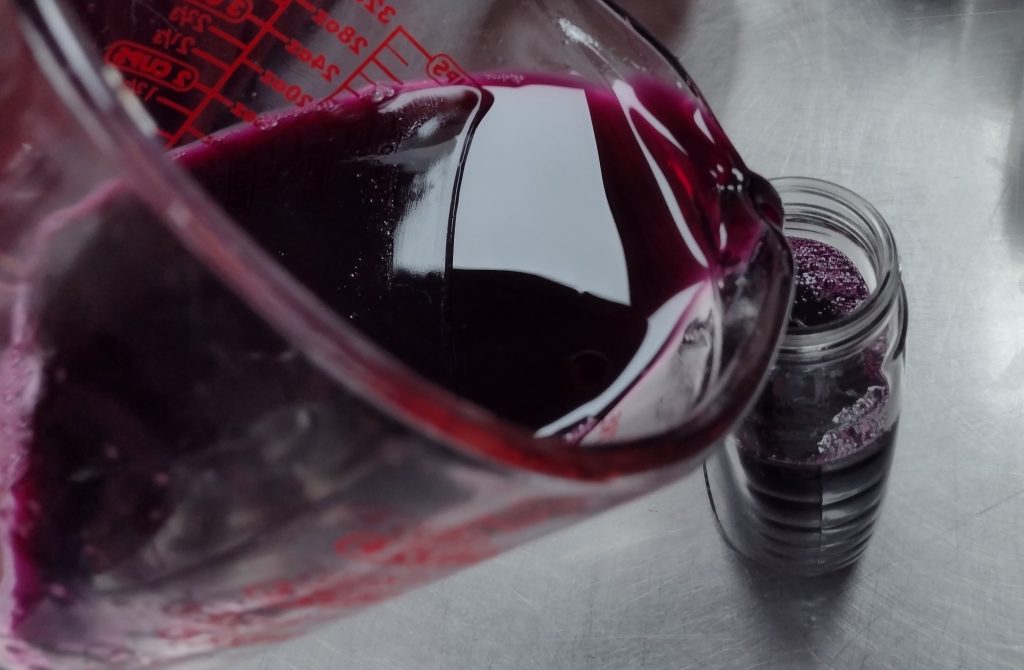

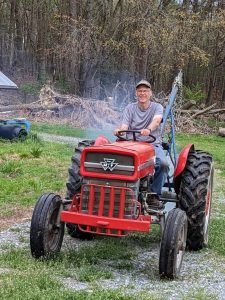 I’m a mechanical engineer turned weekend farmer, so I’m just smart enough to know that there is a lot that I don’t know especially when it comes to farming, permaculture and food forests. I’ve been heavily influenced in my love of farming and permaculture by my Mom and Dad and also by people like
I’m a mechanical engineer turned weekend farmer, so I’m just smart enough to know that there is a lot that I don’t know especially when it comes to farming, permaculture and food forests. I’ve been heavily influenced in my love of farming and permaculture by my Mom and Dad and also by people like 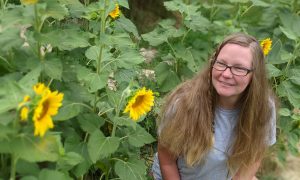 Connie has her certificate in Sustainable Agriculture from CCCC. She really enjoyed the classes at the community college and learned a lot. The program was a mixture of classes and work on the school farm. What she learned has really added to our technical proficiency on the farm.
Connie has her certificate in Sustainable Agriculture from CCCC. She really enjoyed the classes at the community college and learned a lot. The program was a mixture of classes and work on the school farm. What she learned has really added to our technical proficiency on the farm.